by Louise Irvine
I first fell in love with Ardmore in 2008 at the National Antiques & Decorative Arts Fair in Sandton, Johannesburg. I was a regular visitor to South Africa, presenting British Art Pottery to South African collectors with antiques dealer Ed Pascoe. We knew immediately that American collectors would be seduced by the exuberant colors and whimsical designs of Ardmore, just as we were. Ed made plans to ship a selection to Florida and the following year we drove to the Ardmore Studio in KwaZulu Natal to meet Fée Halsted, the founder. In the Zulu language, KwaZulu means “children of heaven” and it seemed as if we had discovered a little bit of heaven on earth when we beheld the dramatic Drakensberg Mountains, the highest point in South Africa.
Fée is a remarkable woman and a wonderful host. By the time we arrived at Ardmore, she had been working with clay and nurturing artistic talent in South Africa for over 25 years. After she graduated in ceramics in 1985, she moved to the Ardmore Farm in the Drakensberg’s Champagne Valley. She began teaching a young Zulu woman, Bonnie Ntshalintshali, to assist her with her clay creations. Bonnie was not suited to strenuous farm labor, having contracted polio as a child, but she soon proved that she had an aptitude for clay sculpture. Many of Bonnie’s subjects reflected her religious convictions and it was said that she used “clay as a gateway to her soul”.
The Original Studio
Fée began exhibiting and selling their collaborative work and, after a few years, she was asked to help other young women in their community discover their creativity and earn a living with pottery. In 1990, Fée and Bonnie won the Standard Bank Award, the first time a ceramicist and a black artist had received this prestigious accolade. Encouraged by this success and a growing number of aspiring artists, Fée converted the old stone stable block into a studio and named it Ardmore after the farm. Ardmore means “great height” in Gaelic and got its name from Scots who settled the area in the 19th century. On route through the mountains on our first visit, Fée explained that she had two Ardmore studios. Farming had proved to be hard in the foothills and in 1996 Fée moved with her husband and young children to a dairy farm at Springvale, where she ran a gallery and second studio. For ten years, Fée traveled between the two locations and mounted 30 major exhibitions in 5 countries.
The weather was beautiful on the day we visited and many of the artists were working out on the grass in the sunshine. We watched them paint stripes on zebra teapots and spots on leopard jugs using ice-cube trays as palettes. Inside, the tables were full of Ardmore ceramics pulsating with vitality, color, and originality. I was particularly struck by the work of Zeblon Msele, who was one of the few Ardmore artists to coil, sculpt and paint his own work, usually with abstract patterns. It was an idyllic scene, but the remoteness was challenging. Many of the artists had to walk 10 miles a day to and from work, some balancing pots on their heads for painting at home. As it turned out, we were among the last international visitors. At the end of the year, Fée reluctantly closed the Berg studio and focused all her attention on developing her new Ardmore studio in Caversham where she moved in 2005. Nestled in the heart of the Midlands Meander, a tourist trail through the “Land of Legends”, Fée was better placed to present Ardmore Ceramic Art to a wider audience.
The Ardmore Museum
One of the highlights at Caversham is the Bonnie Ntshalintshali Museum, the first in South Africa to honor a black artist. Bonnie’s death of AIDS in 1999 was a huge blow to Fée and her fellow artists. The AIDS pandemic ravaged the Ardmore community as they struggled to battle the taboo disease. Some of the Ardmore sculptors and painters created artworks to teach the team about preventing the spread of the virus, often using monkeys as metaphors for human behavior. Wonderboy Nxumalo combined humor and irony in his poignant messages of hope, love, and sorrow, which he inscribed in his work. This kind and generous man lost his personal battle with the disease at the age of 30 in 2008. He is memorialized in the Ardmore museum along with the Wonderboy Wisdom fabric design, which helps raise money for AIDS orphans through the Ardmore Excellence Fund.
Wonderboy was in the news when we visited the Ardmore Studio as one of his vases had made an auction record. There was a standing ovation at Stephan Weltz & Co in Johannesburg when the auctioneer’s hammer fell at R200, 000, approximately $26,500, and many tears were shed in Wonderboy’s memory. Ardmore was not new to the auction world. In 2003, Fée was invited to hold an exhibition at Christie’s in London, thanks to the studio’s influential supporters, such as Zanele Mbeki, South Africa’s first lady, and Dr. Lindiwe Mabuza, who became South Africa’s High Commissioner in London. Christie’s held specialist auctions in 2004 and 2007 and Ardmore was acclaimed as a fusion of Western and African cultures and “modern collectibles”.
The New Ardmore Studio
The painting studio at Caversham is a light and airy space which is open to the sunshine on fine days. I was struck by the diverse images, rhythms, and energy of the artists’ work. Jabu Nene, who joined the studio in 1991 at the age of 15, is renowned for her intricate decorative designs and a Cole & Son wallpaper is named after her. I was drawn to the smiling face of Mickey Chonco, who has painted many large vases in the WMODA collection. I remember my first meeting with Punch Shabalala, the senior artist in the studio, who was referencing a book of Paisley patterns from Scotland. I heard how Punch had contracted HIV AIDS in 2006 and was brought home on a stretcher at death’s door. Thankfully, she was nursed back to health by Fée and her fellow artists. Punch’s miraculous story is told on the 30th anniversary commemorative ewer, sculpted by Sfiso Mvelase, now at WMODA.
The sculpture studio at Ardmore is a separate building and it is predominantly men who work with the raw clay. Lovemore Sithole throws most of the vessels on the potter’s wheel and the animal handles, finials, and other embellishments are added by the sculptors. No molds are used at Ardmore, so each piece is one of a kind. Nhlanhla Nsundwane was the first sculptor to join Ardmore in 1992 and for 25 years he specialized in human figures and scenes of Zulu life. He was anchored in traditional values and was deeply connected to his ancestors. Like many young boys in rural areas, Nhlanhla used to play with toy oxen that he fashioned from river clay.
Nhanhla introduced his nephew Petros Gumbi to Ardmore in 1998 and he has become one of Ardmore’s leading figurative sculptors. His larger pieces are hand-coiled, and he has produced some spectacular museum pieces. Somandla Nstalintshali, a relative of Bonnie, was born at the Ardmore farm and worked originally as a gardener. Fee spotted his talent as he played with the clay at lunchtime and offered to teach him sculpture. His animals have a natural lyrical grace and he has received international accolades for his work. One of the most daring artists, who caught our attention during our first visit, was Victor Shabalala. He pushes clay to the limits of its plasticity and creates extraordinary, dynamic forms.
The Spirit of Ubuntu
It was fascinating to see the assortment of clay sculptures drying in the sunshine before being fired in the kiln. Opening the kiln is always an exciting time. The painters crowd around Fée while the fired clay pieces are allocated for decoration. After the painters have worked their magic, the pieces are dipped in glaze and fired again. There is even more excitement when the artists assemble to check on the success of the final firing. The artists all sign their work and are paid on completion of the process. The relative contributions of the sculptors and painters are evaluated when determining the earnings. This critical session helps to develop an understanding of the high standards pursued at Ardmore, and the finest work is recognized by the Triple A Award for Excellence. The process also reinforces Ardmore’s philosophy which celebrates the spirit of Ubuntu, meaning “we are because of others.”
The Pascoe Gallery
With Fée’s help, Ed selected a huge variety of Ardmore pieces hot out of the kilns for sale in his Pascoe Gallery in North Miami. I presented the first collection in Pascoe’s Connoisseur catalog in 2009 and adapted Ardmore’s promotional booklet to include some of the monumental pieces acquired on our first trip. The first customer was Arthur Wiener, who had amassed a huge collection of Royal Doulton and was branching out into many other styles of ceramic art. He fell in love with the vivacious Ardmore designs and was motivated to help the artists with his purchases. Ardmore is not just a desirable collectible but a successful social enterprise, which has helped to uplift an impoverished rural community. The Ardmore artists are given a creative space, ongoing art training, quality materials and a guaranteed market for their work. All this has given them a better quality of life and they are known locally as the "Isigweli", the fortunate ones.
Save the Date
The Pascoe Gallery will be presenting a selling exhibition Safari for the Soul from November 18 to December 16, with a percentage of the profits benefitting the museum. This is a unique opportunity to acquire Ardmore Ceramic Art, support the artists in South Africa, and help sustain WMODA during these challenging times.
Read more...
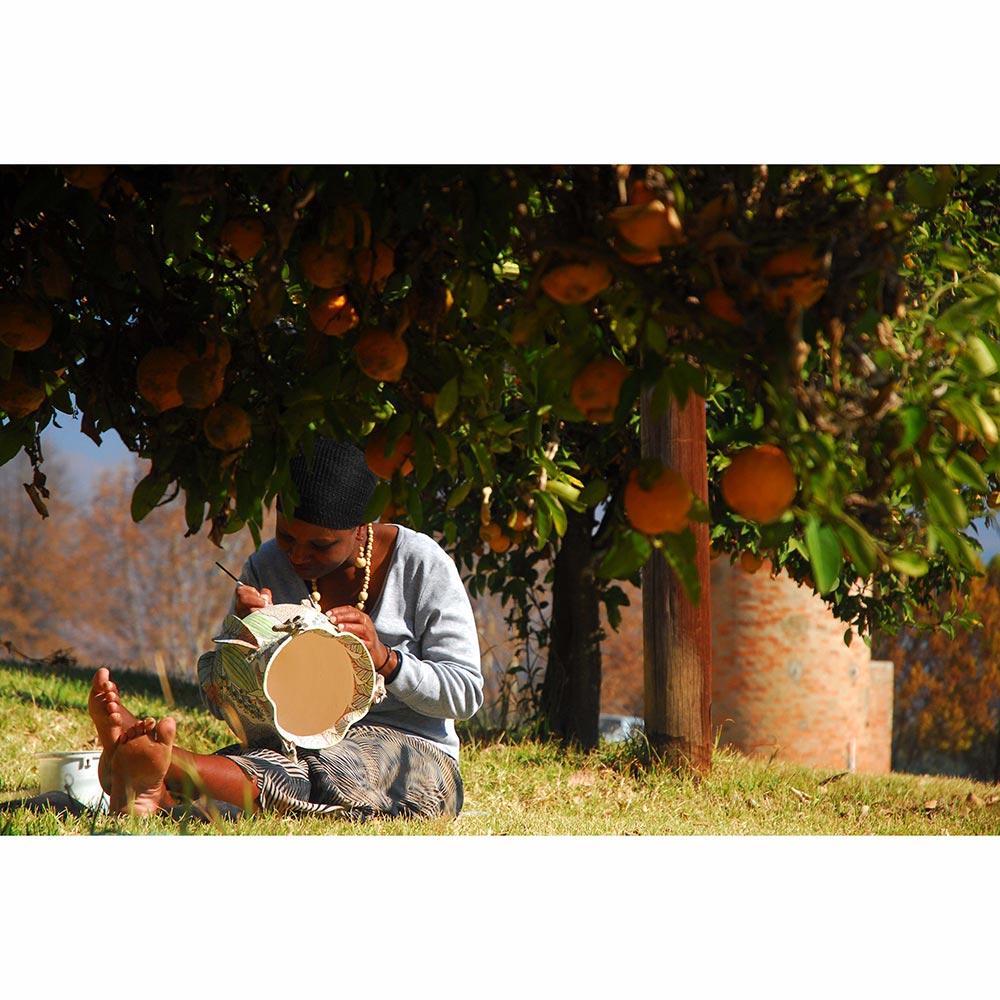
Ardmore painter outside the original Berg studio
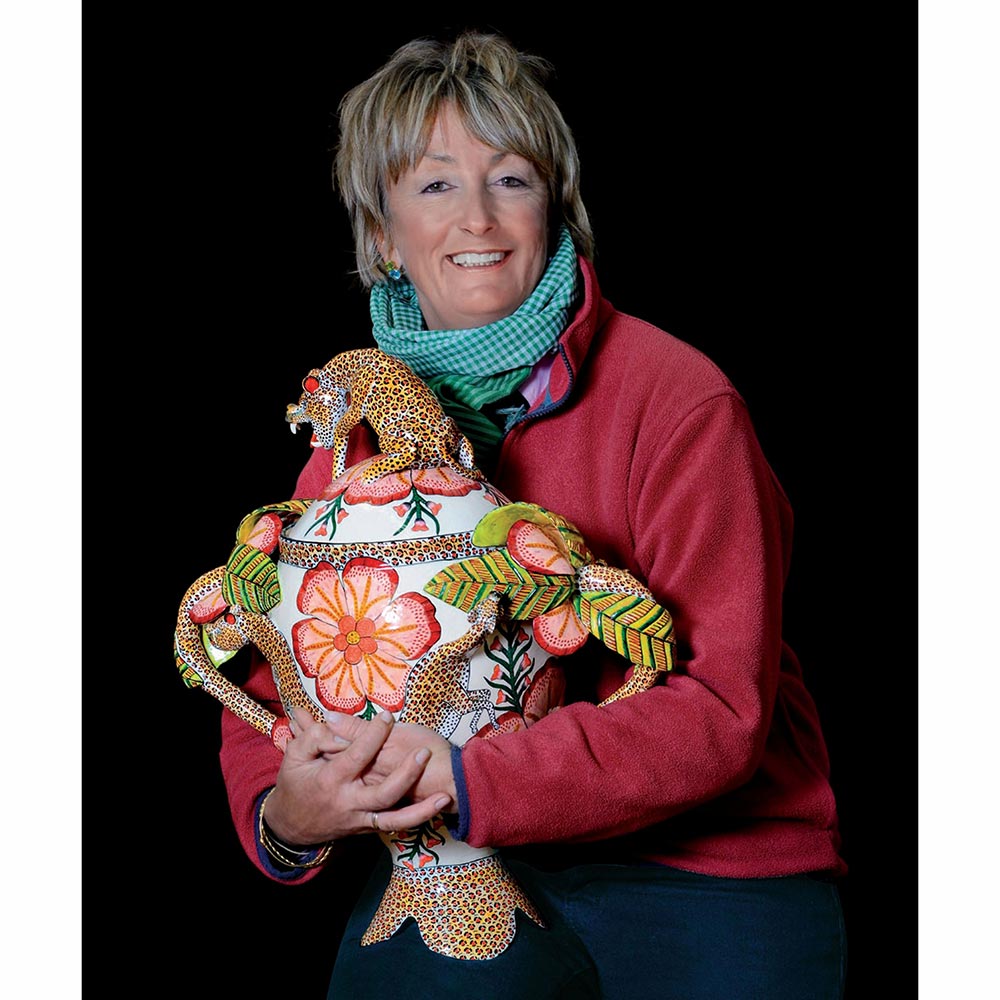
Fée Halsted, Ardmore founder
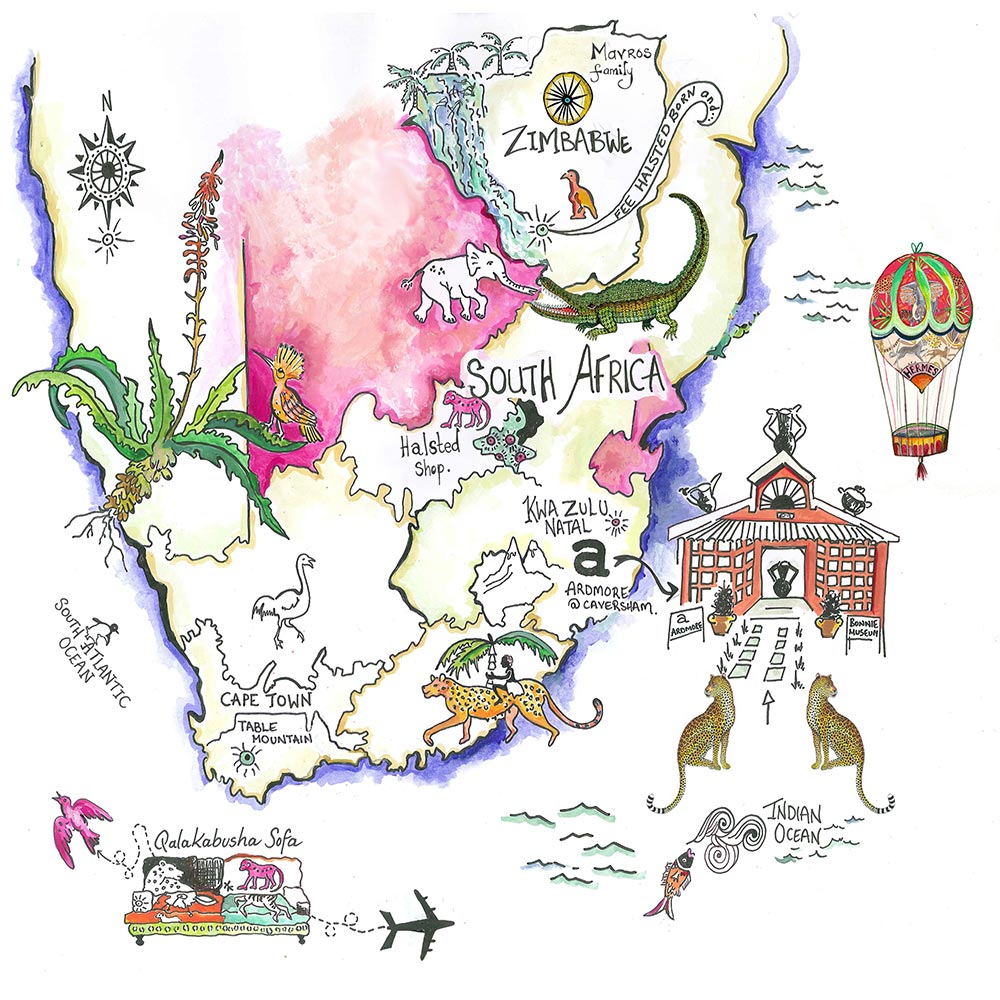
South African Map by C. Berning

The Drakensberg Mountains
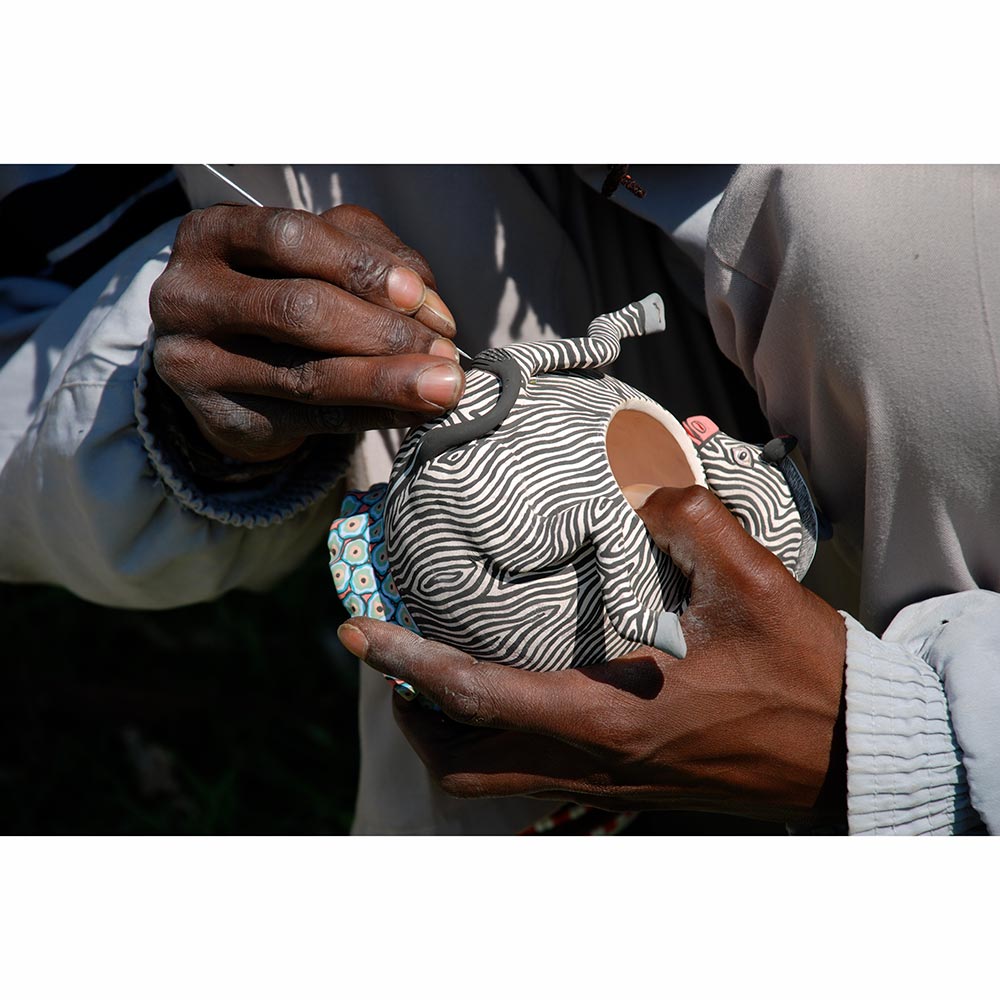
Painting a Zebra
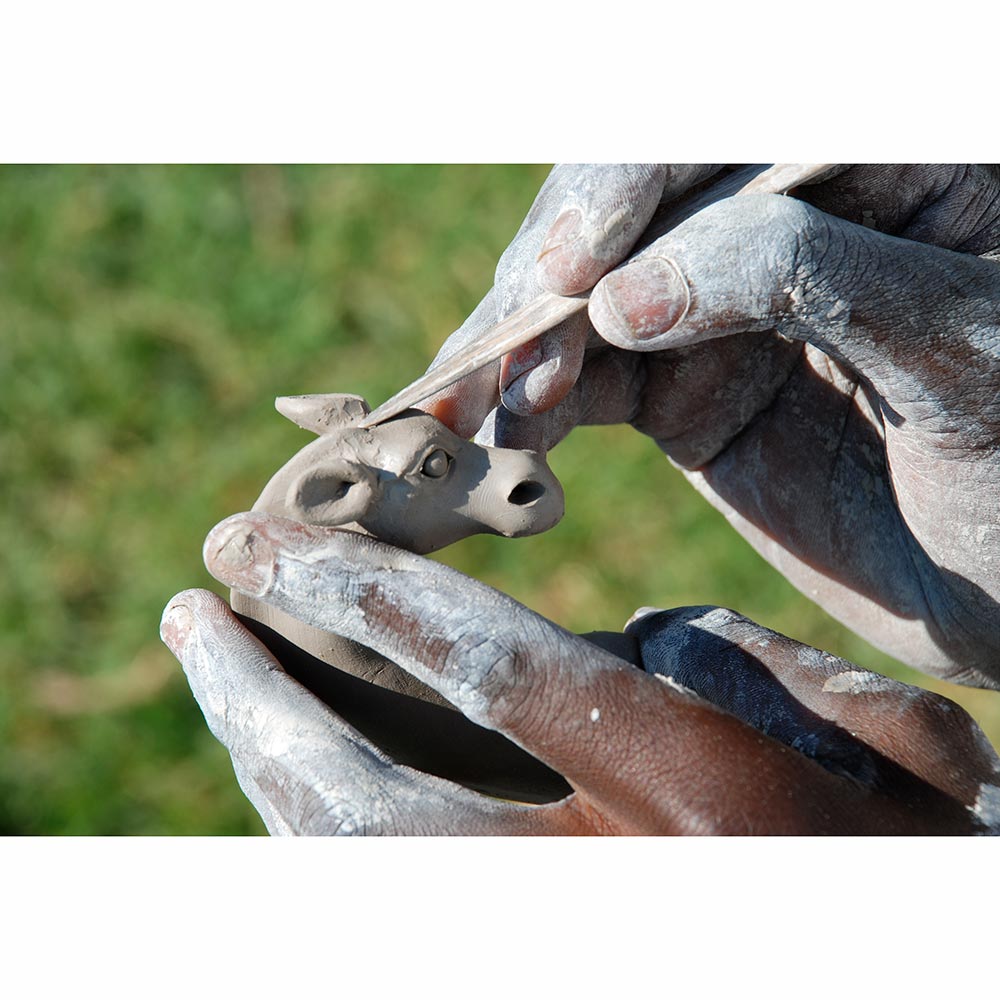
Giraffe modeling
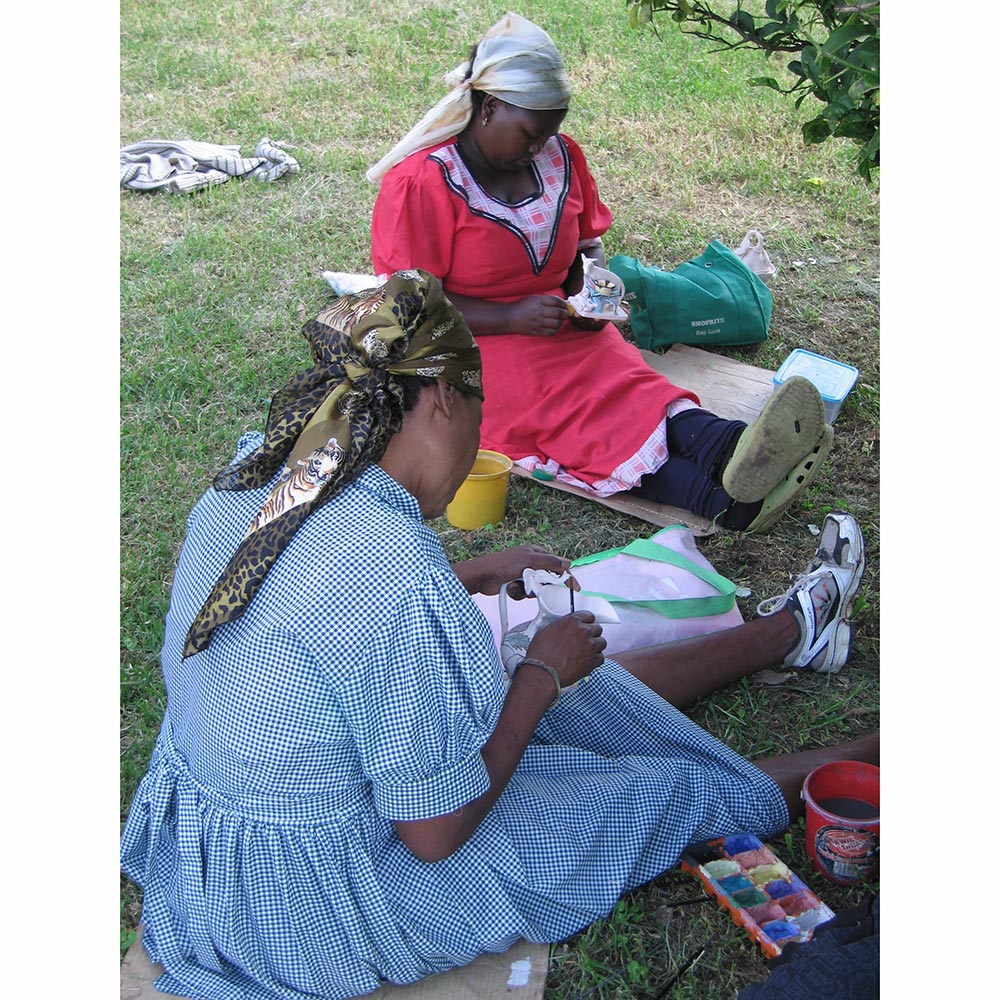
Painting outside the original Berg Studio
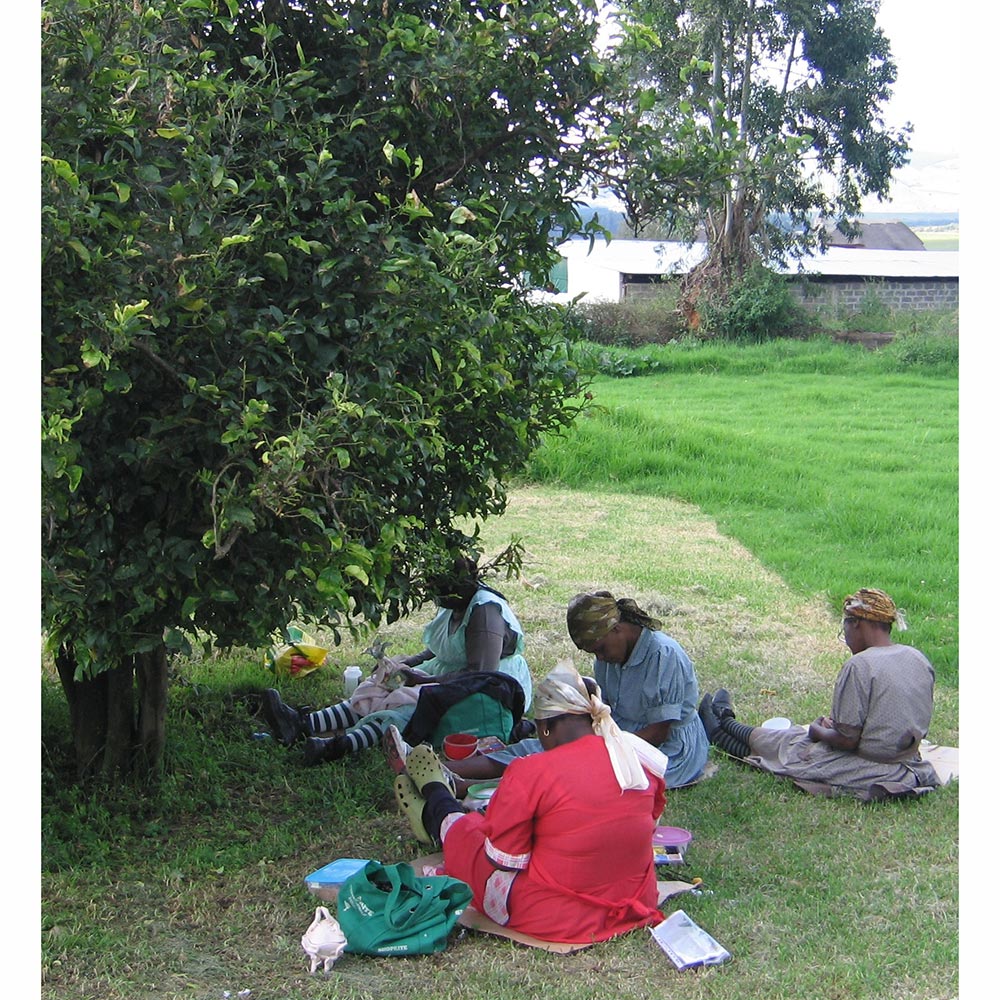
Painting outside the original Berg Studio
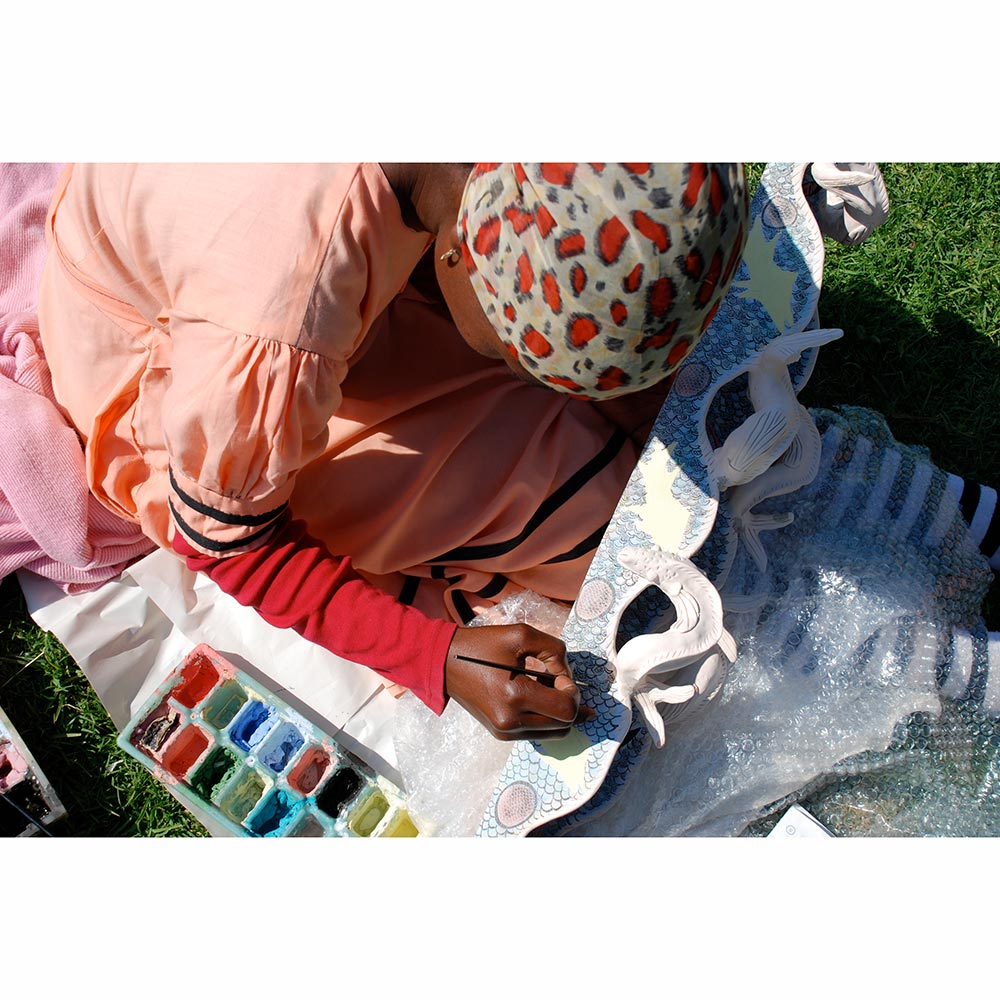
Painting outside the original Berg Studio
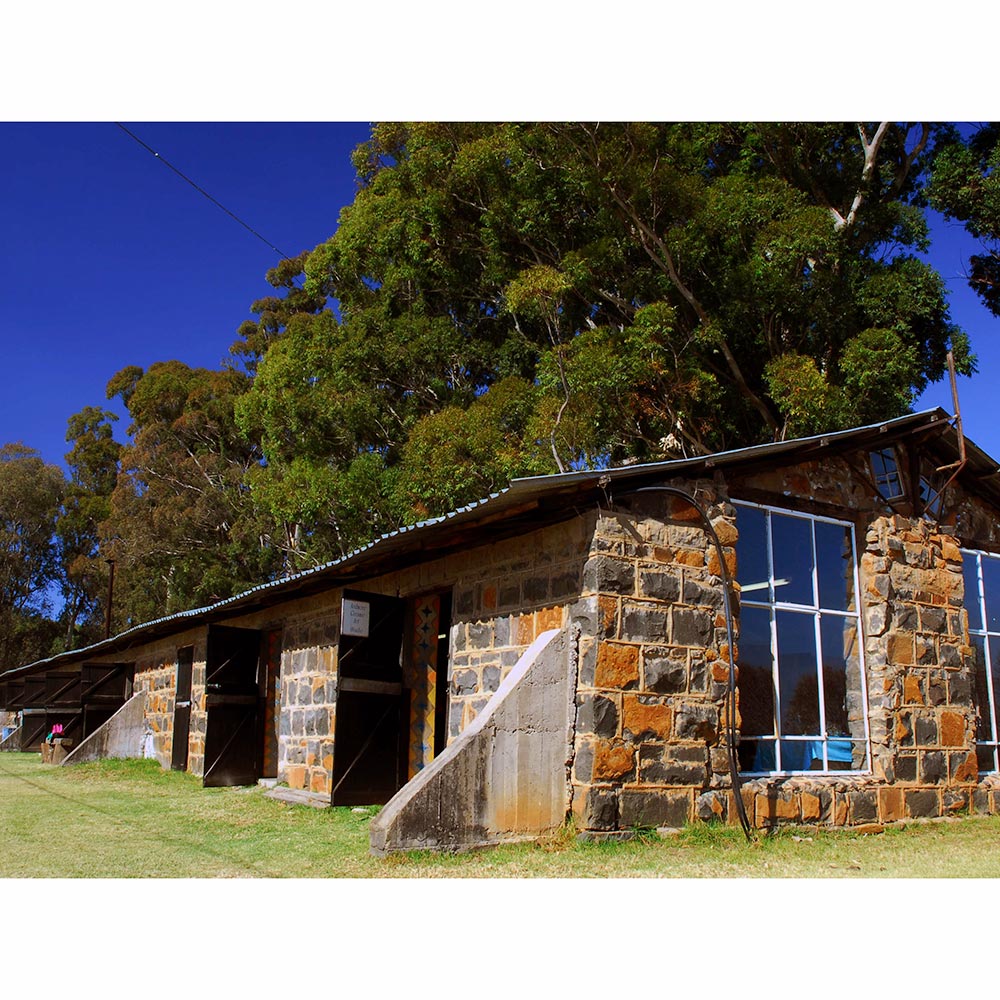
The Original Ardmore Studio in the Berg
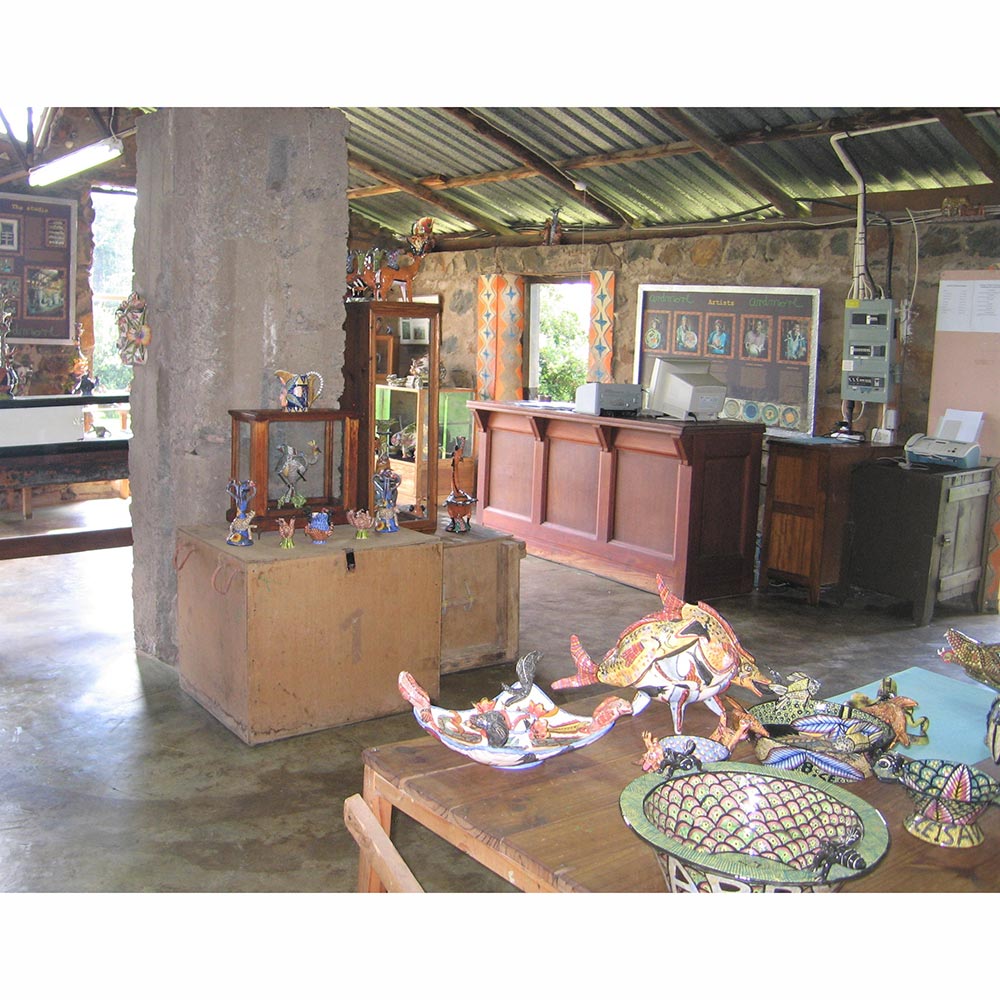
The Original Ardmore Studio in the Berg
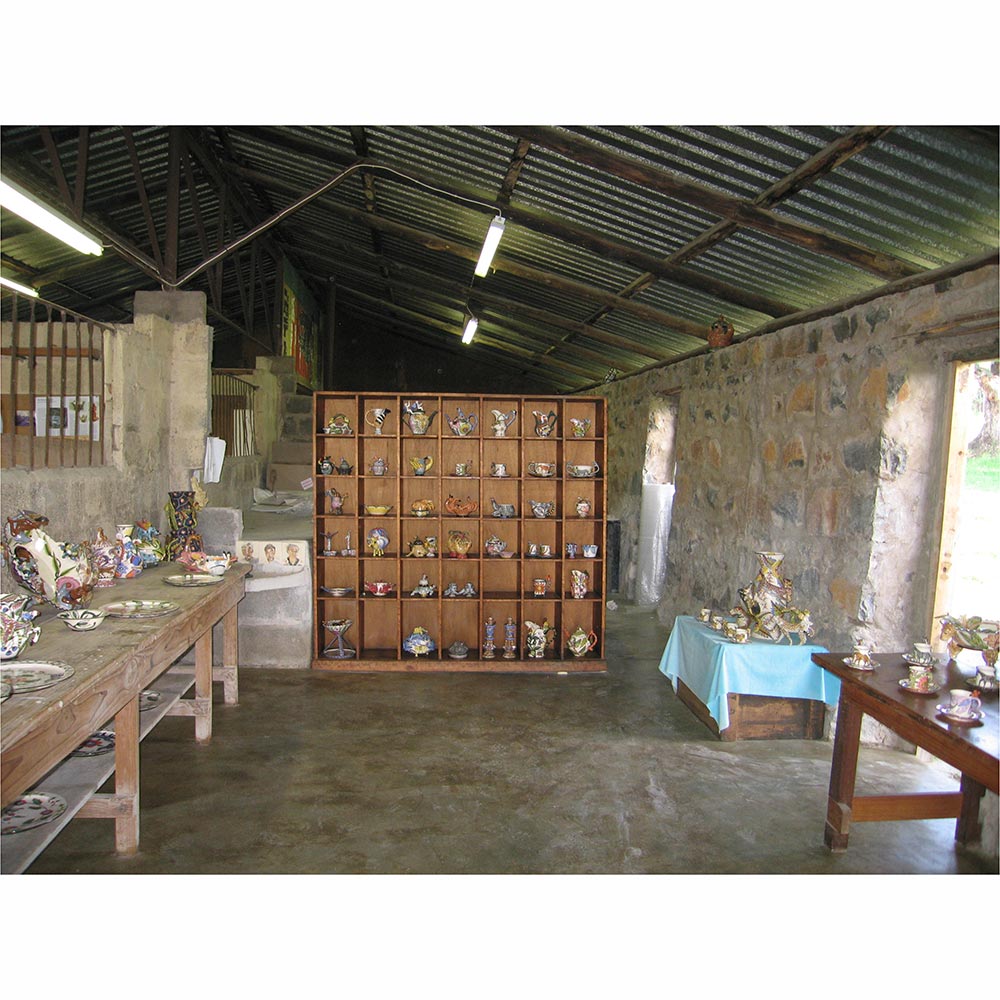
The Original Ardmore Studio in the Berg
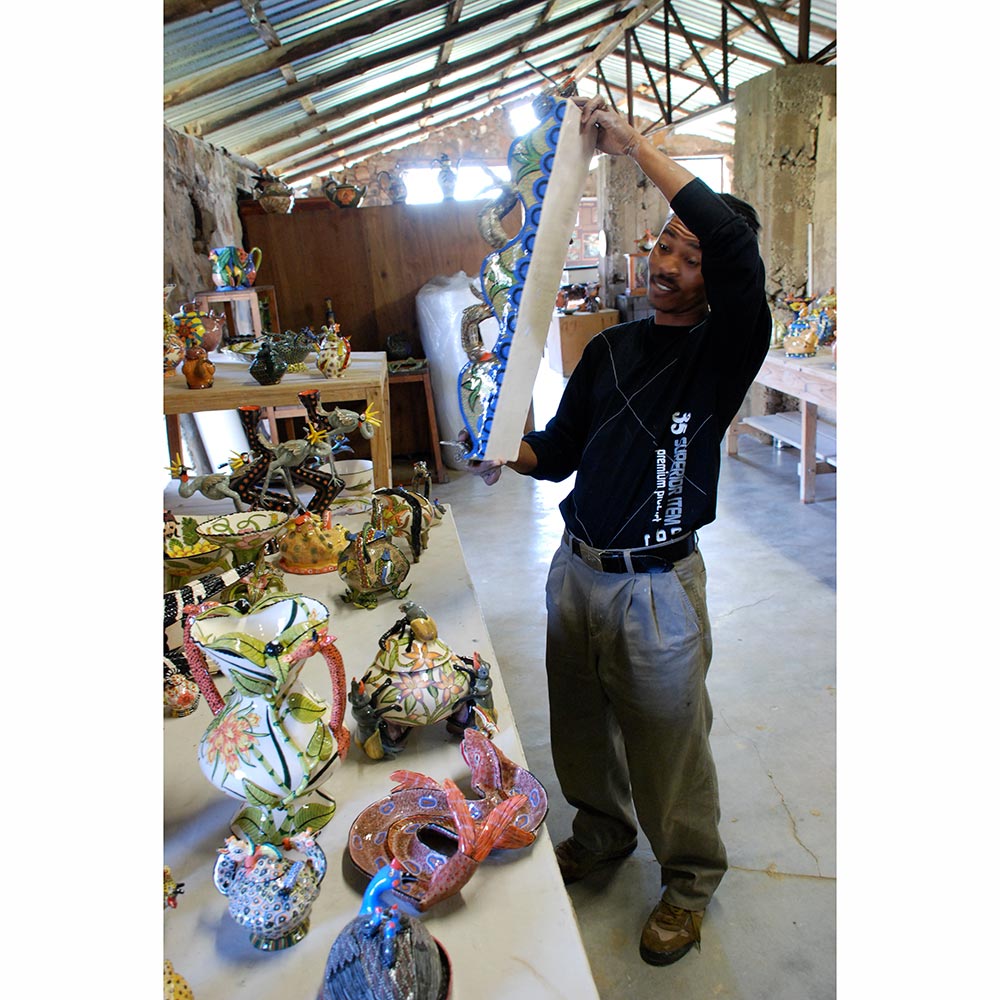
Victor Shabalala with his work
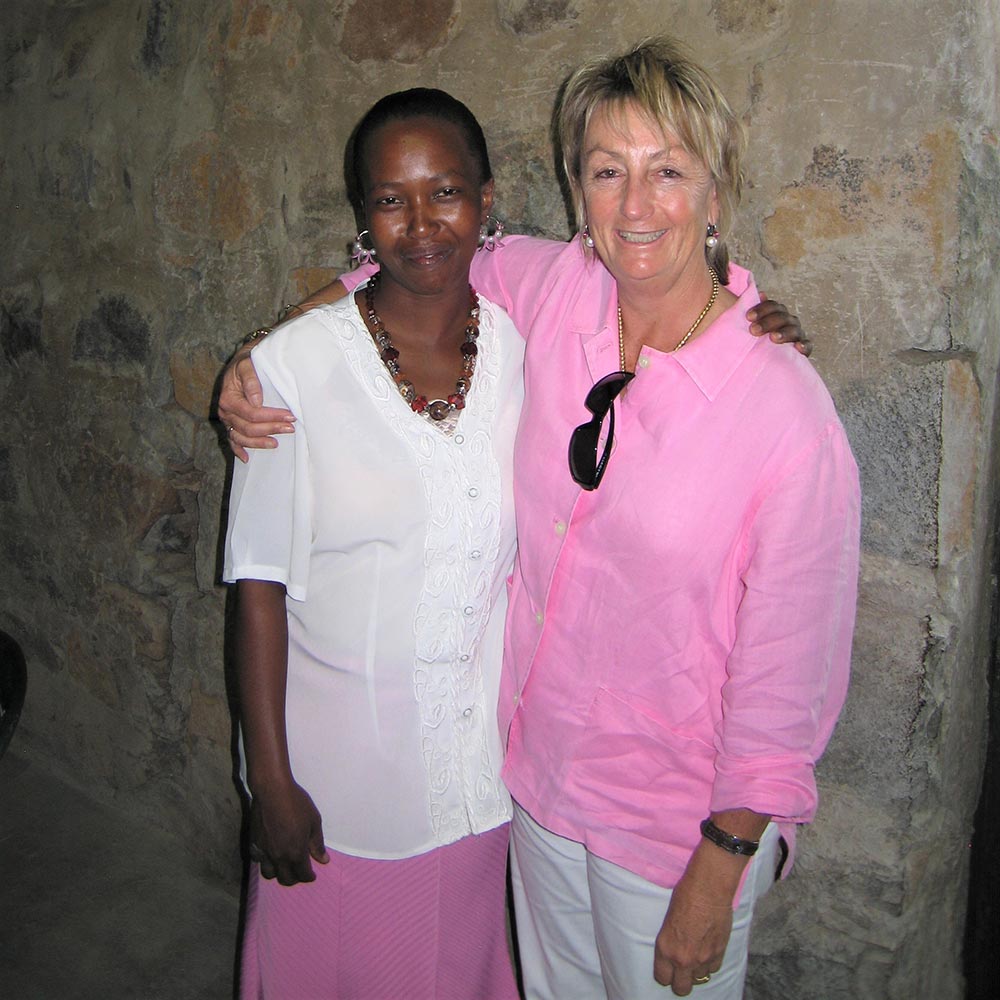
Fée with Jabu
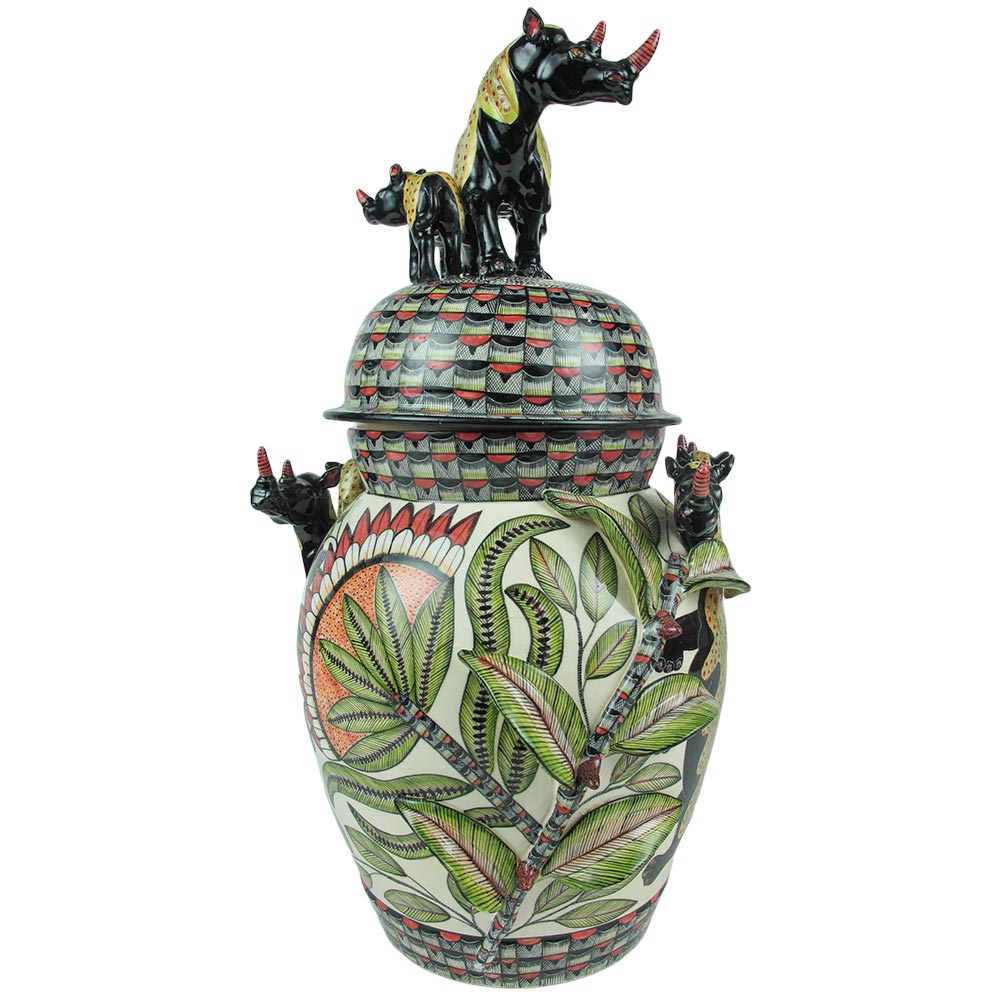
Ardmore Rhinoceros Vase by Sabelo & Jabu
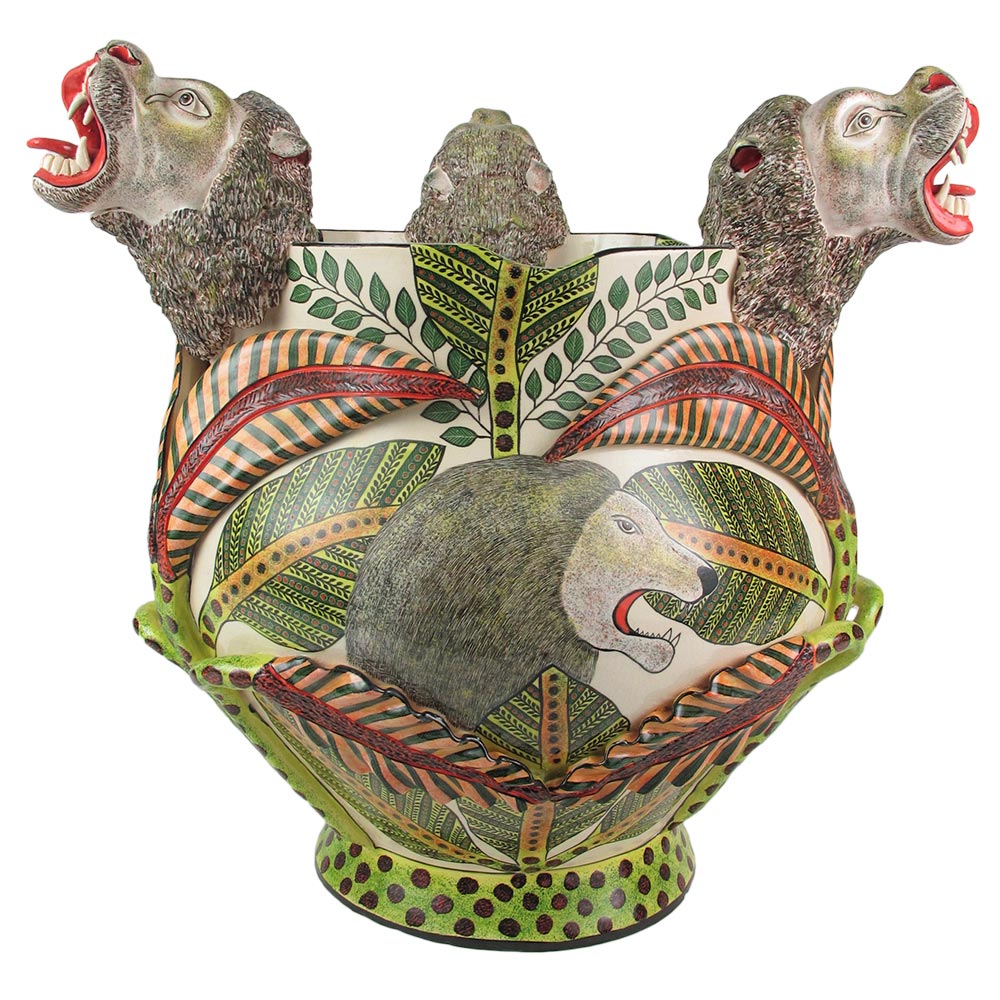
Ardmore Lion Planter by Slulamile & Jabu
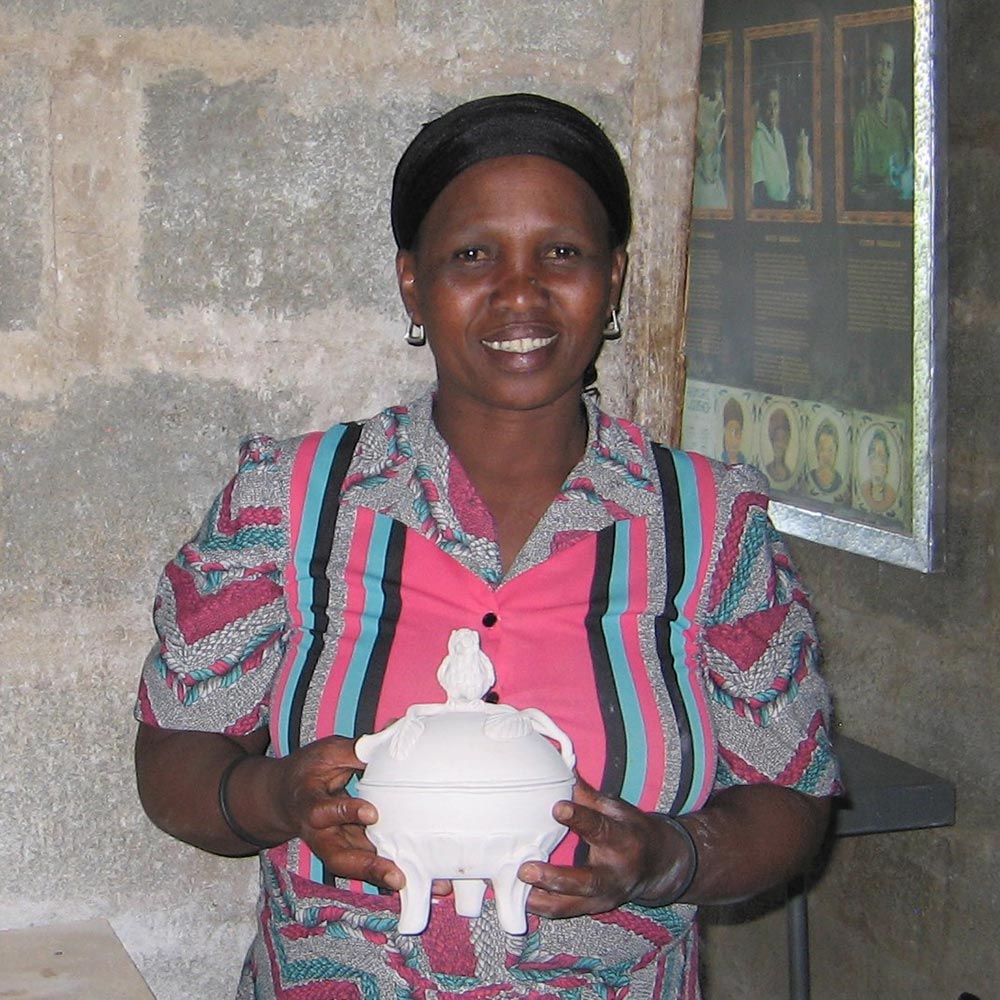
Betty with Owl Pot
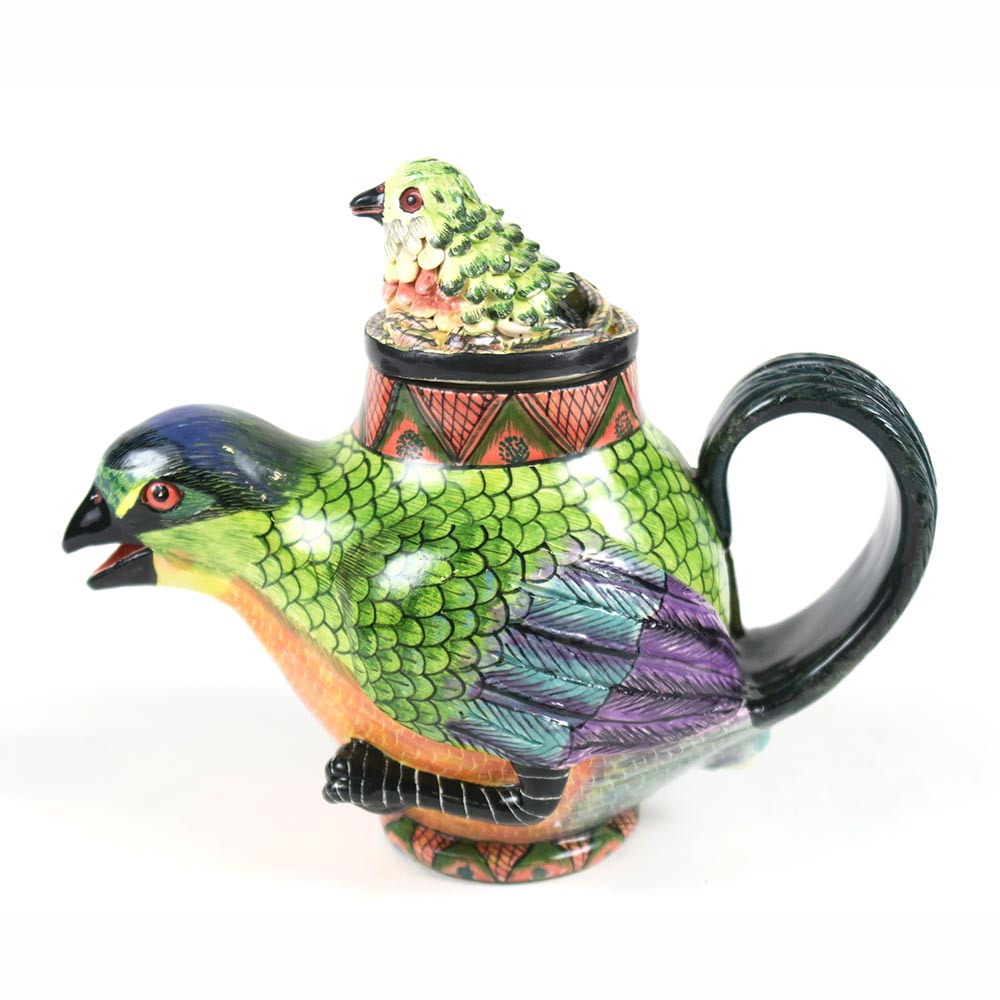
Ardmore Bird Teapot by Betty & Virginia
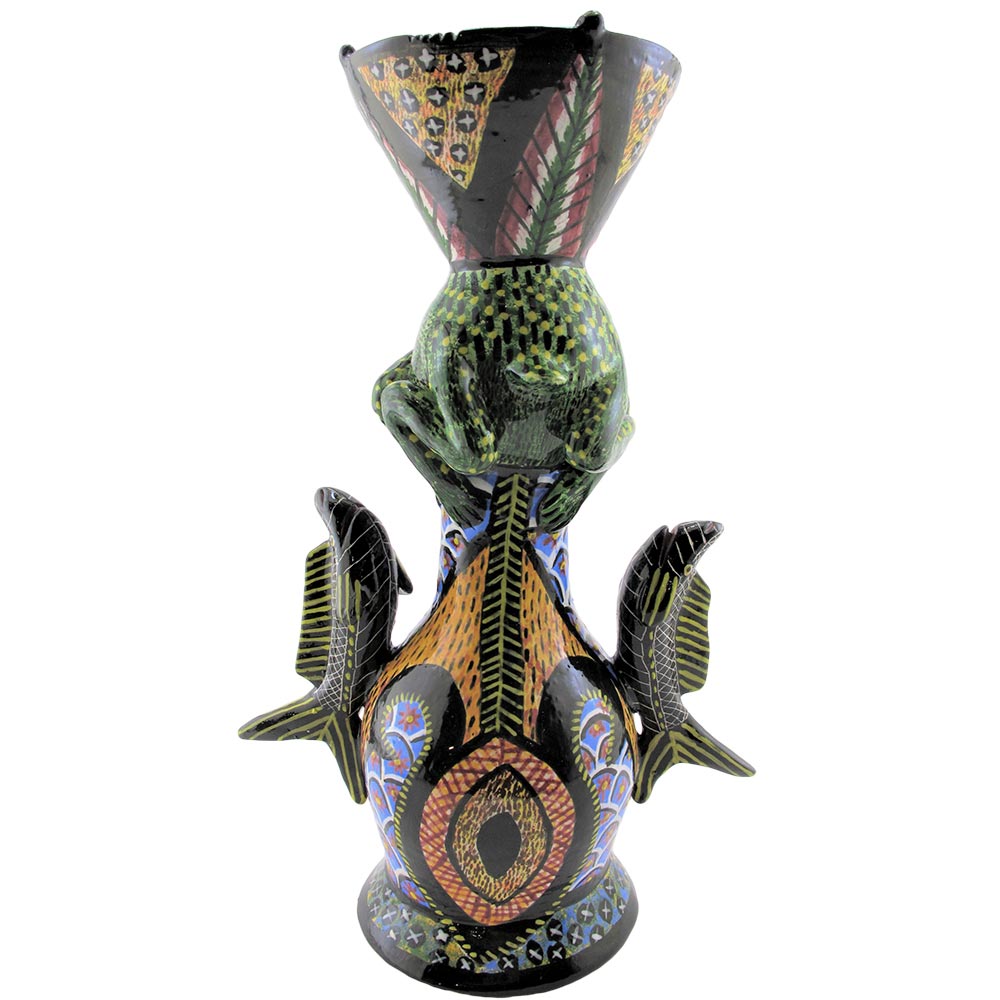
Ardmore Frog Vase by Zeblon
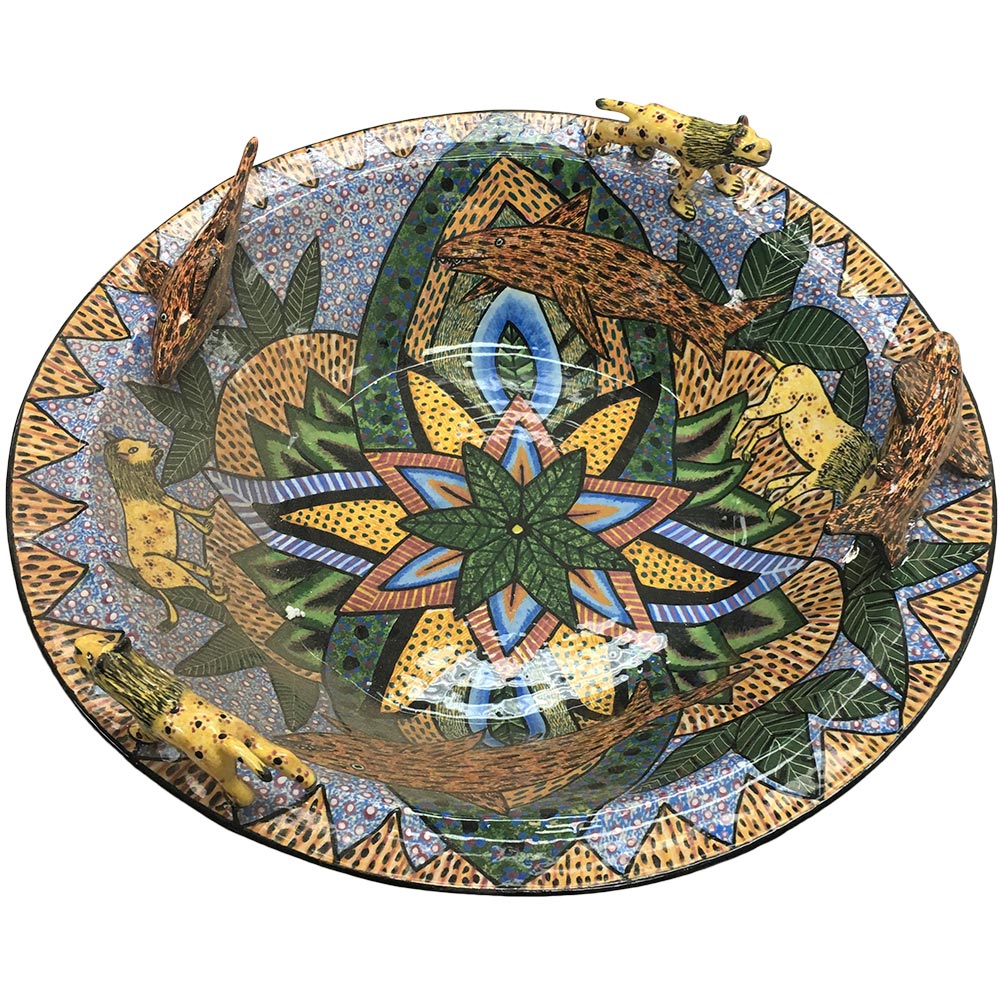
Ardmore Fish Bowl by Zeblon
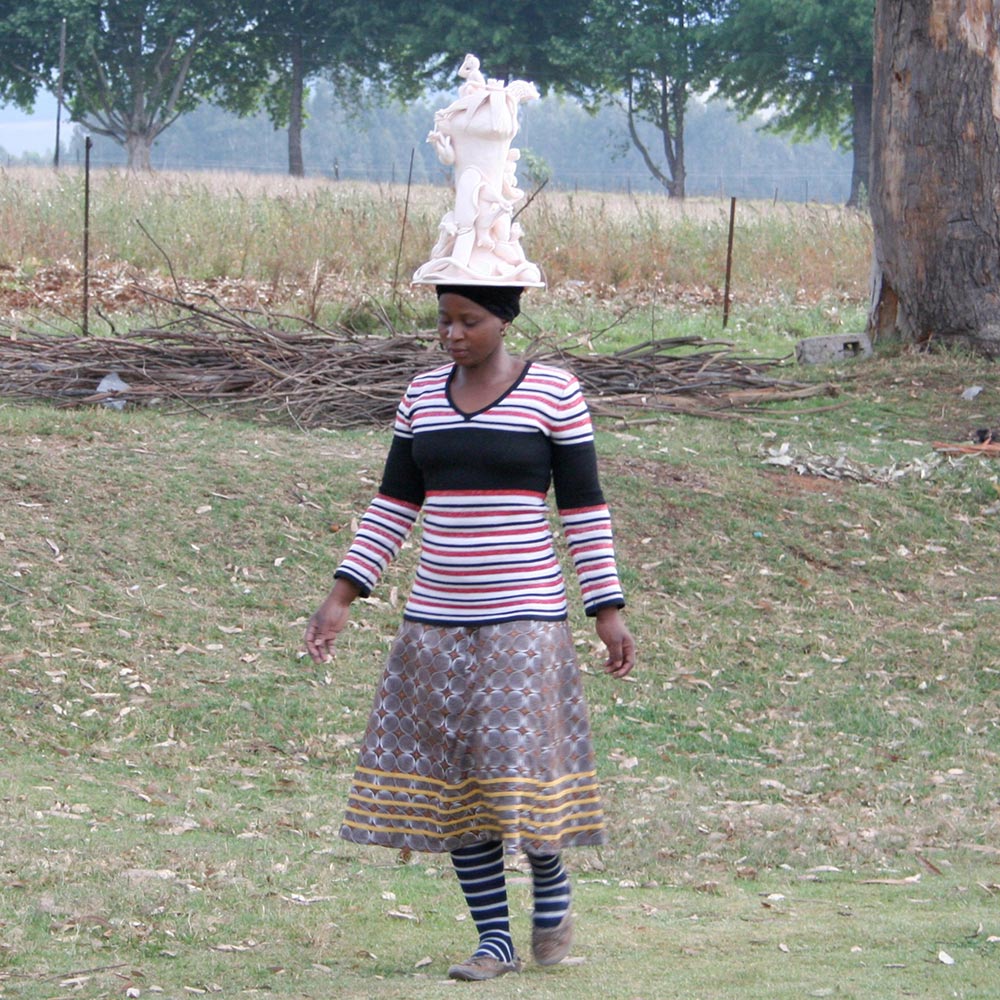
Virginia Xaba
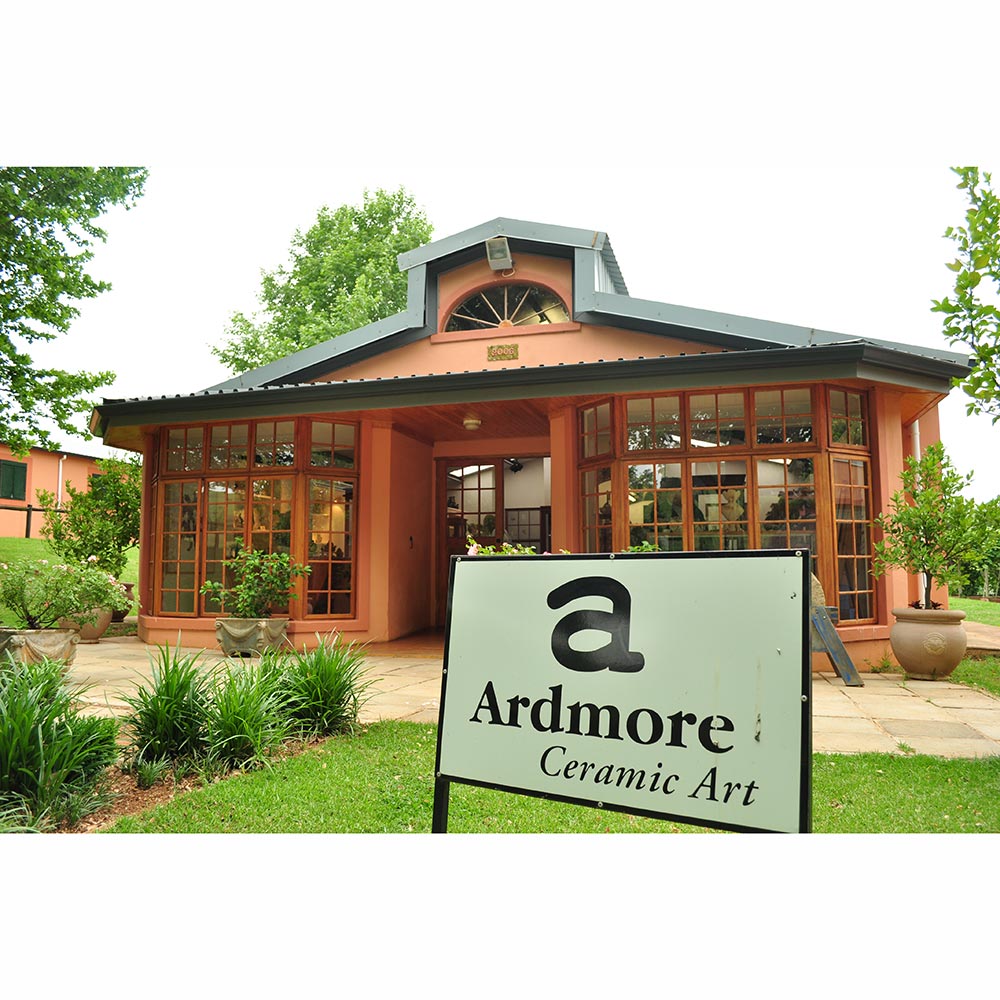
Ardmore Museum and Gallery at Caversham
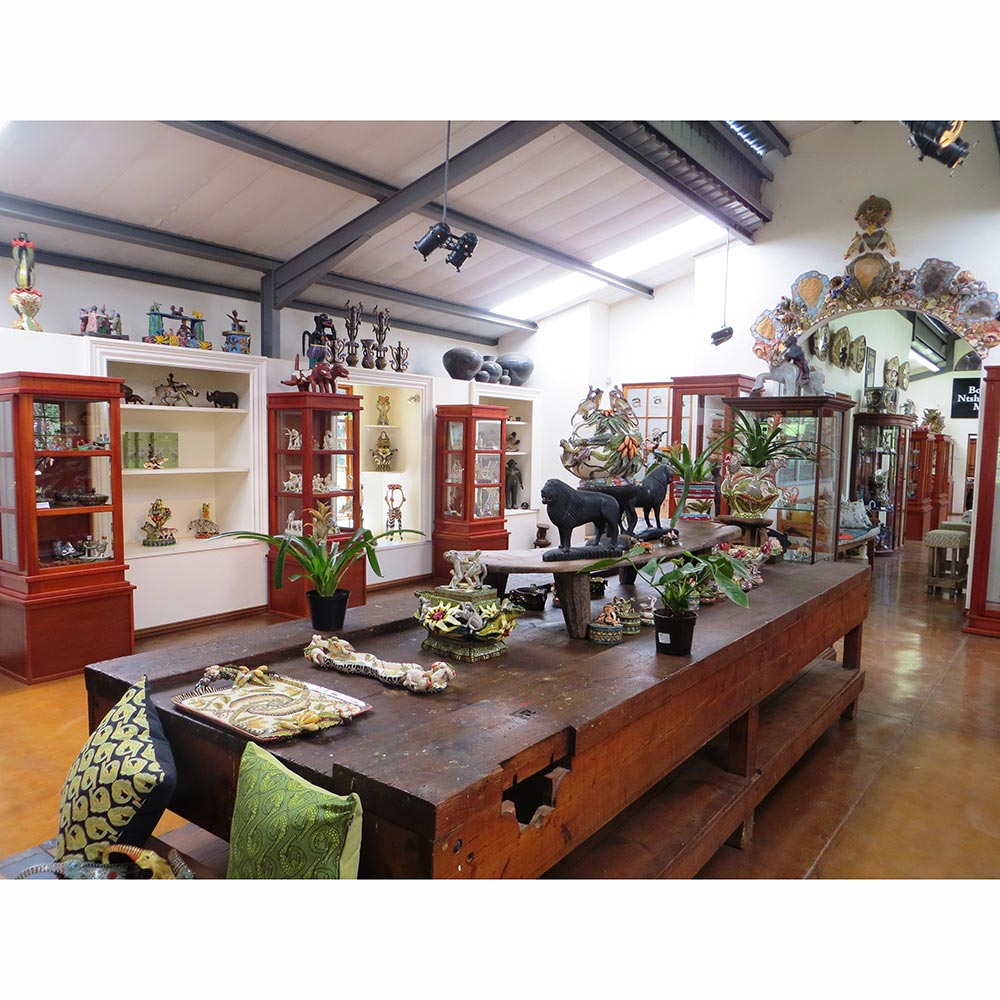
Ardmore Gallery at Caversham
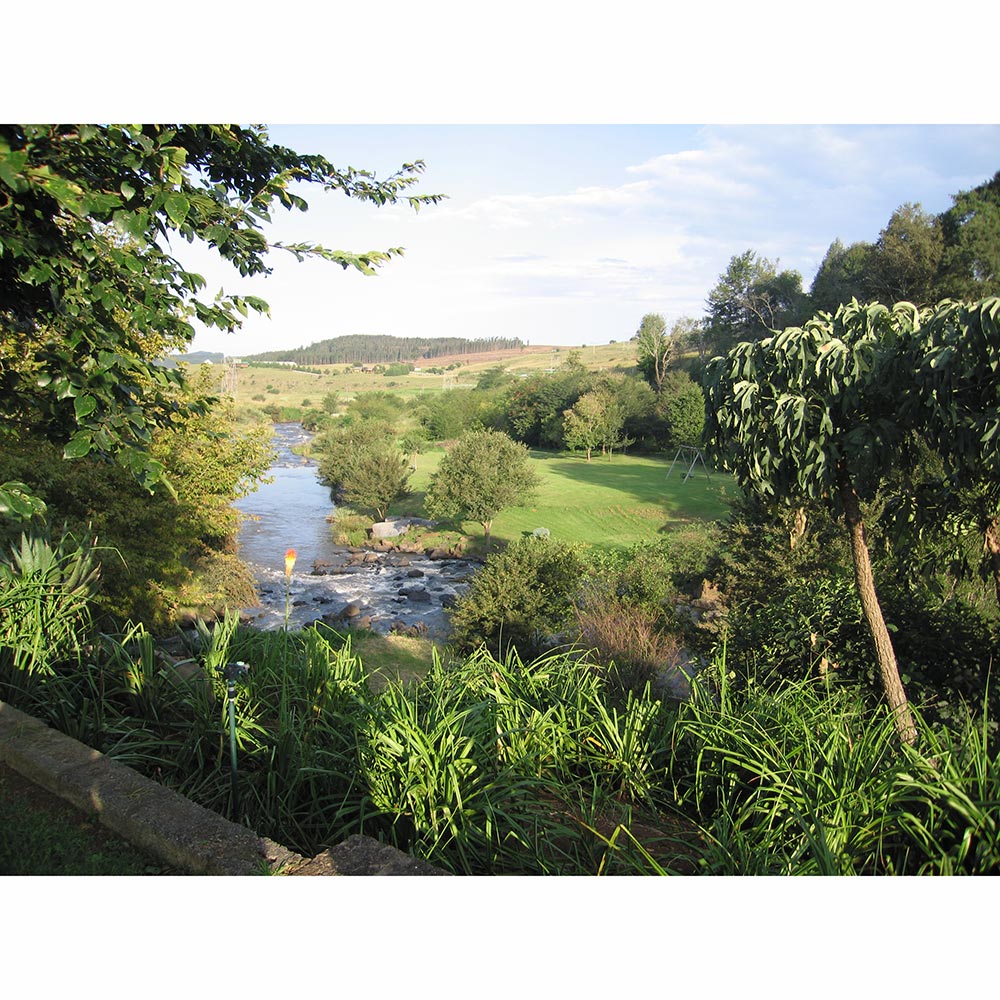
View from Caversham Studio
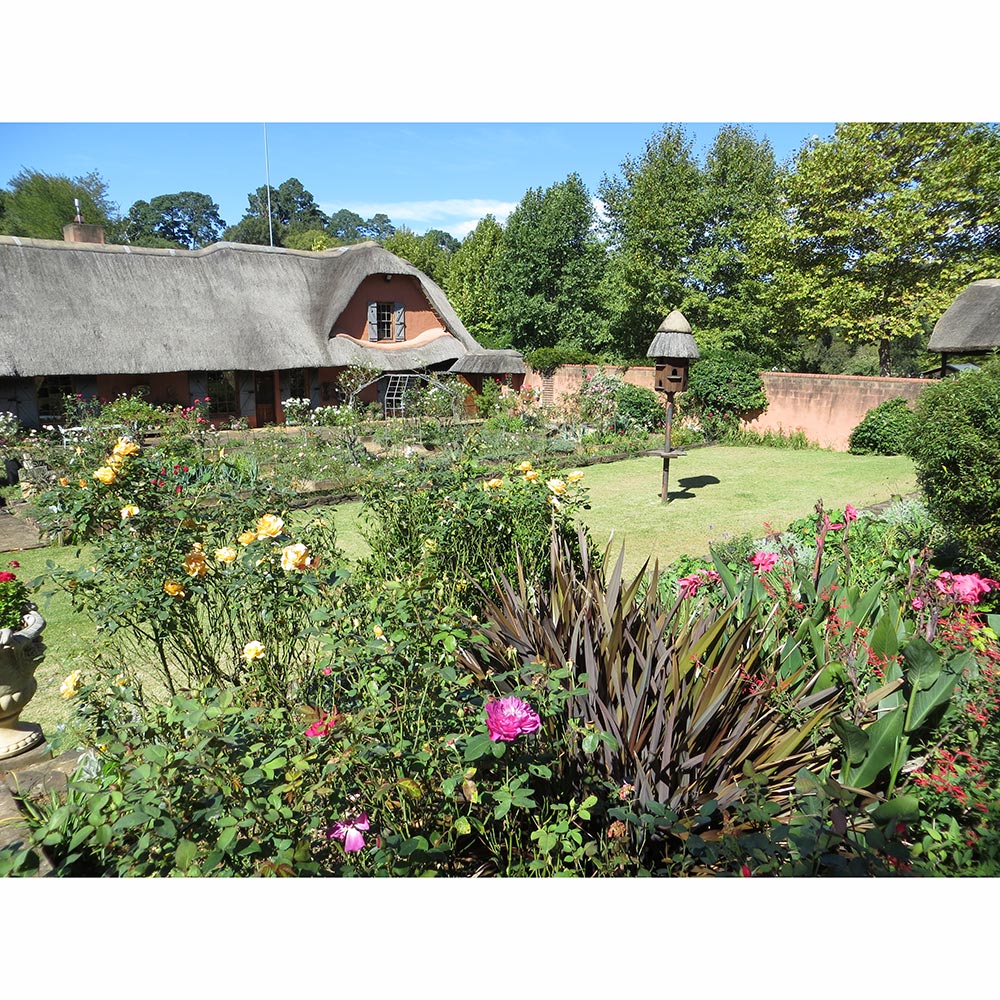
Fée's House and Garden
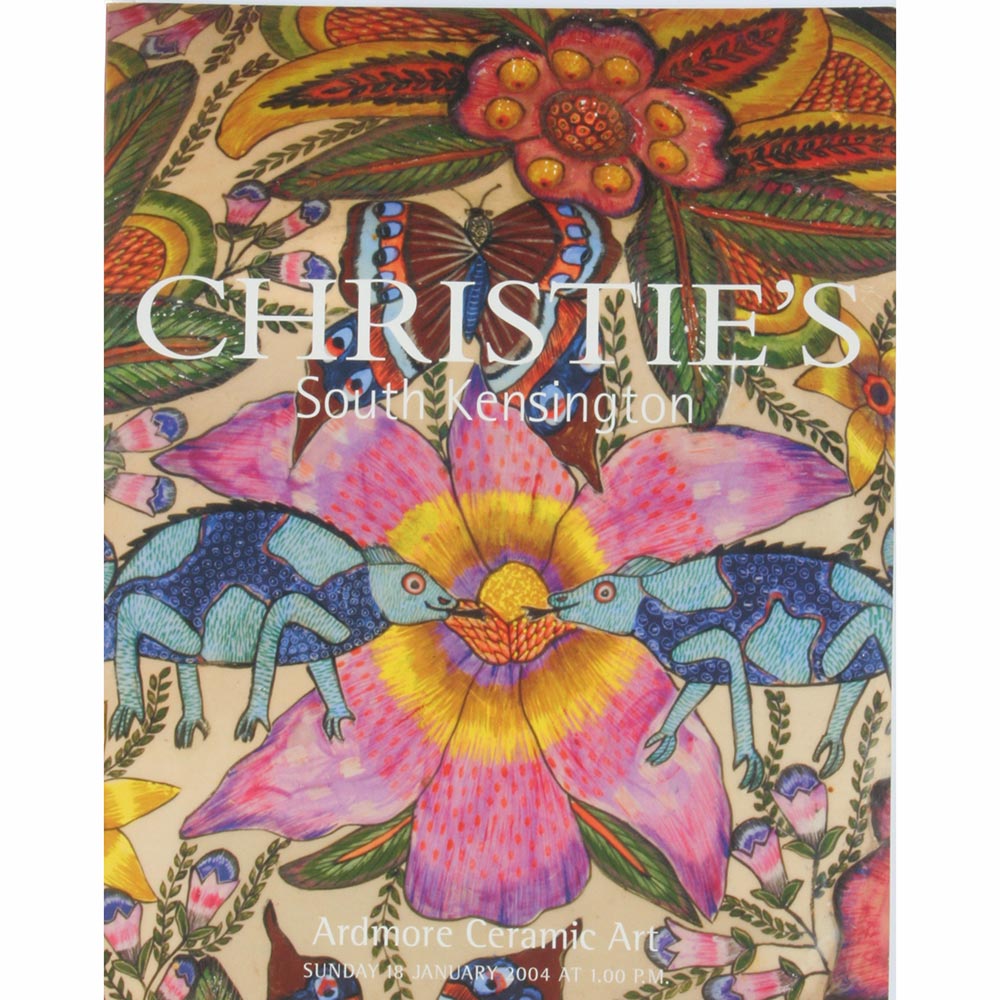
Christie's Catalog 2004
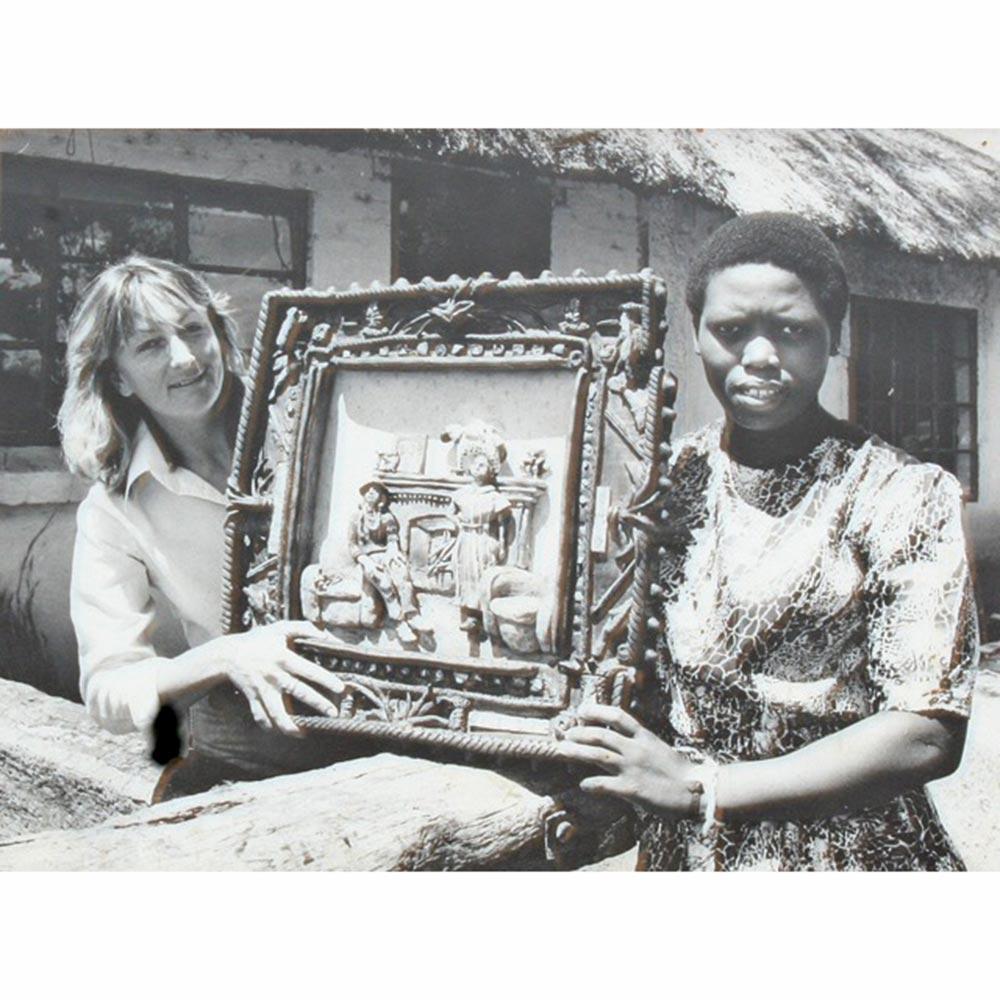
Fée with Bonnie Ntshalintshali
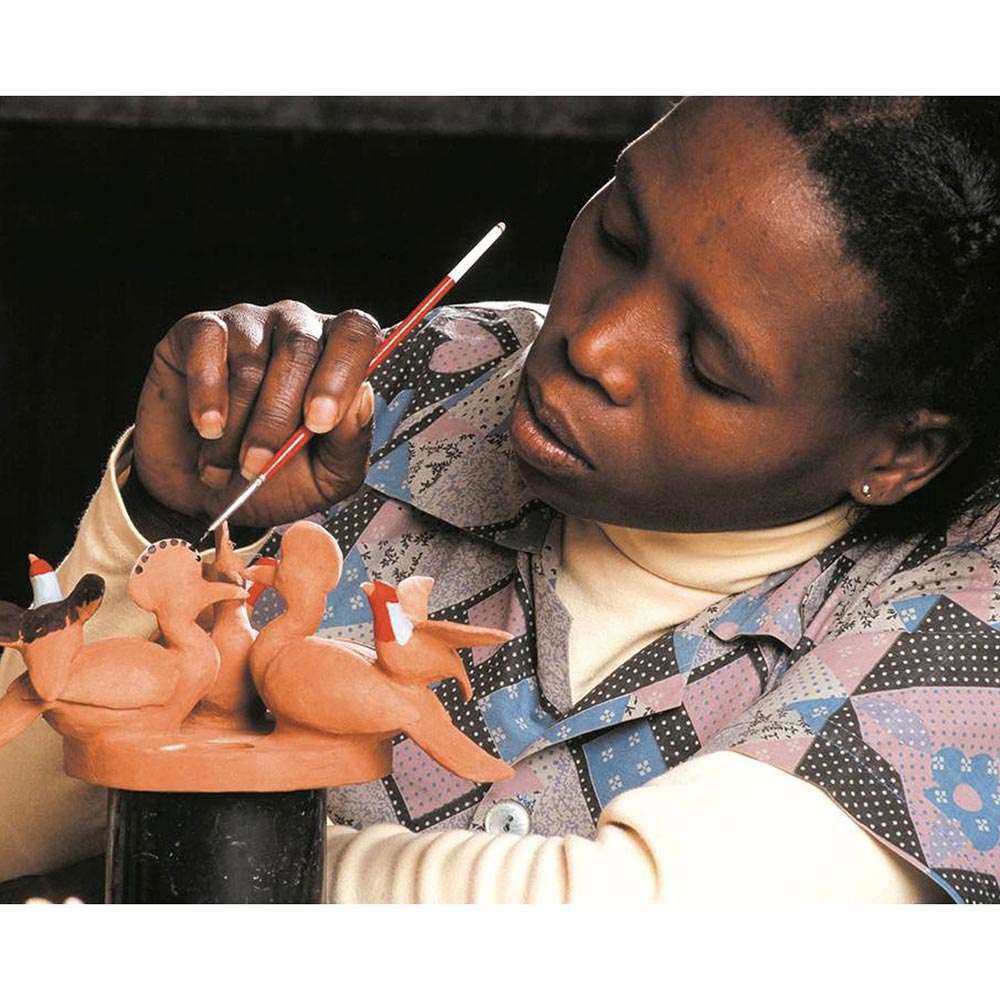
Bonnie Ntshalintshali
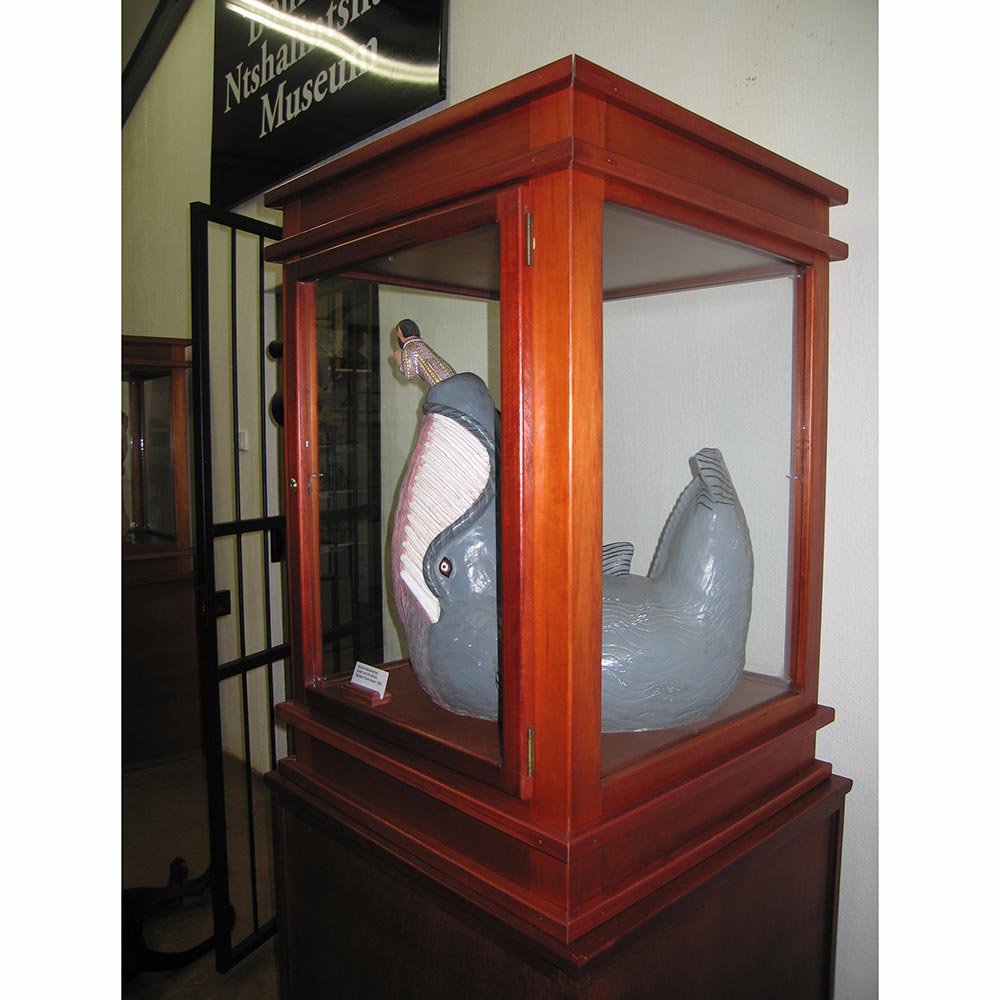
Bonnie Ntshalintshali Museum
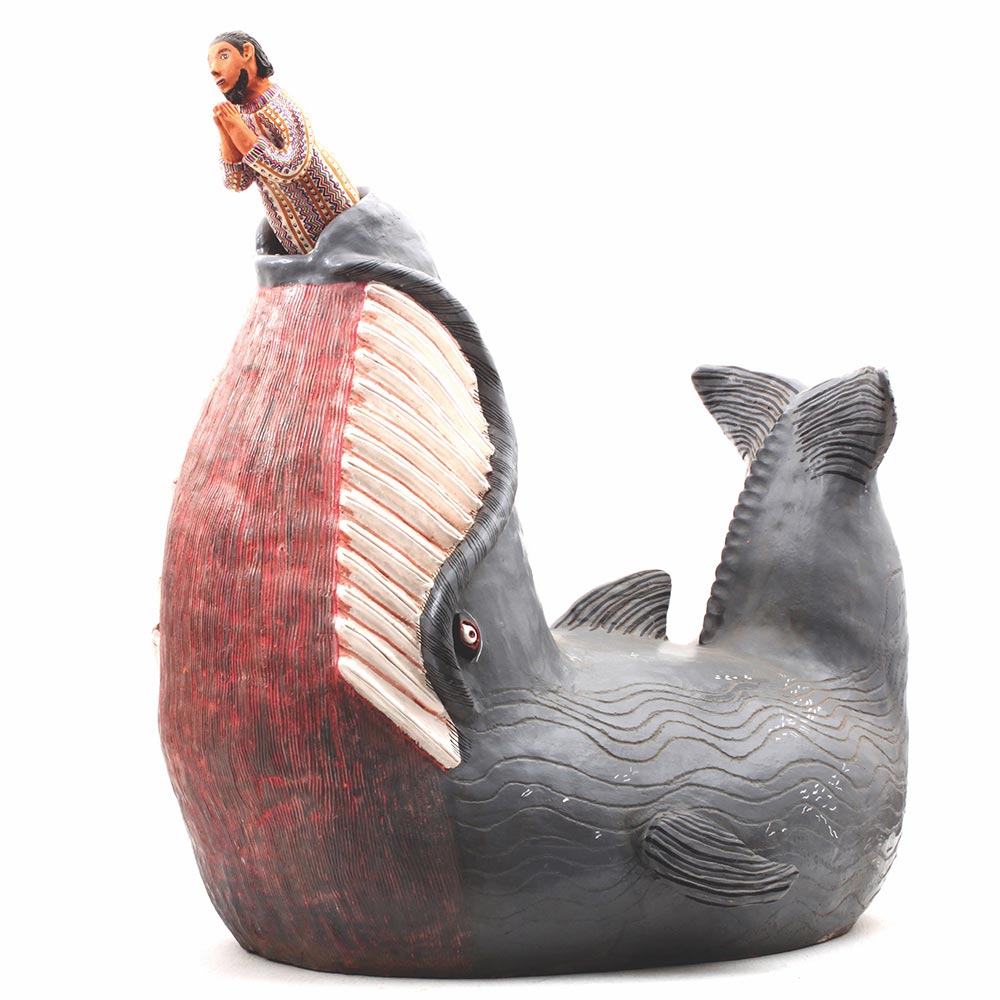
Ardmore Jonah and the Whale by B. Ntshalintshali
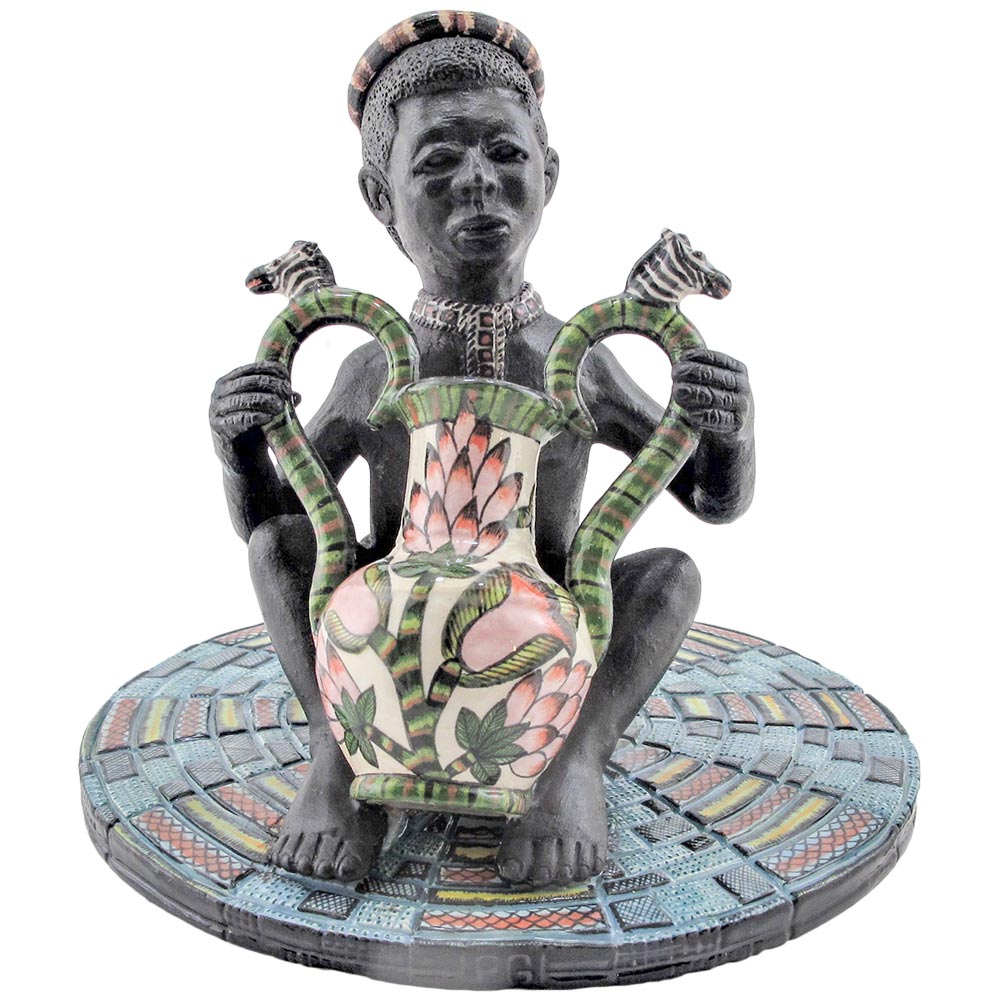
Ardmore Remembering Bonnie by Petros & Jabu
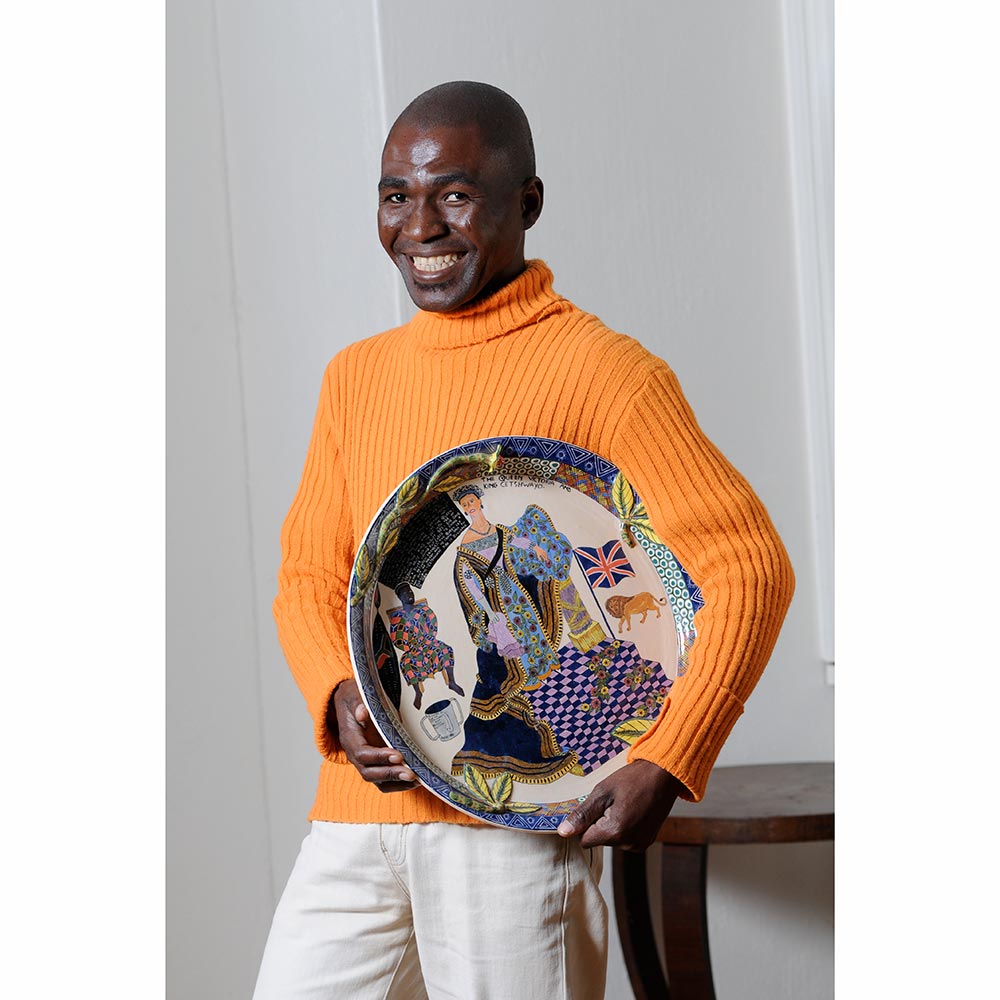
Wonderboy Nxumalo
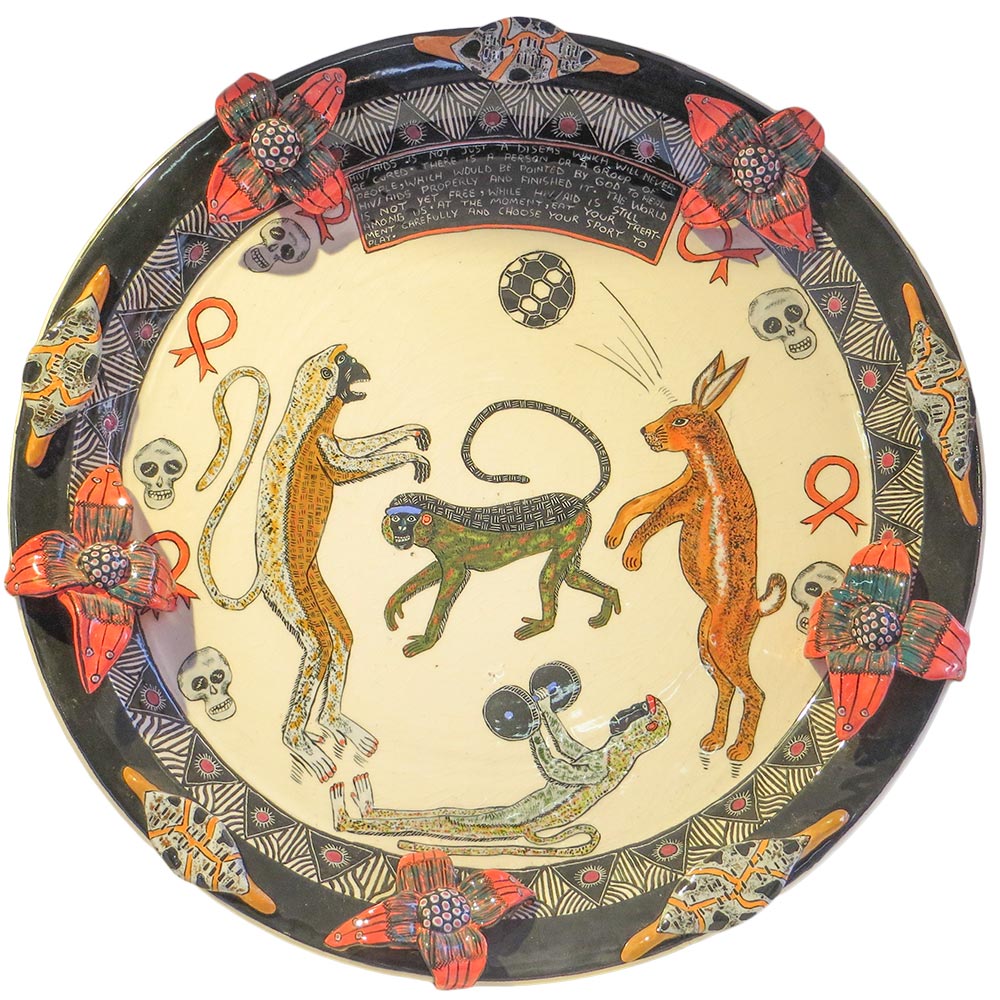
Ardmore Plaque by Wonderboy
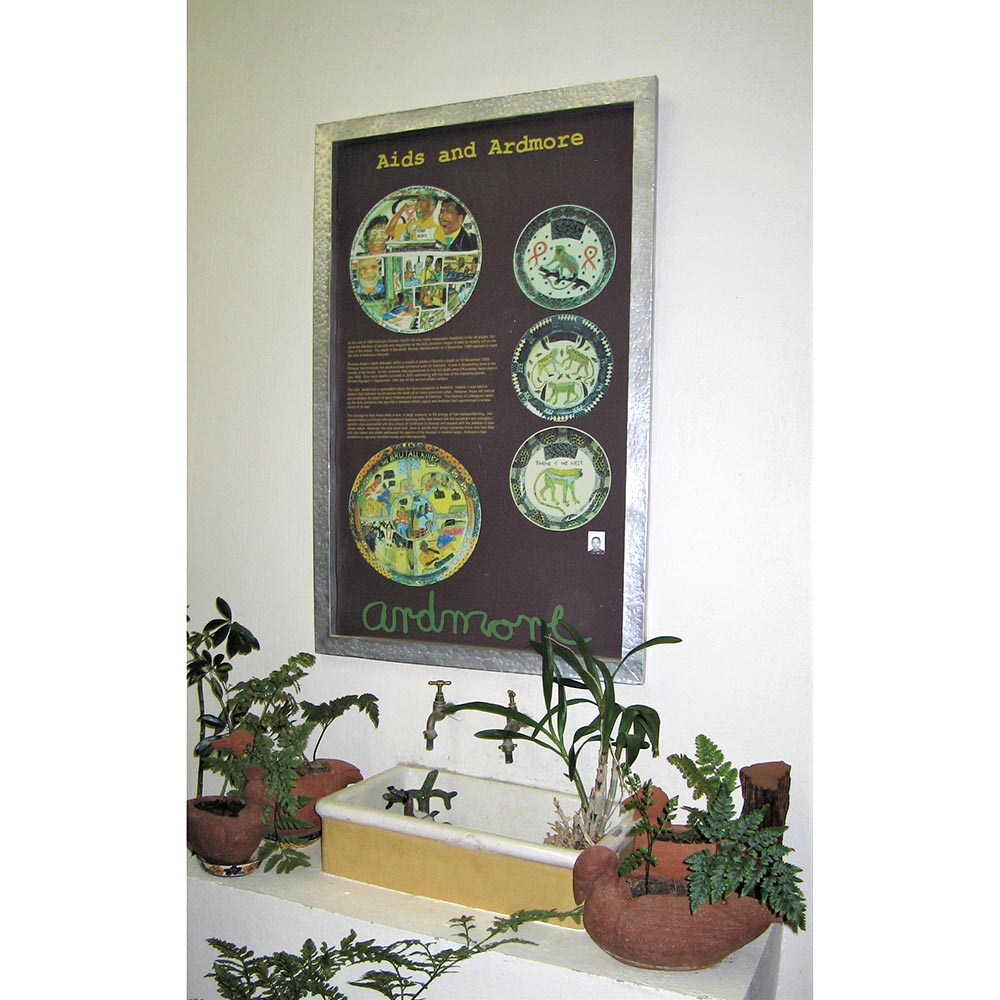
AIDS Campaign Poster
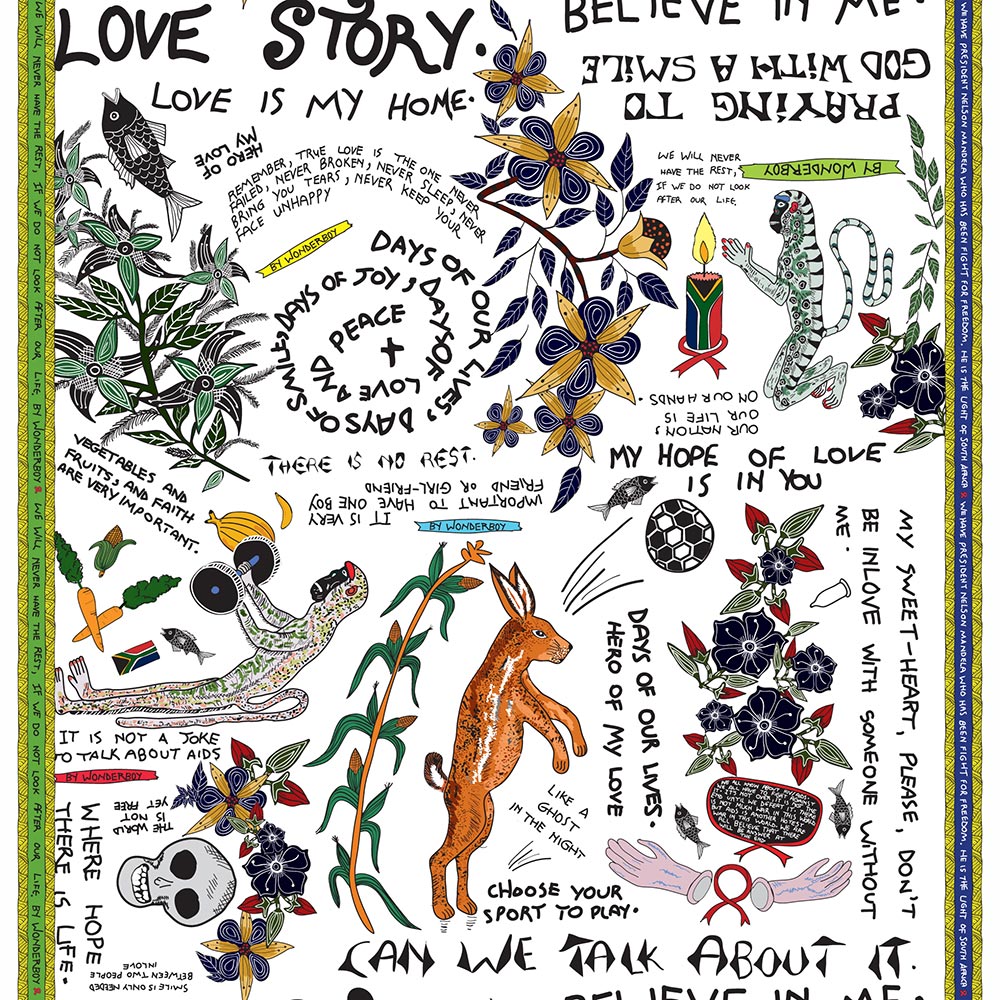
Wonderboy Wisdom Fabric
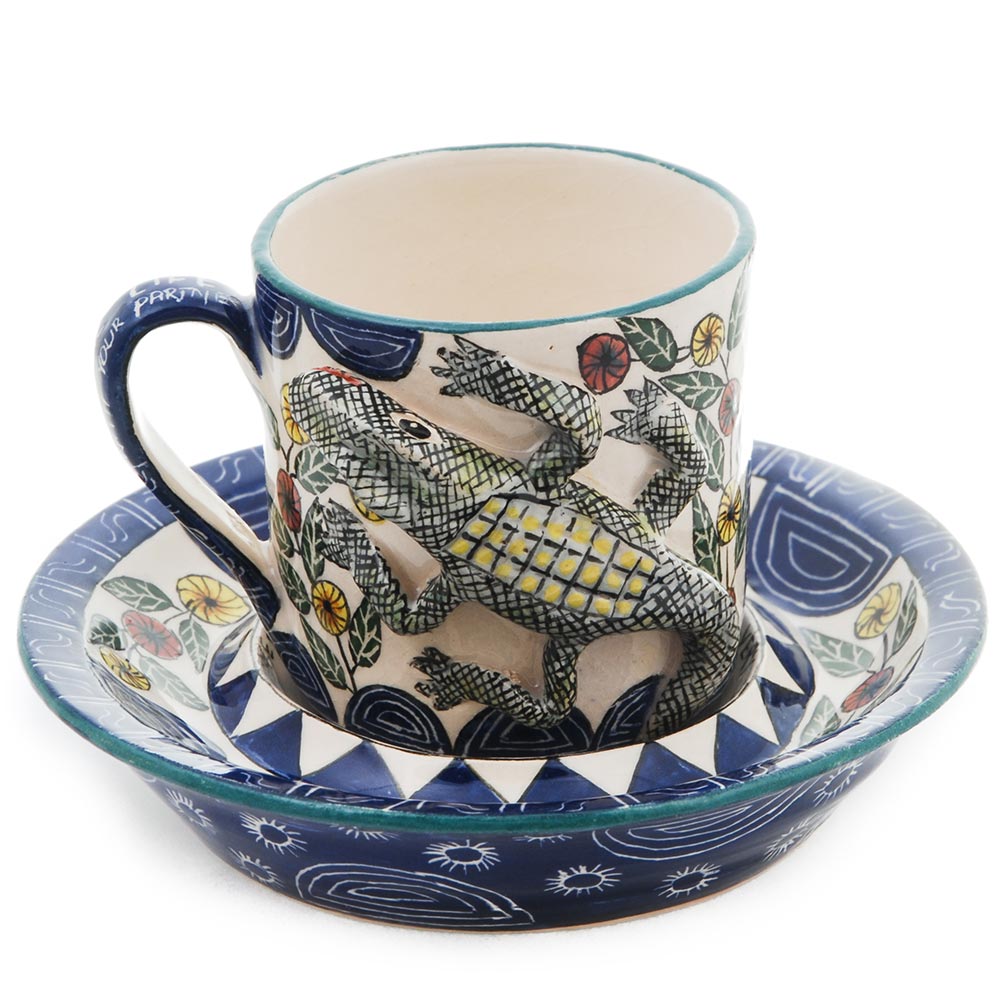
Ardmore Cup and Saucer by Wonderboy
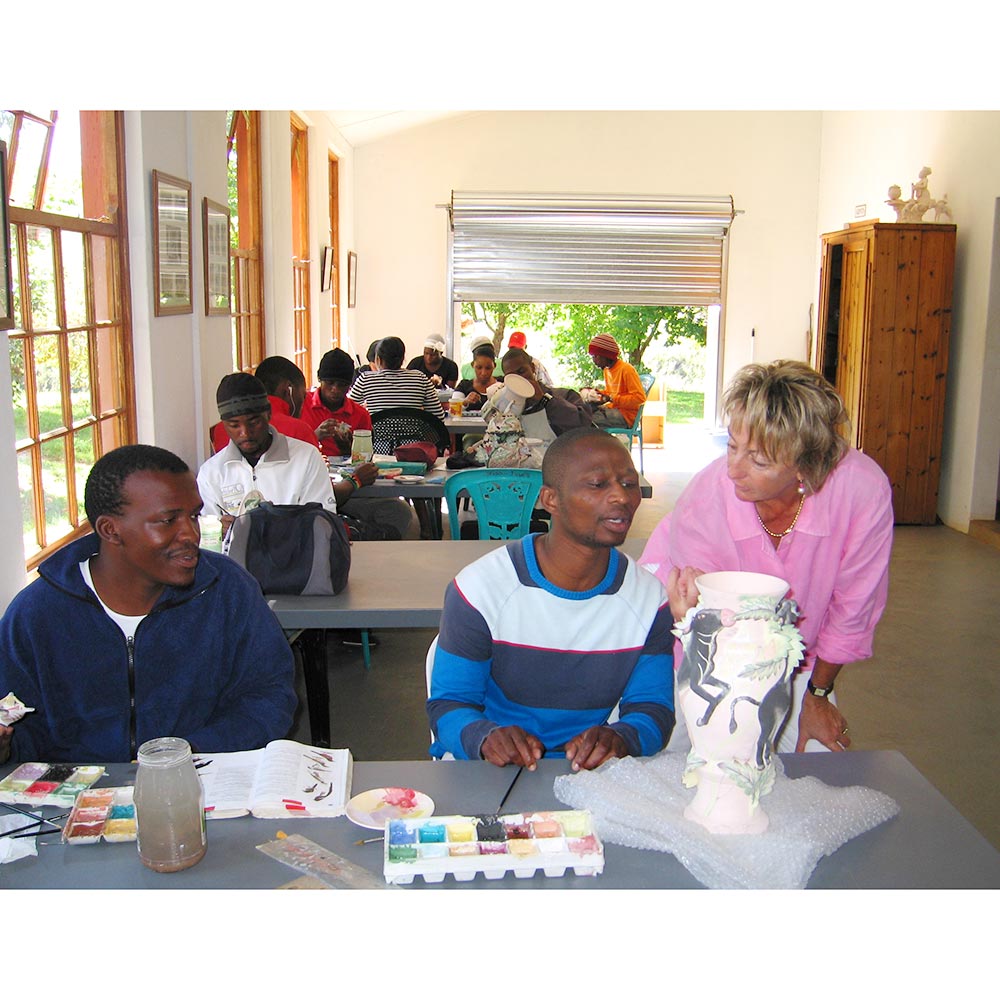
Ardmore Painting Studio at Caversham
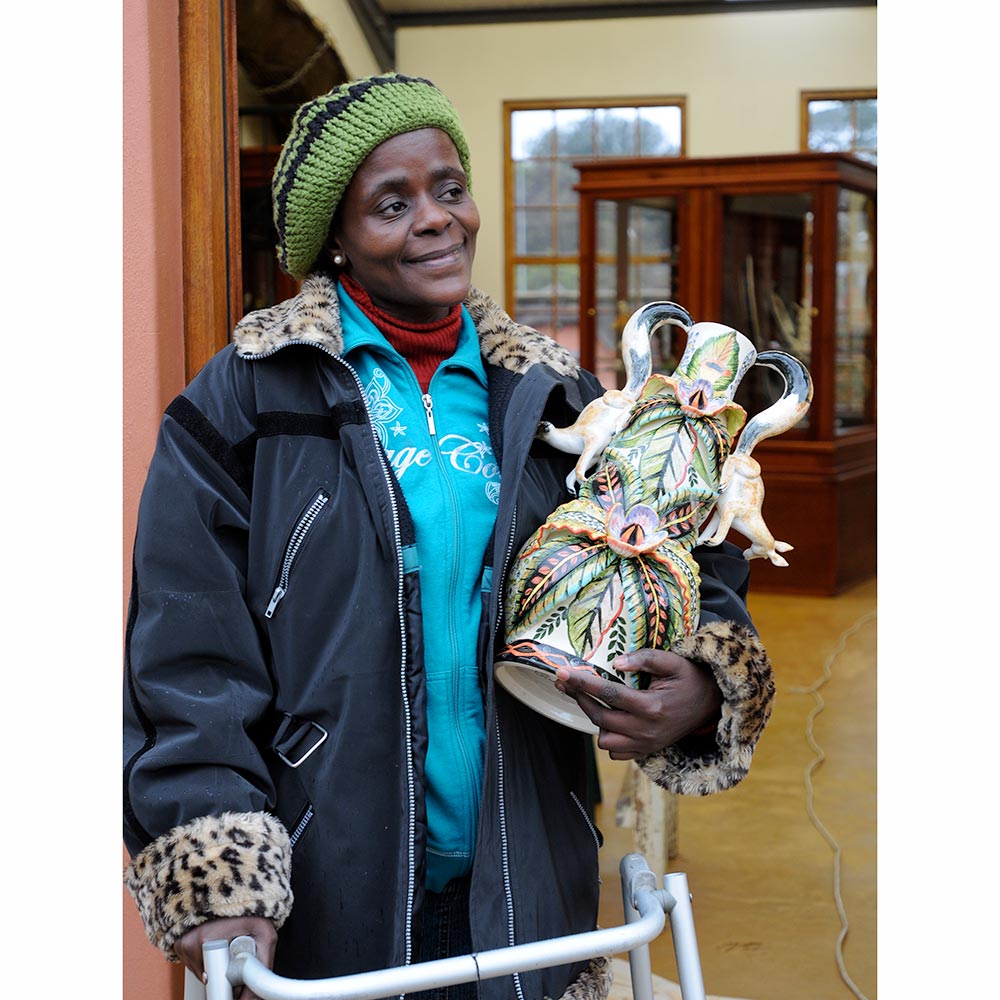
Punch with vase and walker
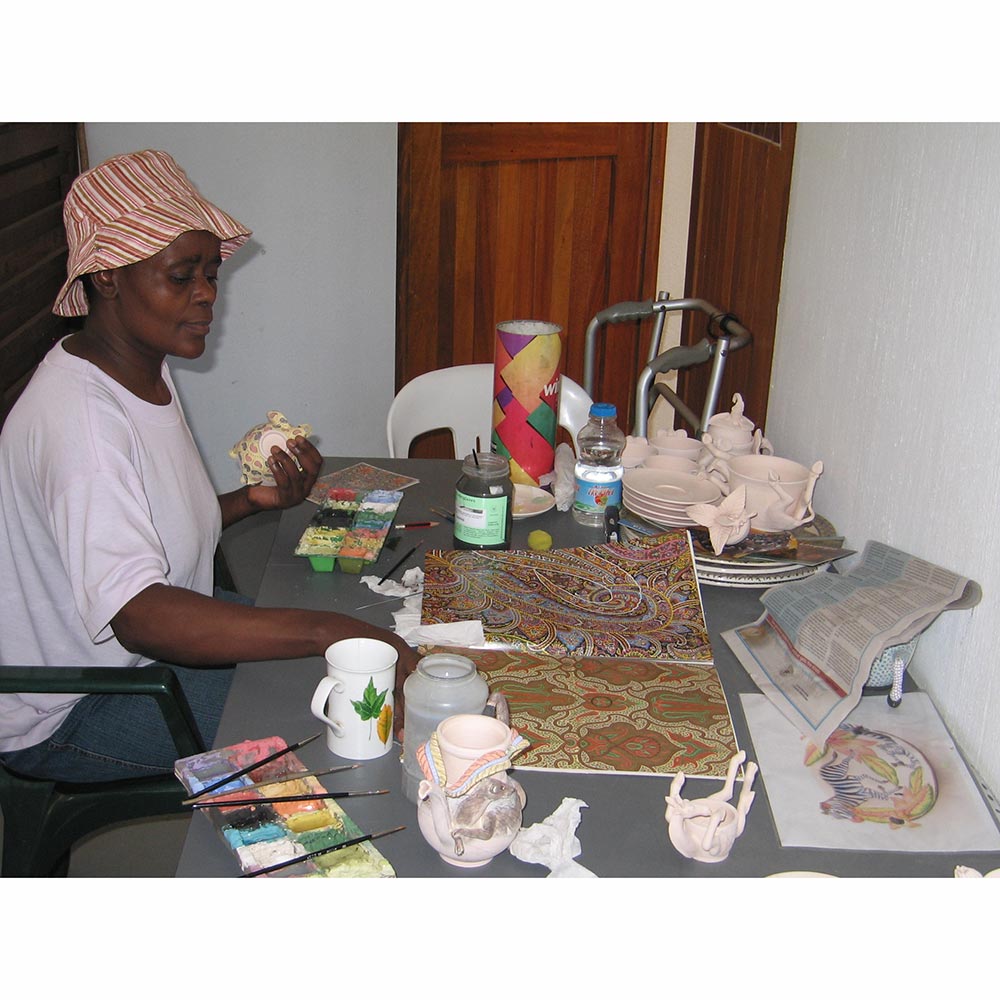
Punch painting in the studio
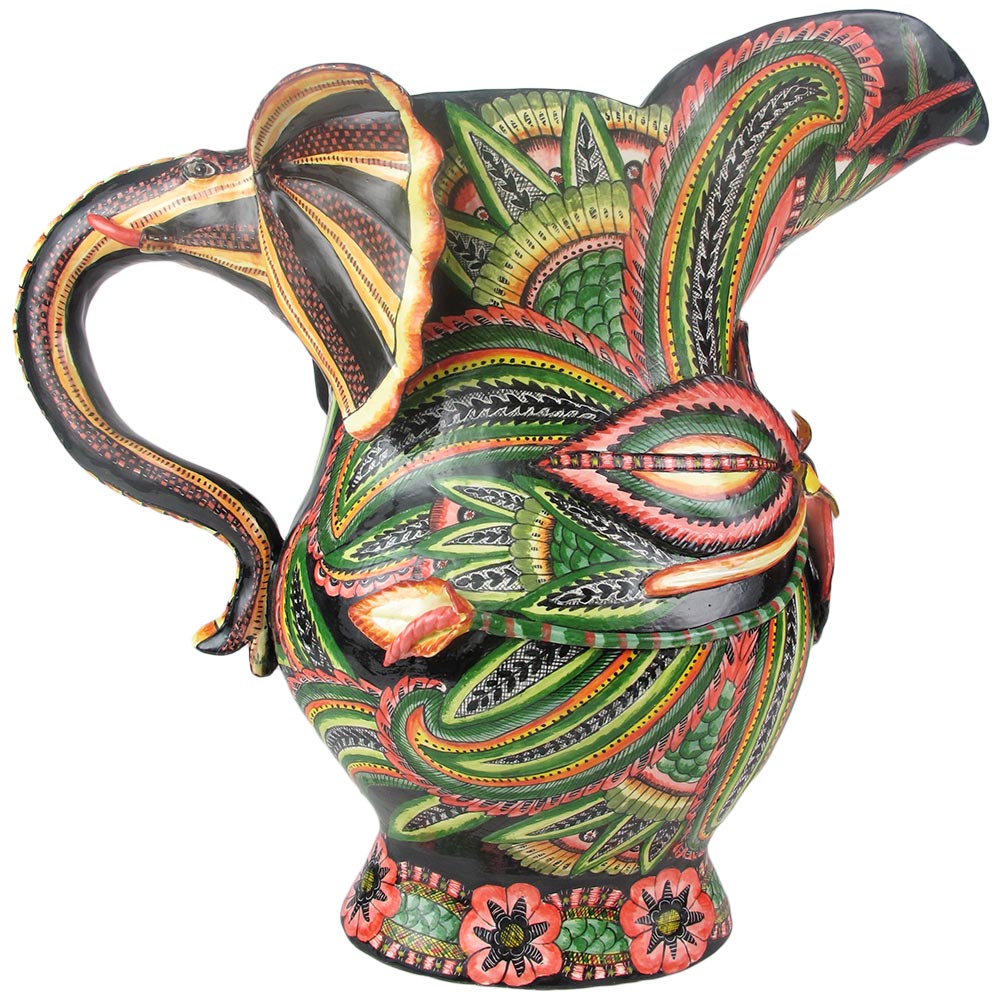
Ardmore Elephant Handle Jug by Somandla & Punch
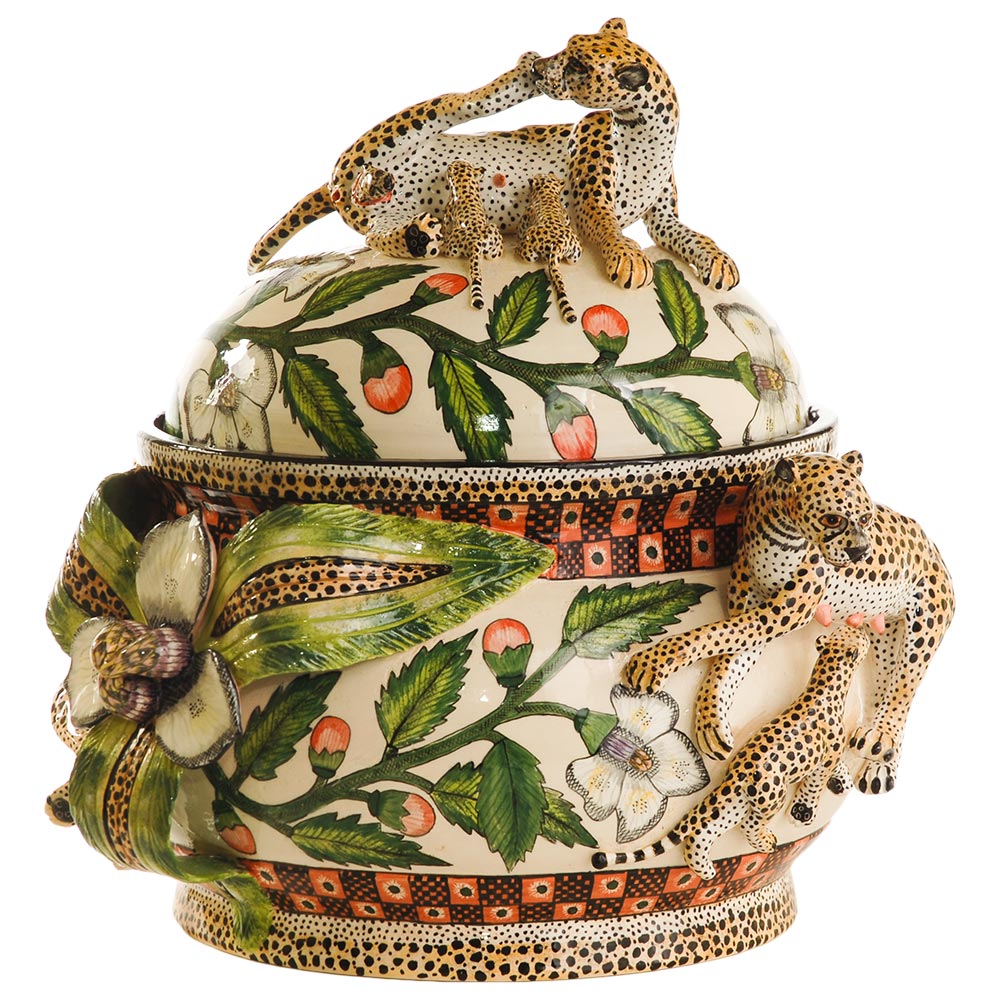
Ardmore Leopard Tureen by Sabelo & Punch
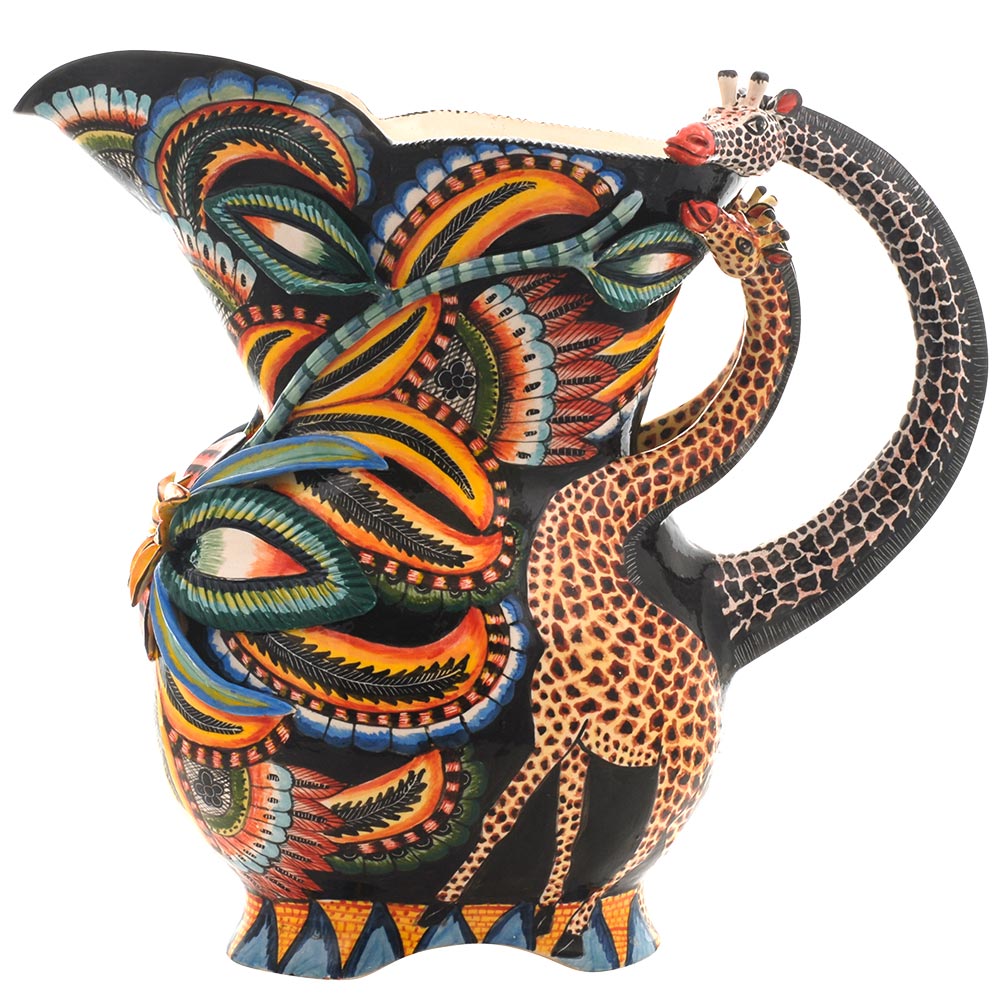
Ardmore Giraffe Handle Jug by Somandla & Punch
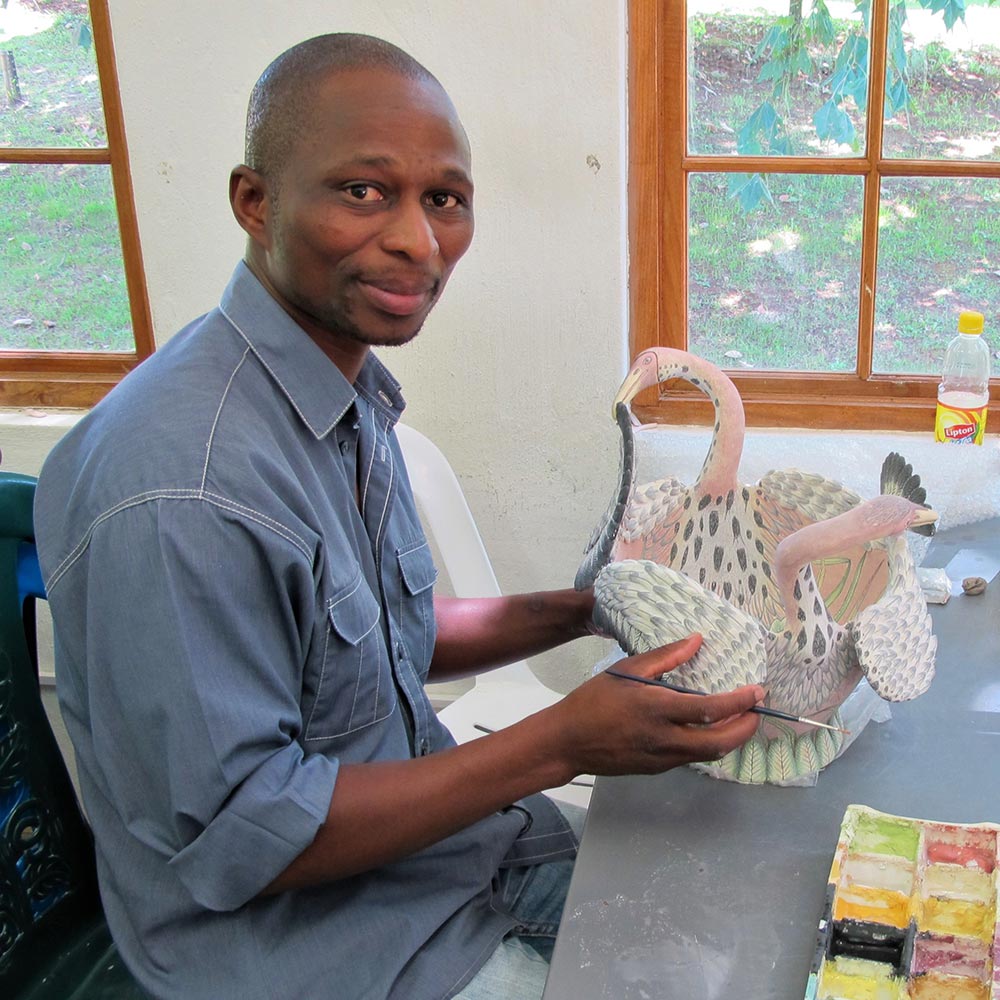
Mickey Painting a Bird Bowl which is now at WMODA
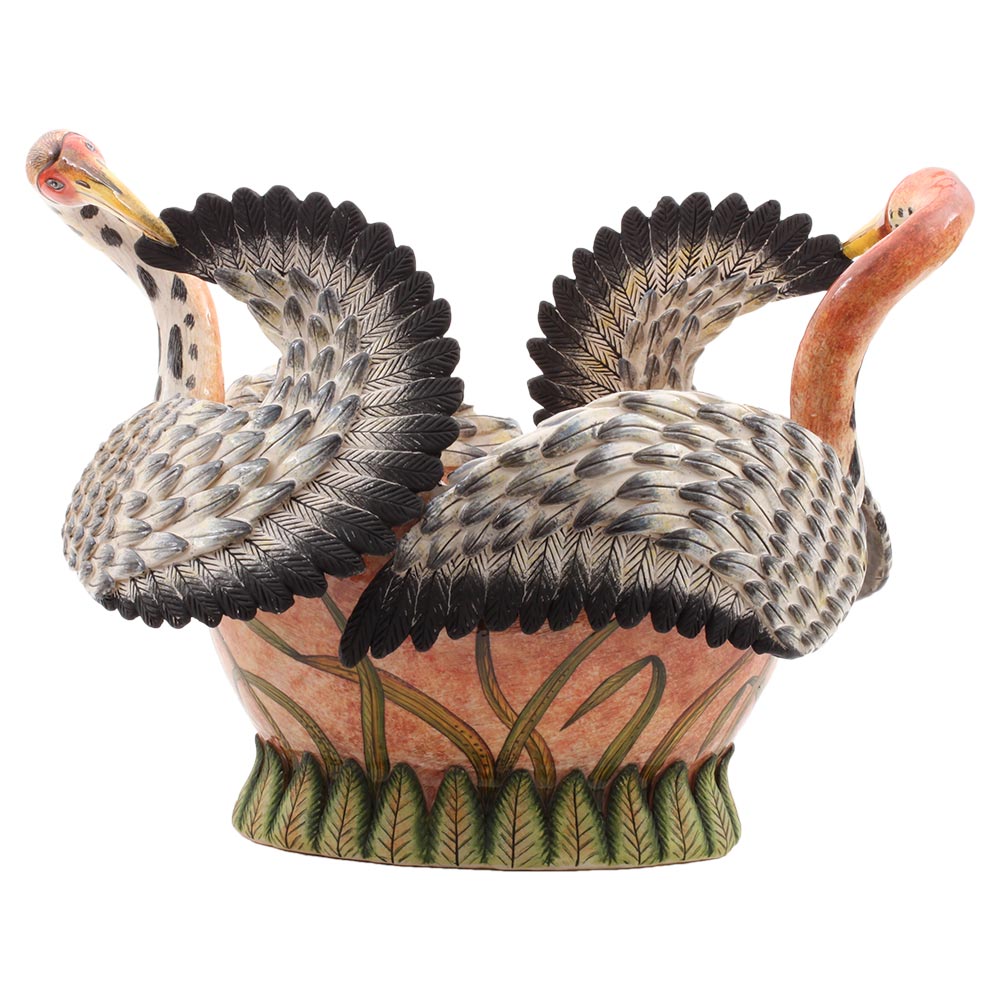
Ardmore Bird Bowl by Somandla & Mickey
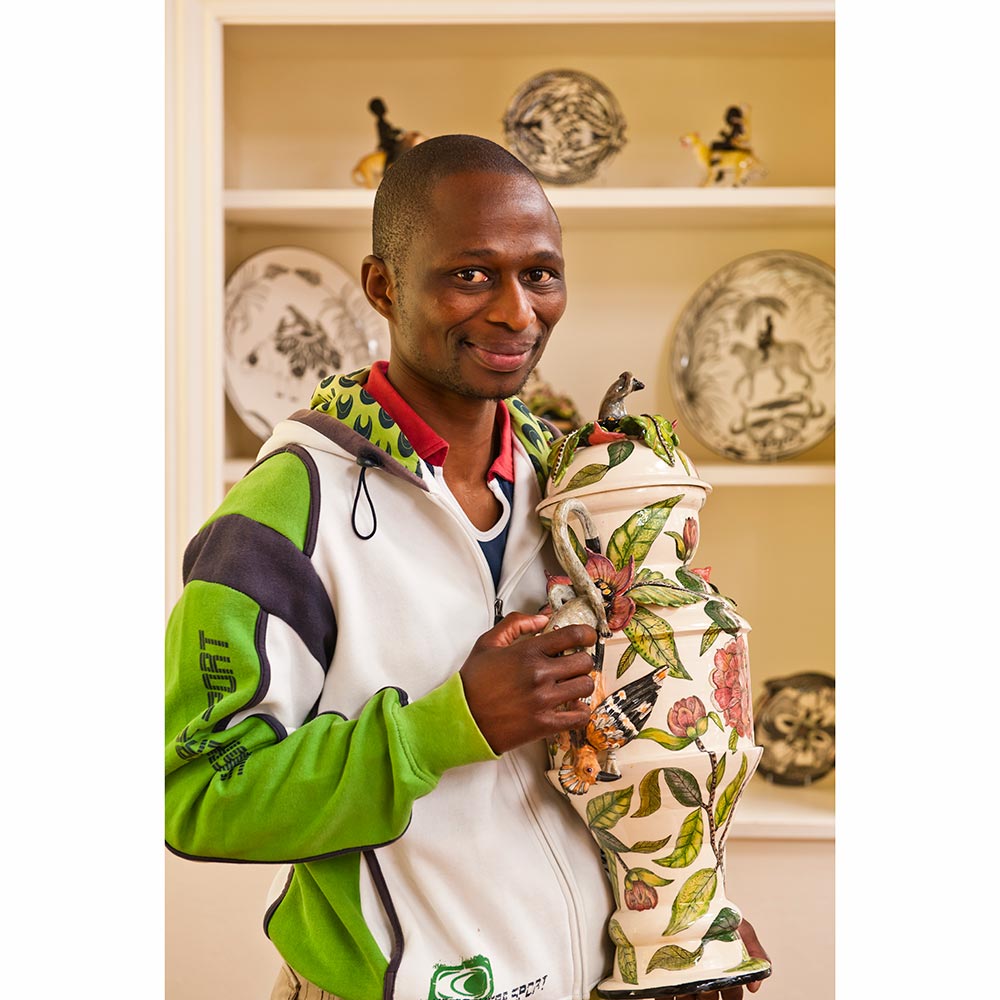
Mickey with Monkey & Bird Vase
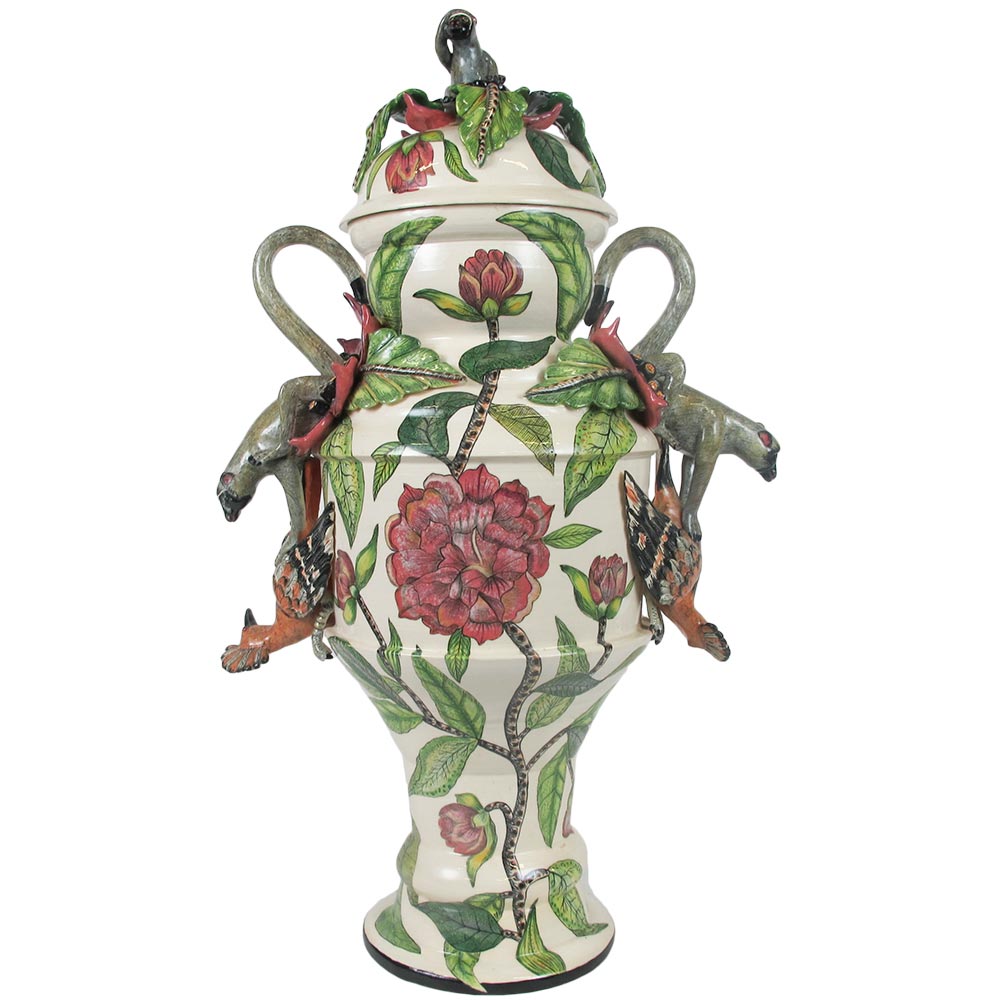
Ardmore Monkey & Bird Vase at WMODA
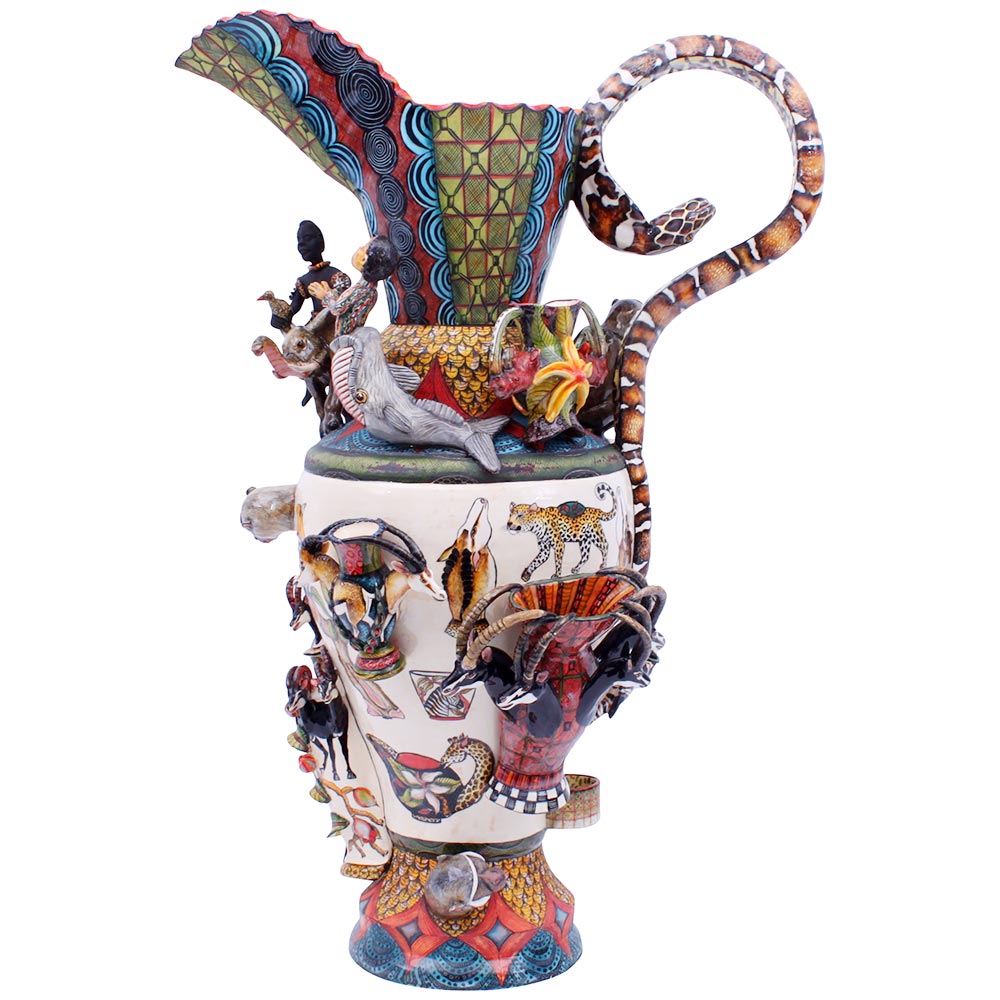
Ardmore 30 Year Commemorative Ewer by Sfiso & Elvis
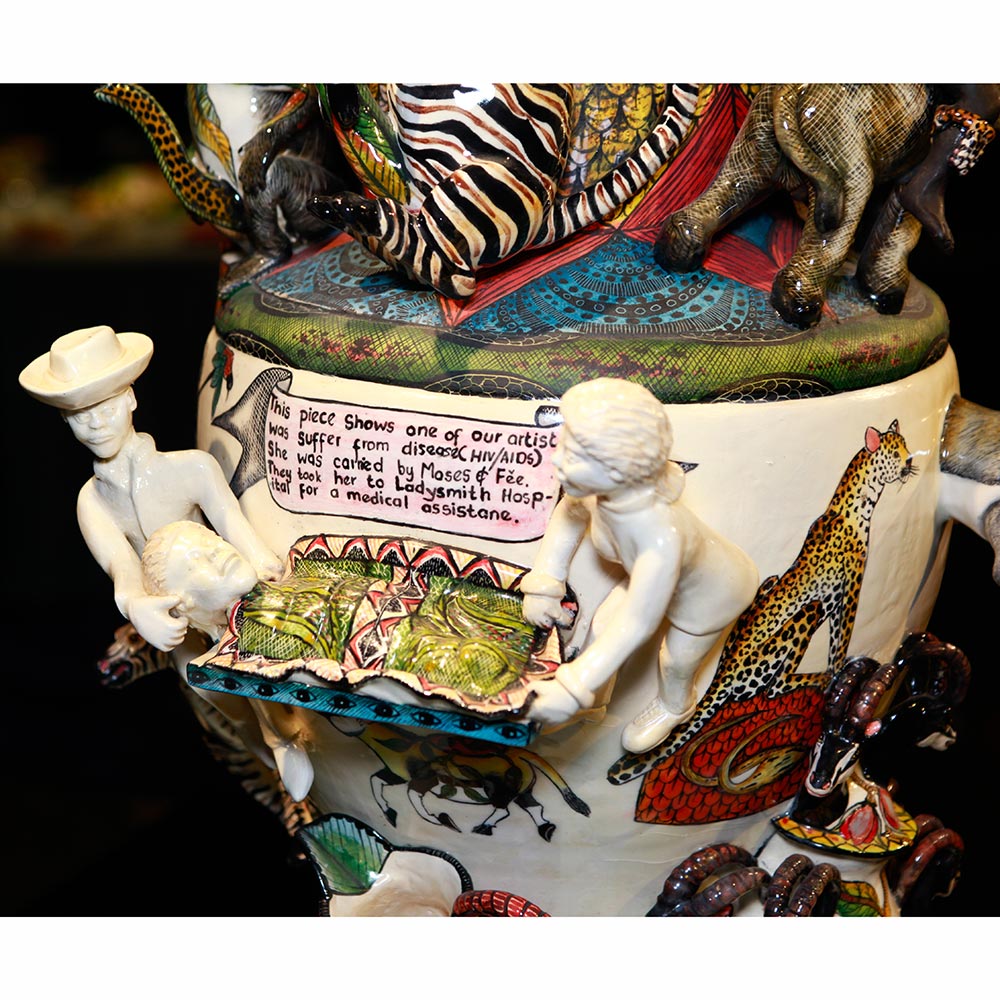
Commemorative Ewer detail
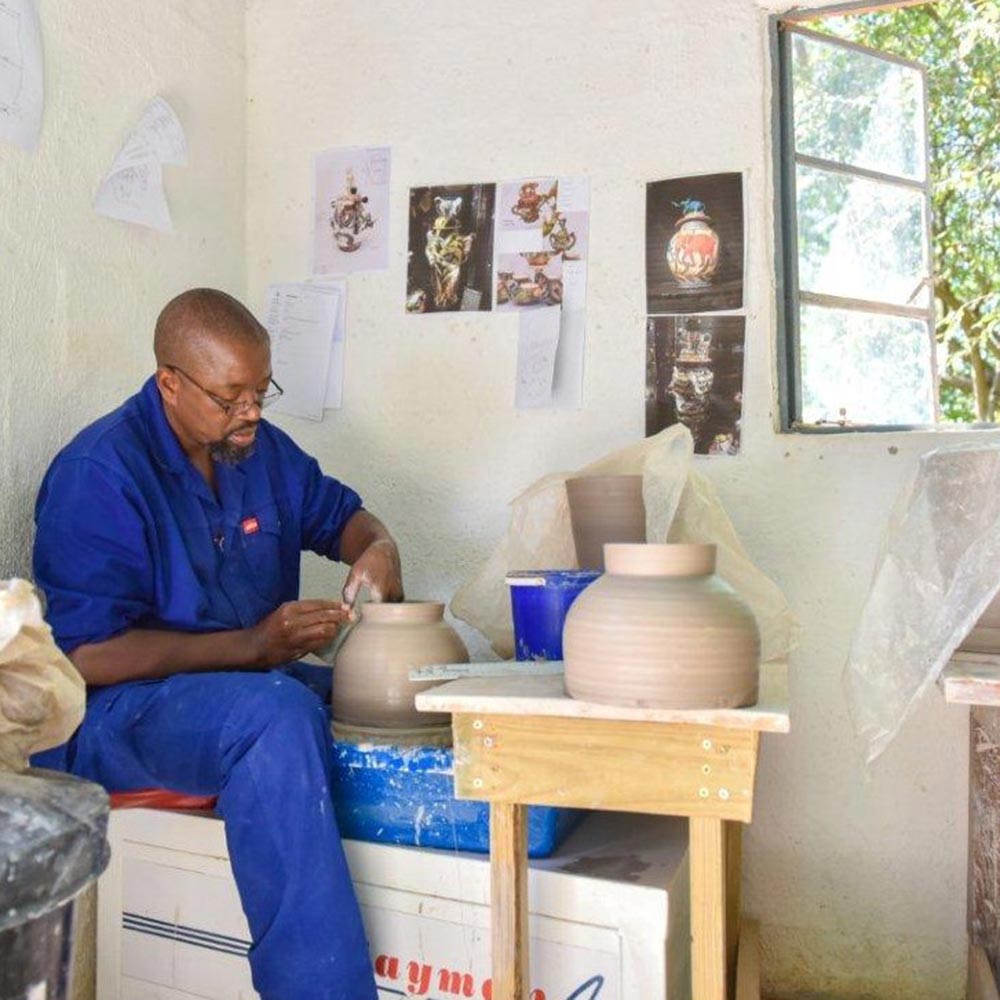
Lovemore Sithole working on a potter's wheel
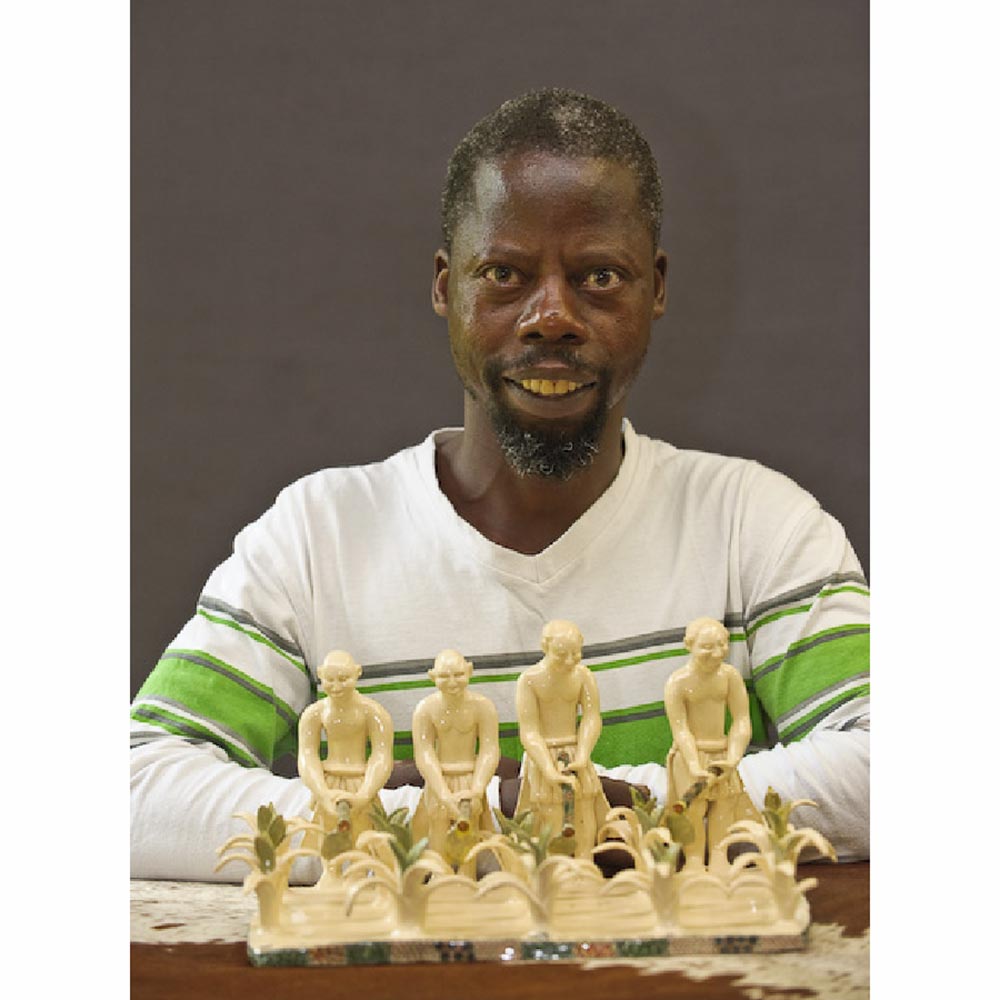
Nhlanhla Nsudwane
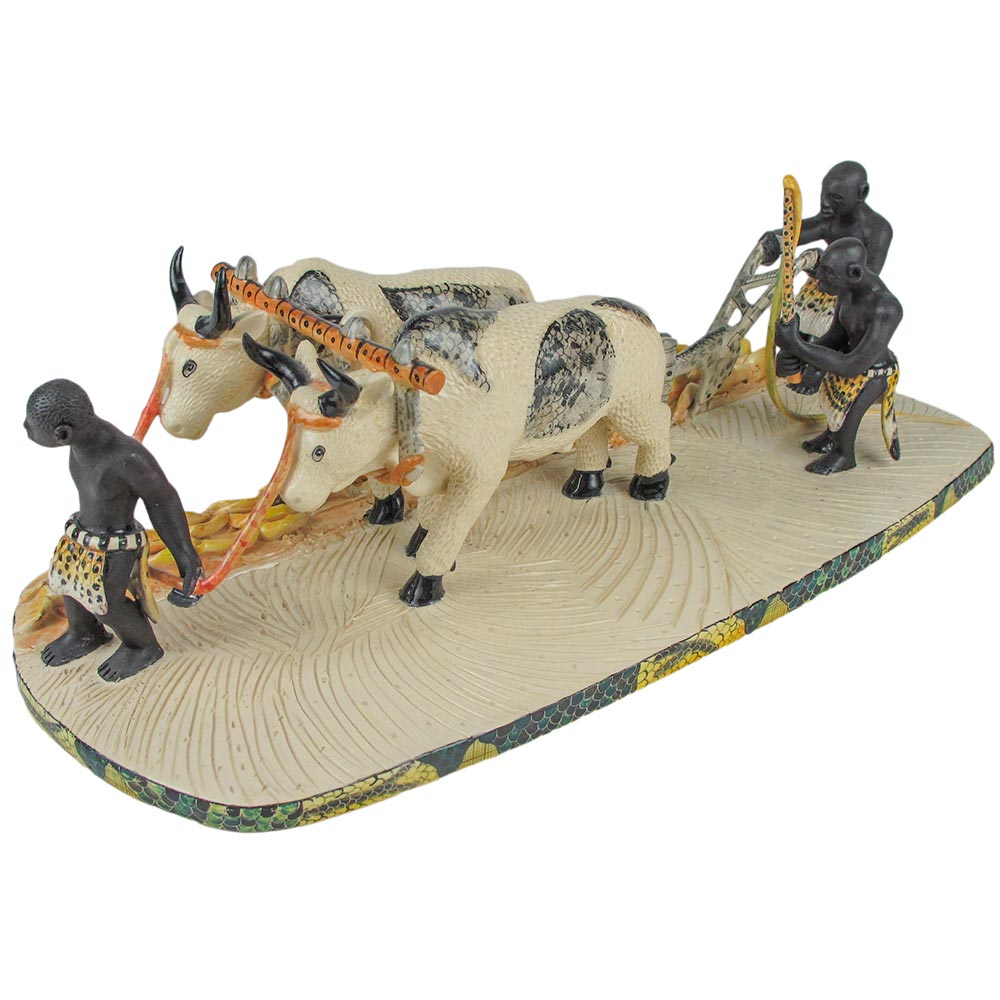
Ardmore Plouging by Nhlanhla & Roux
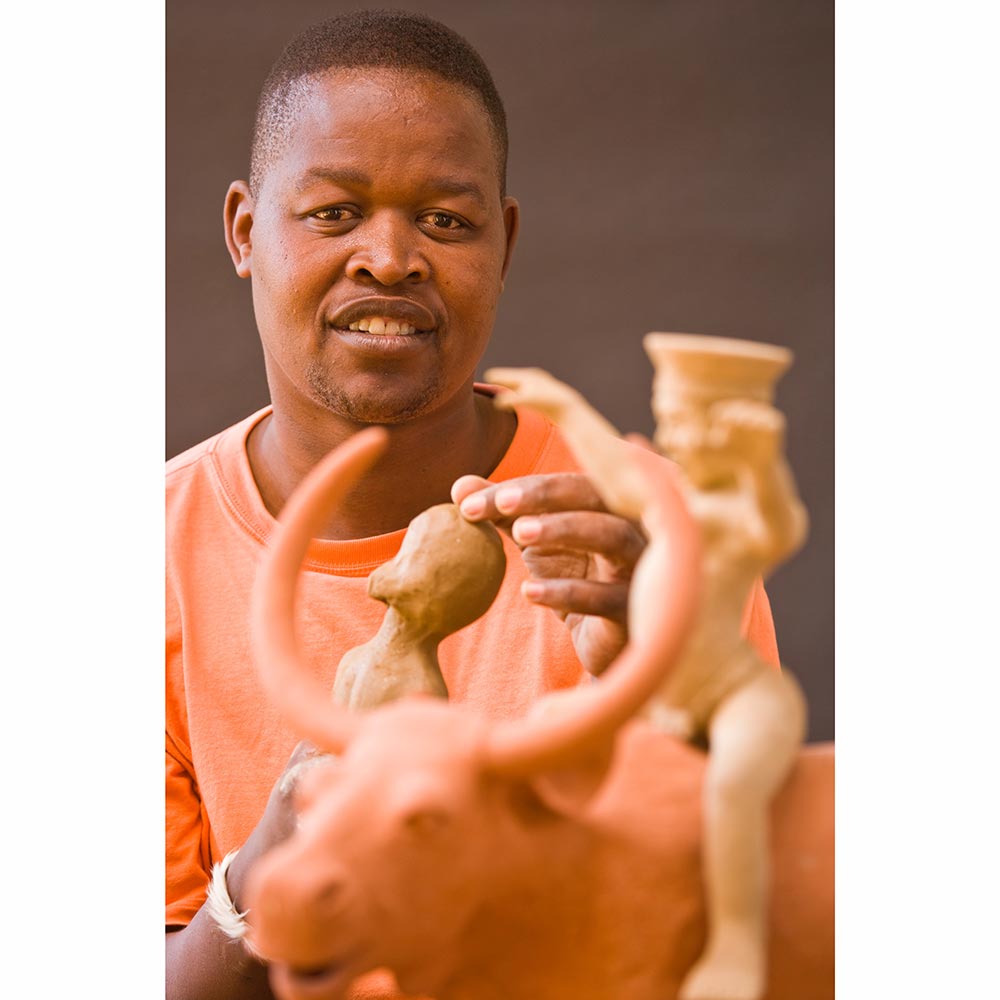
Petros Gumbi
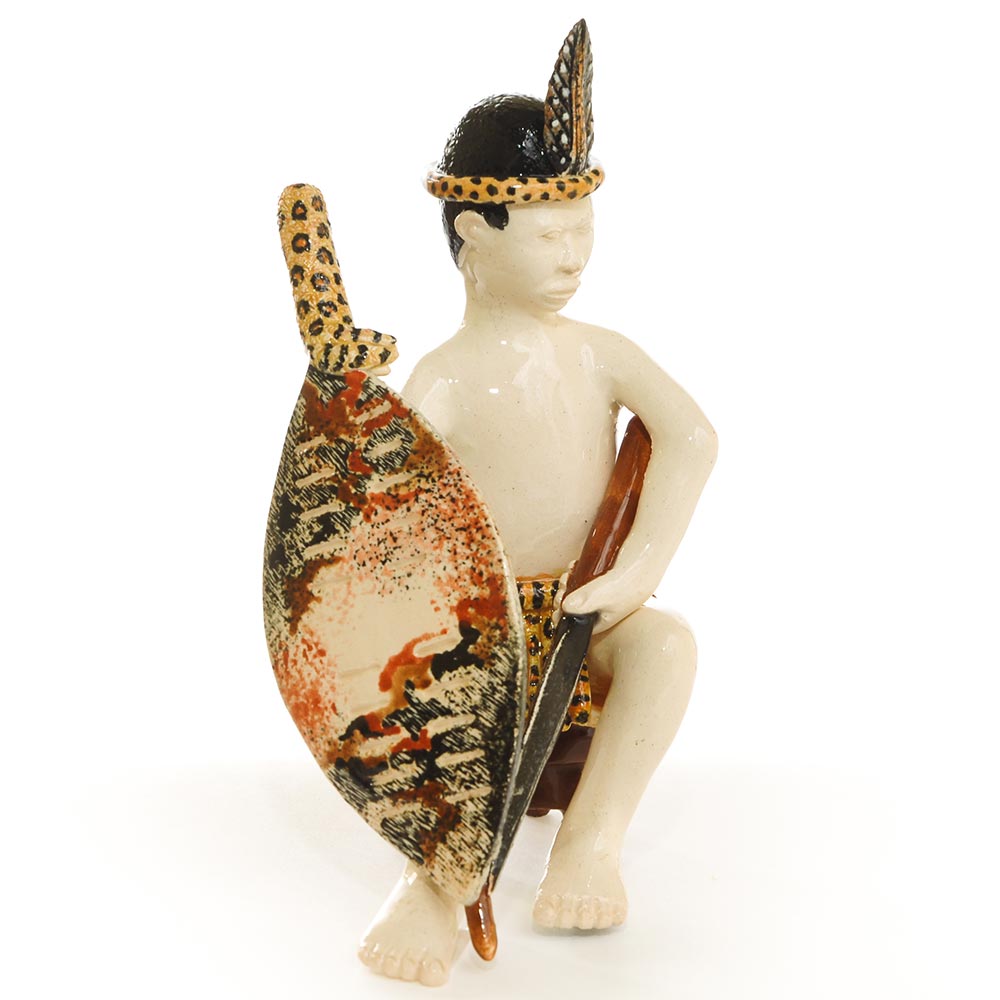
Ardmore Zulu Hunter by Petros & Alex
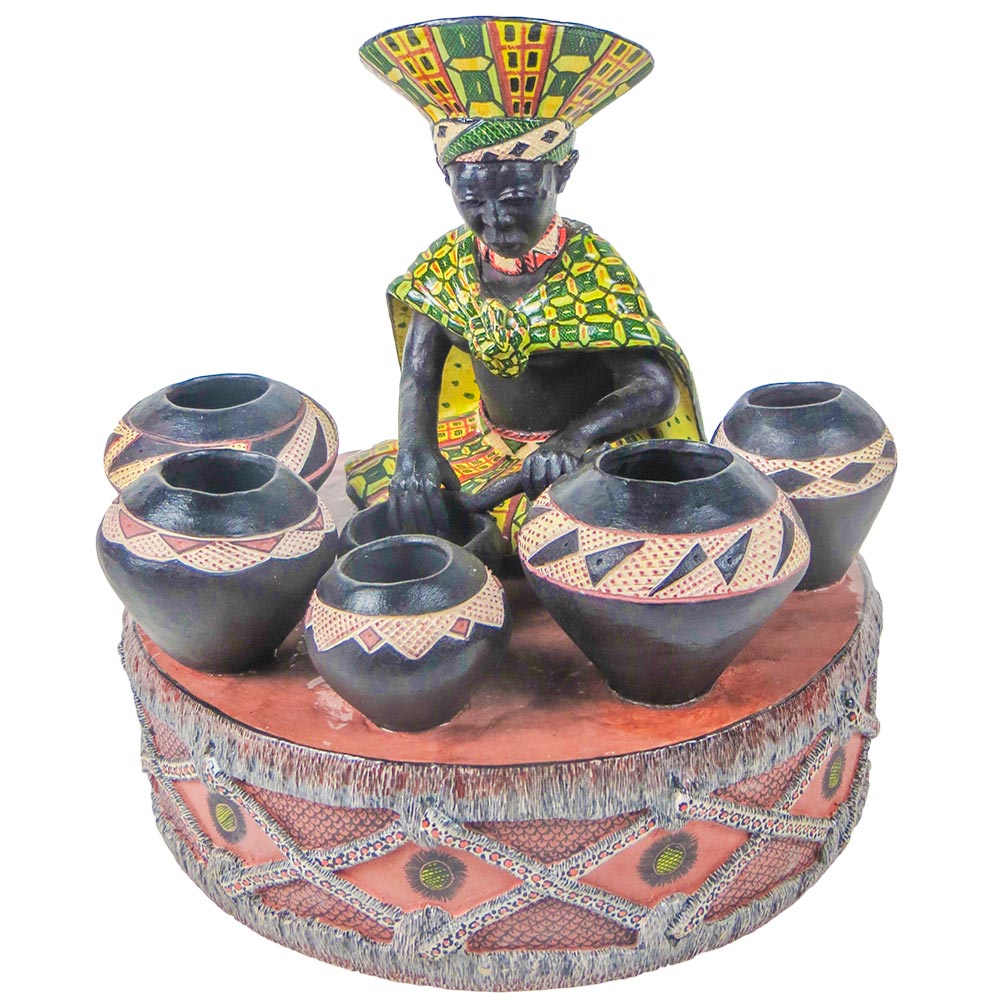
Ardmore Zulu Potter by Petros & Jabu
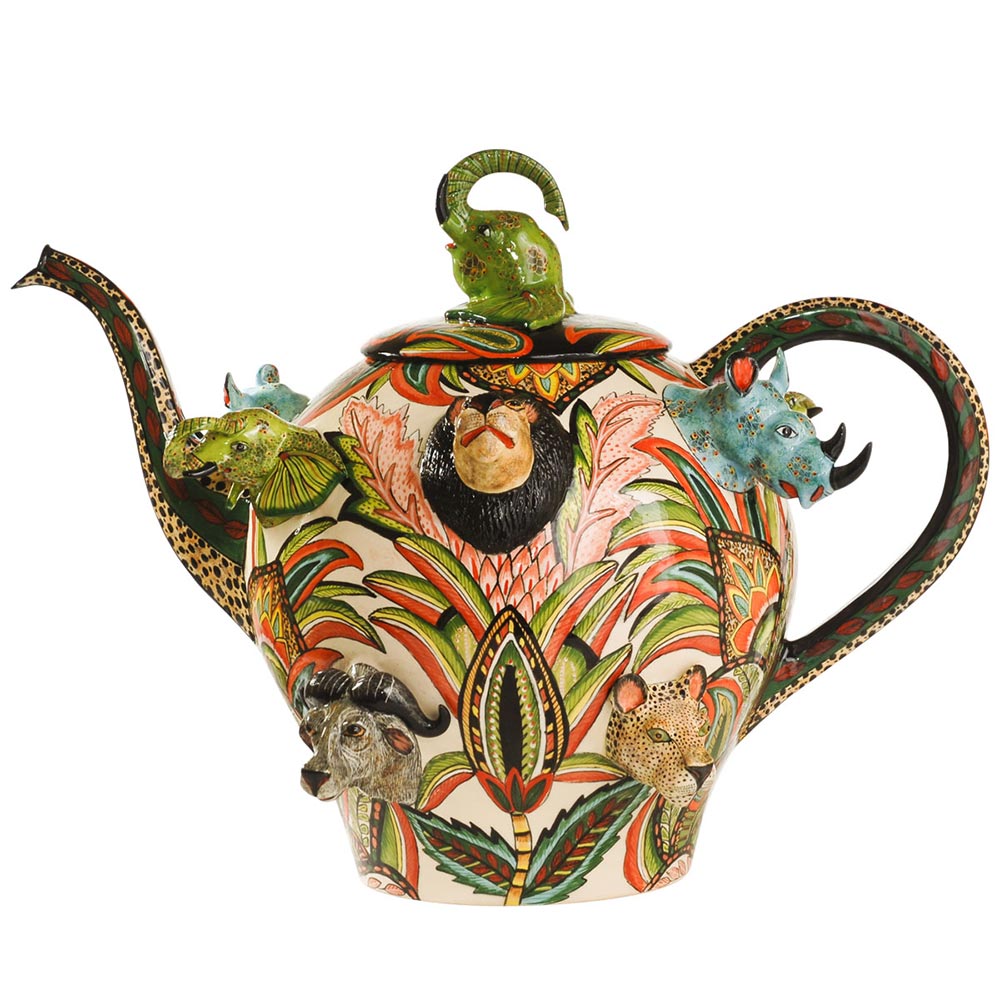
Ardmore Big Five Teapot by Petros & Punch
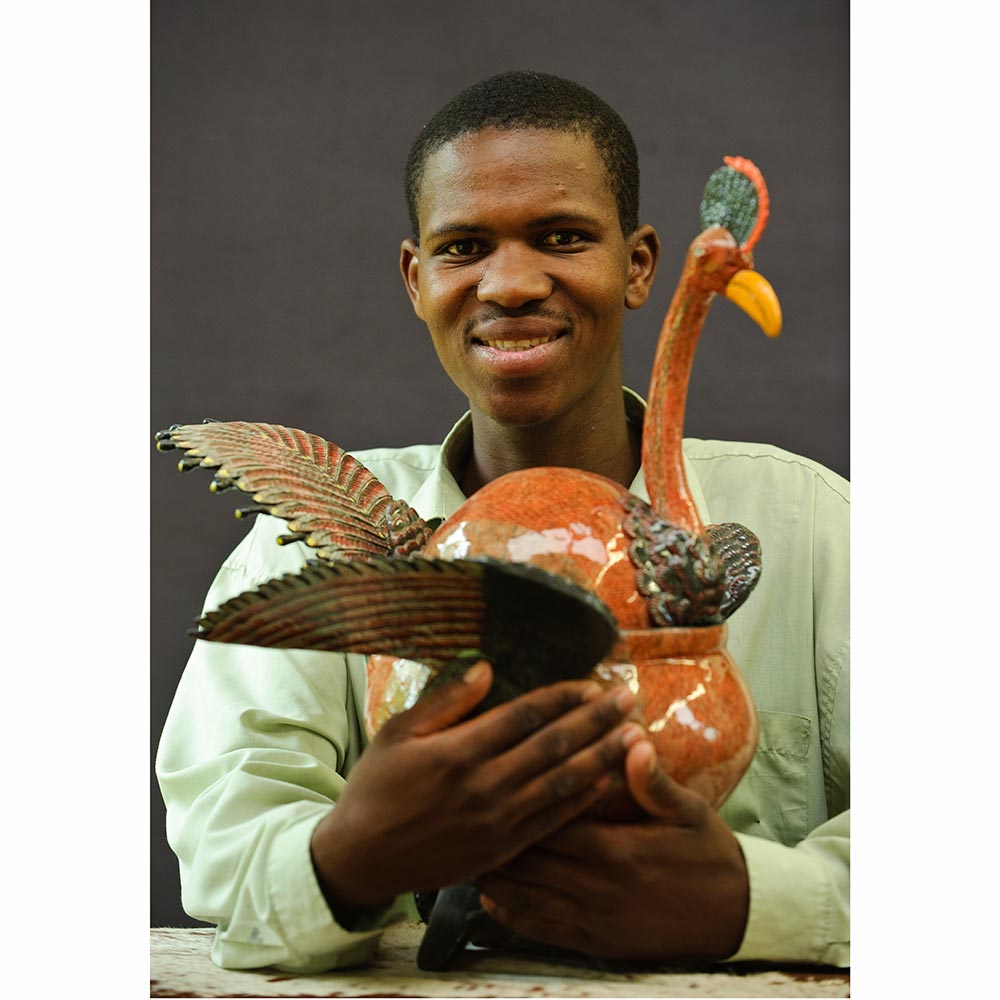
Somandla Nstalintshali
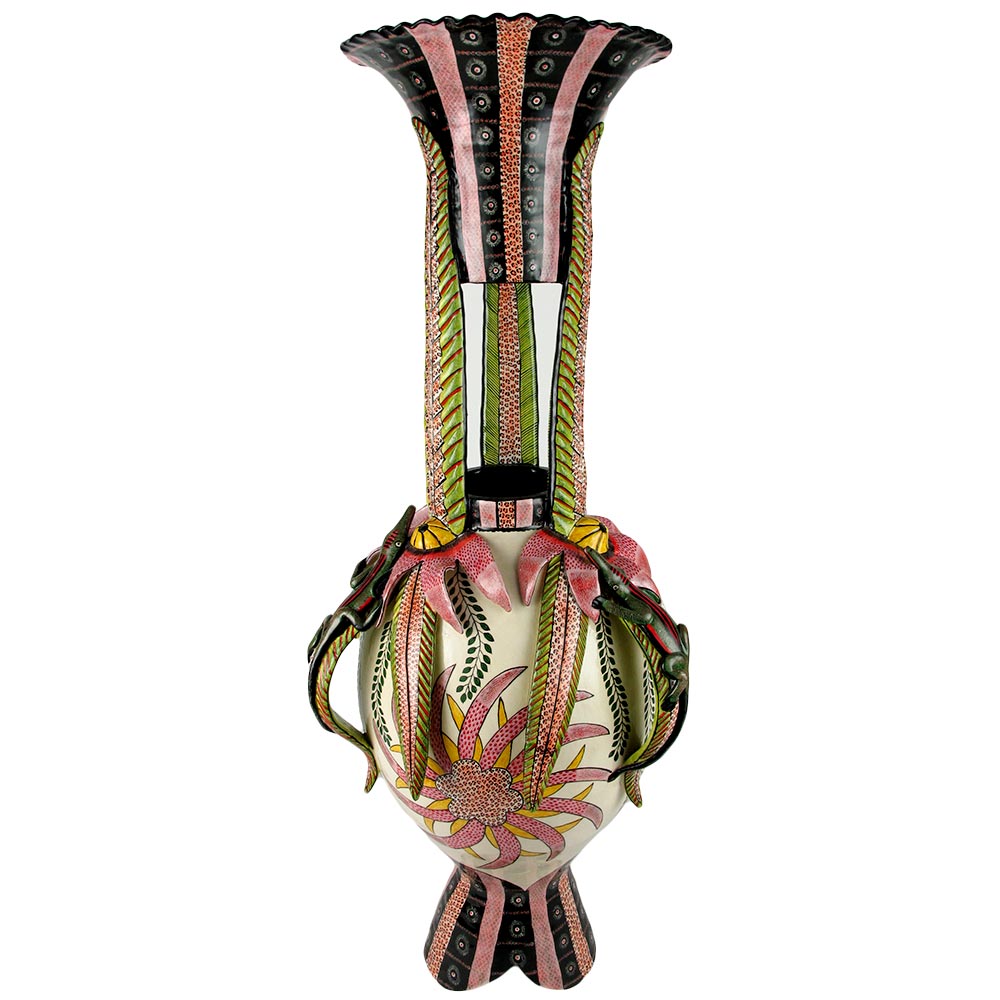
Ardmore Floral Vase by Somandla & Jabu
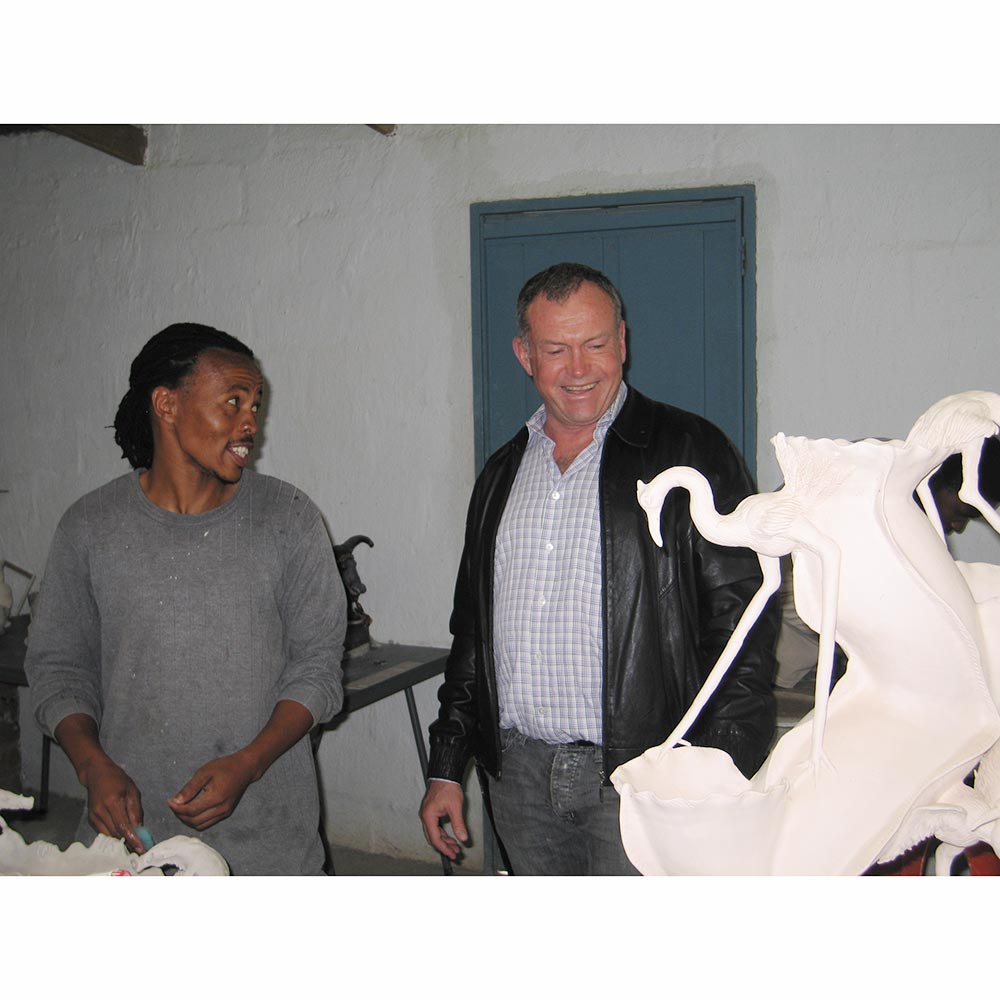
Victor Shabalala with Ed Pascoe in the Ardmore Sculpture Studio
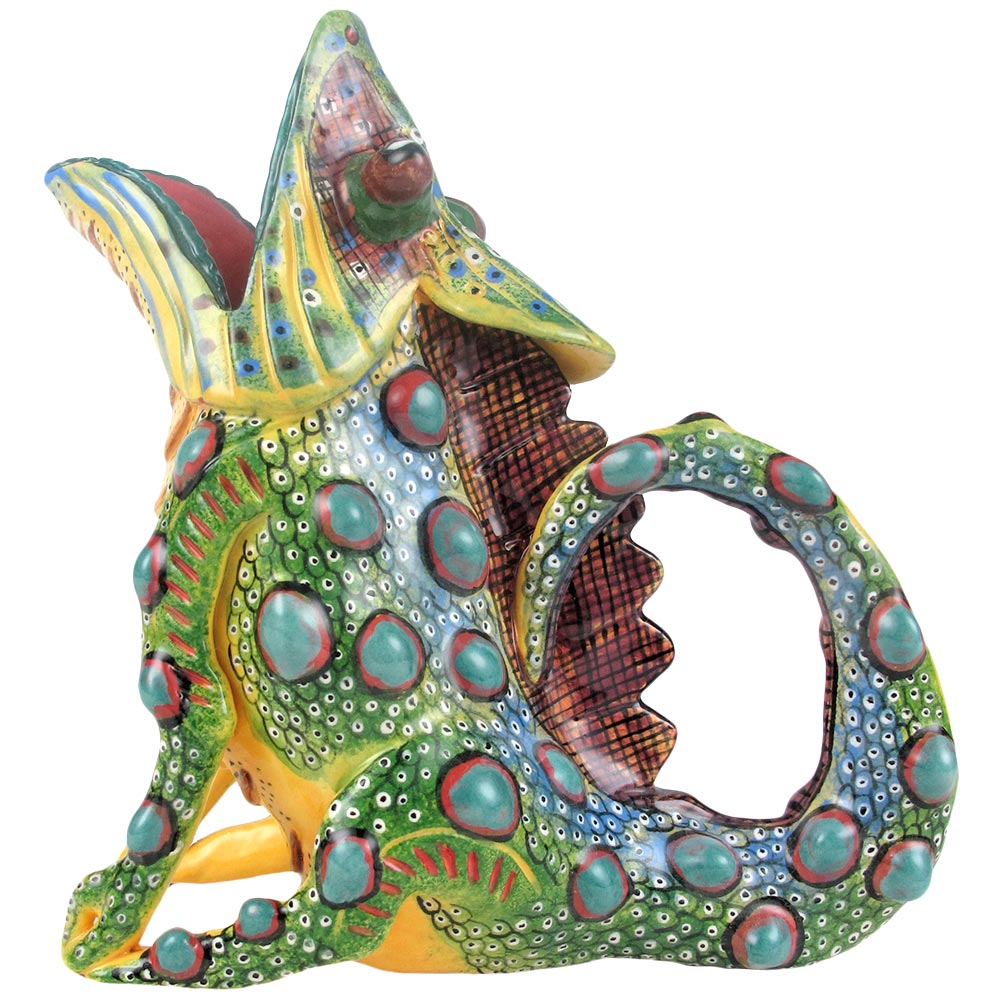
Ardmore Chameleon by Victor
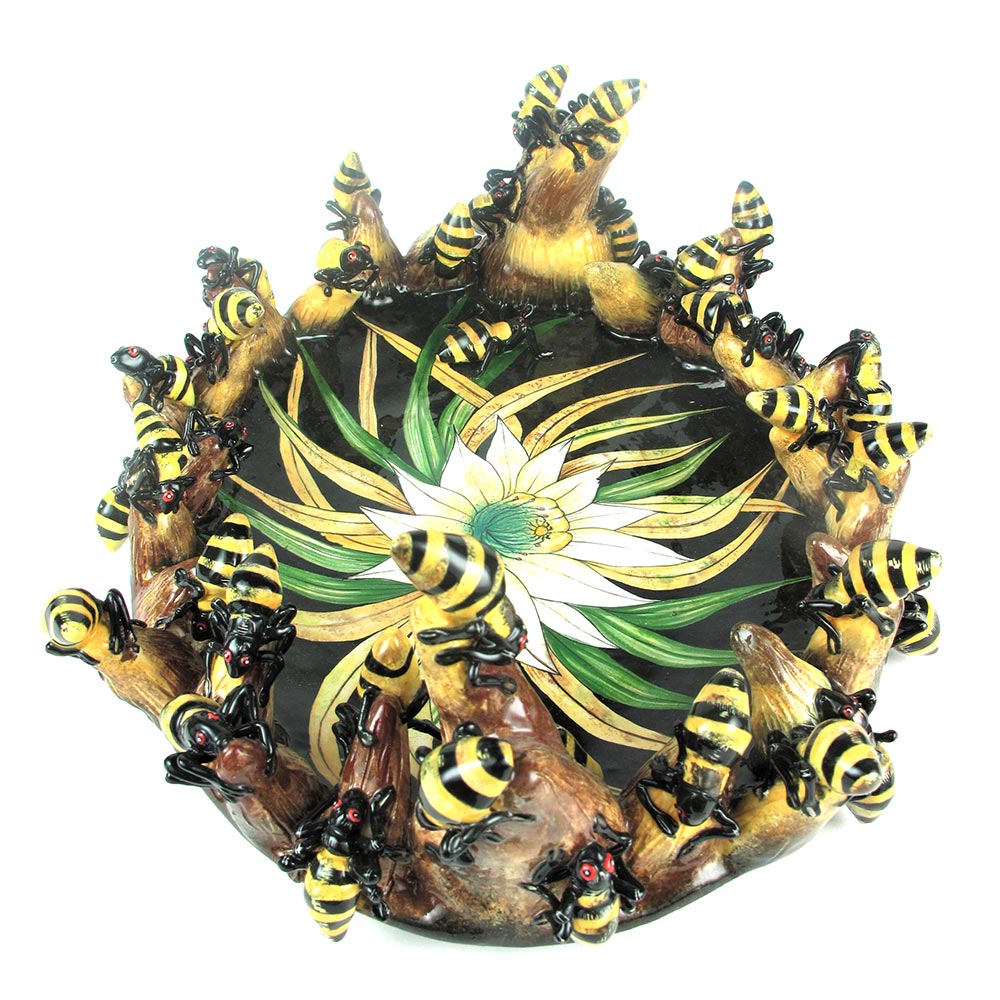
Ardmore Bee Bowl by Victor & Wiseman
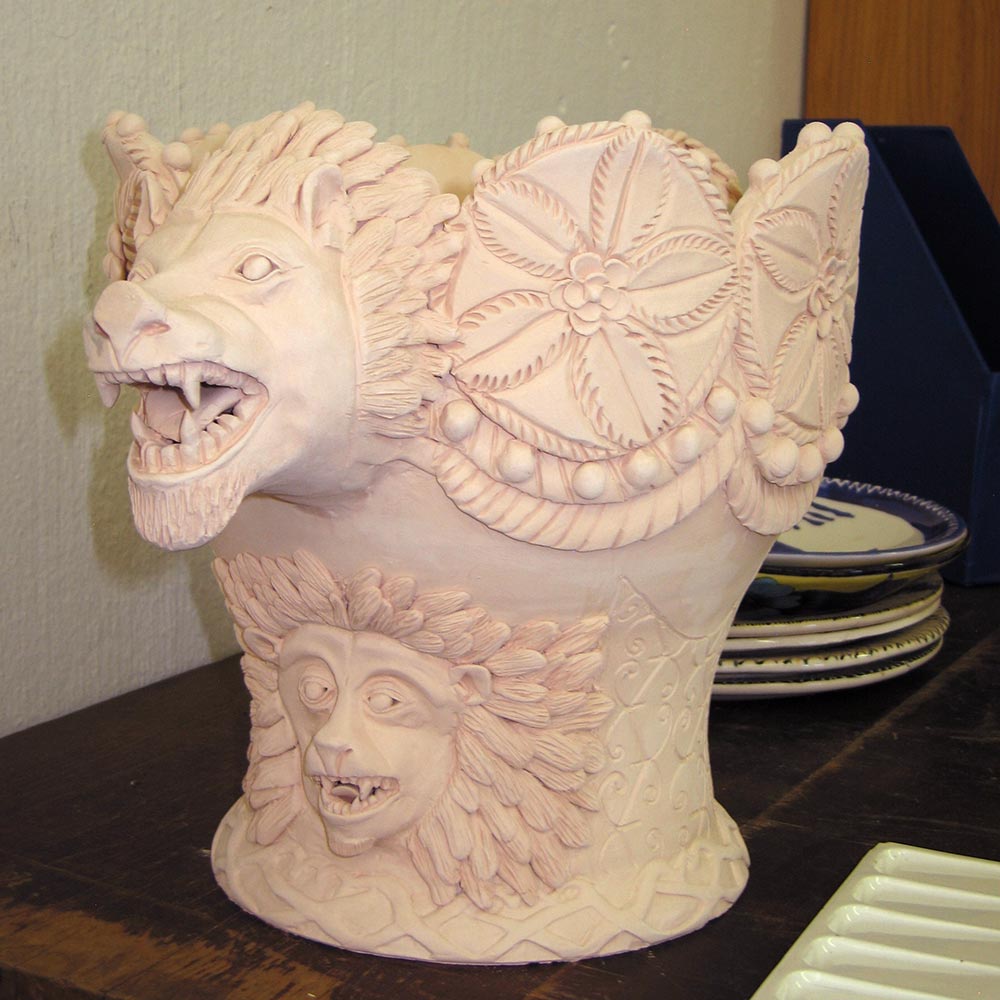
Ardmore Lion Vase by Sabelo & Punch
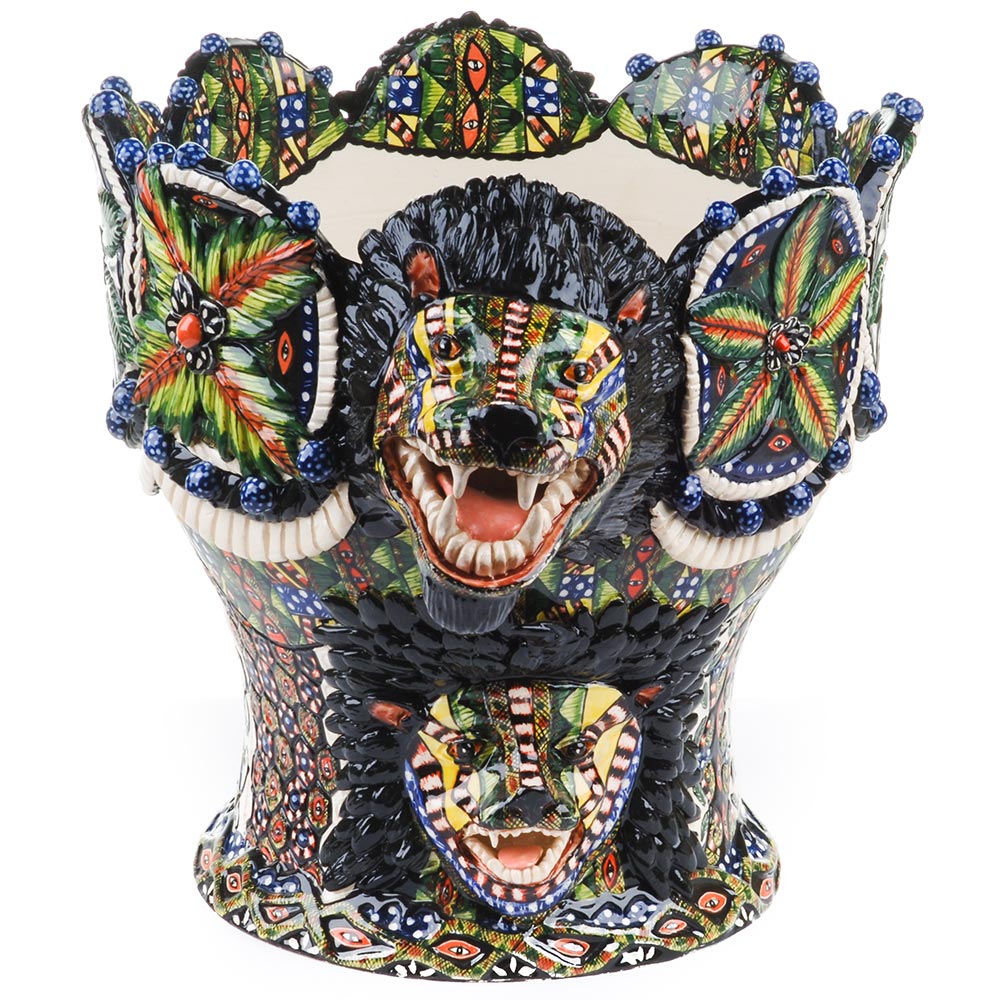
Ardmore Lion Vase by Sabelo & Punch
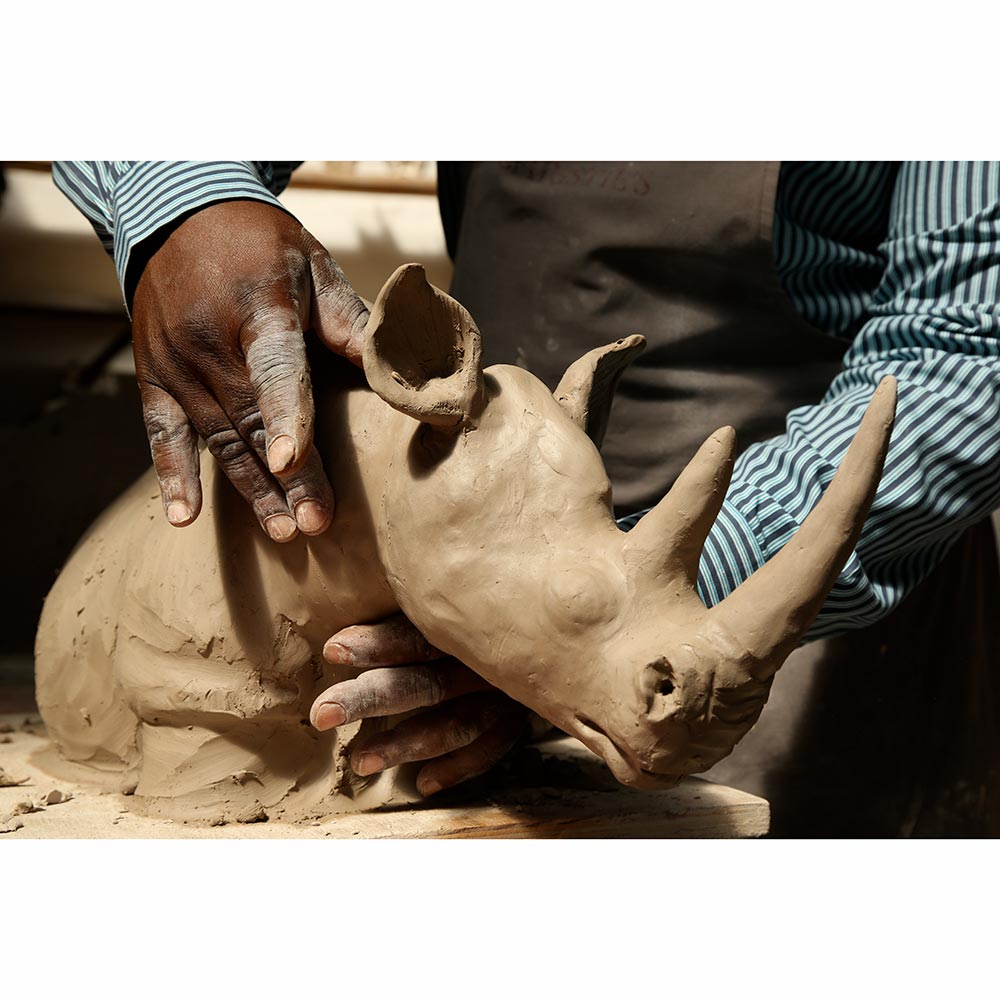
Alex Sibanda modeling rhino

Fée in Ardmore Sculpture Studio
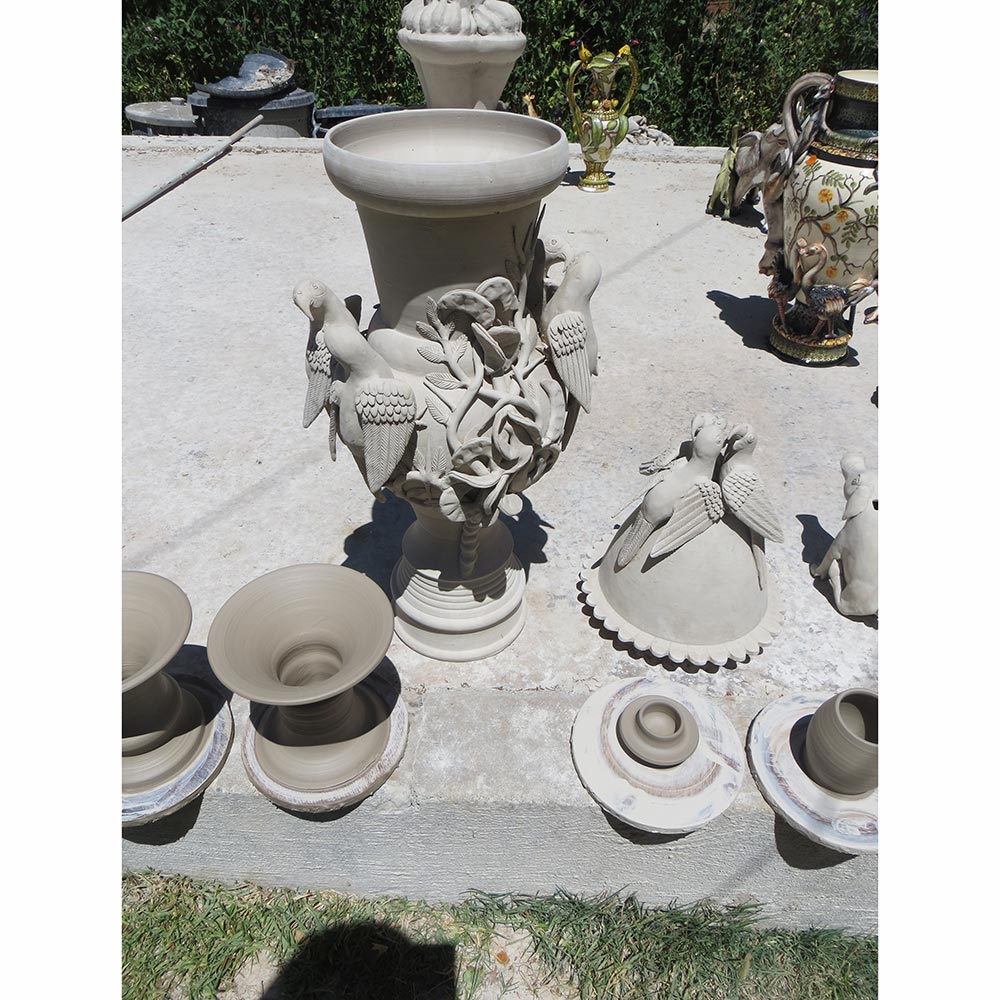
Pots drying in the sun
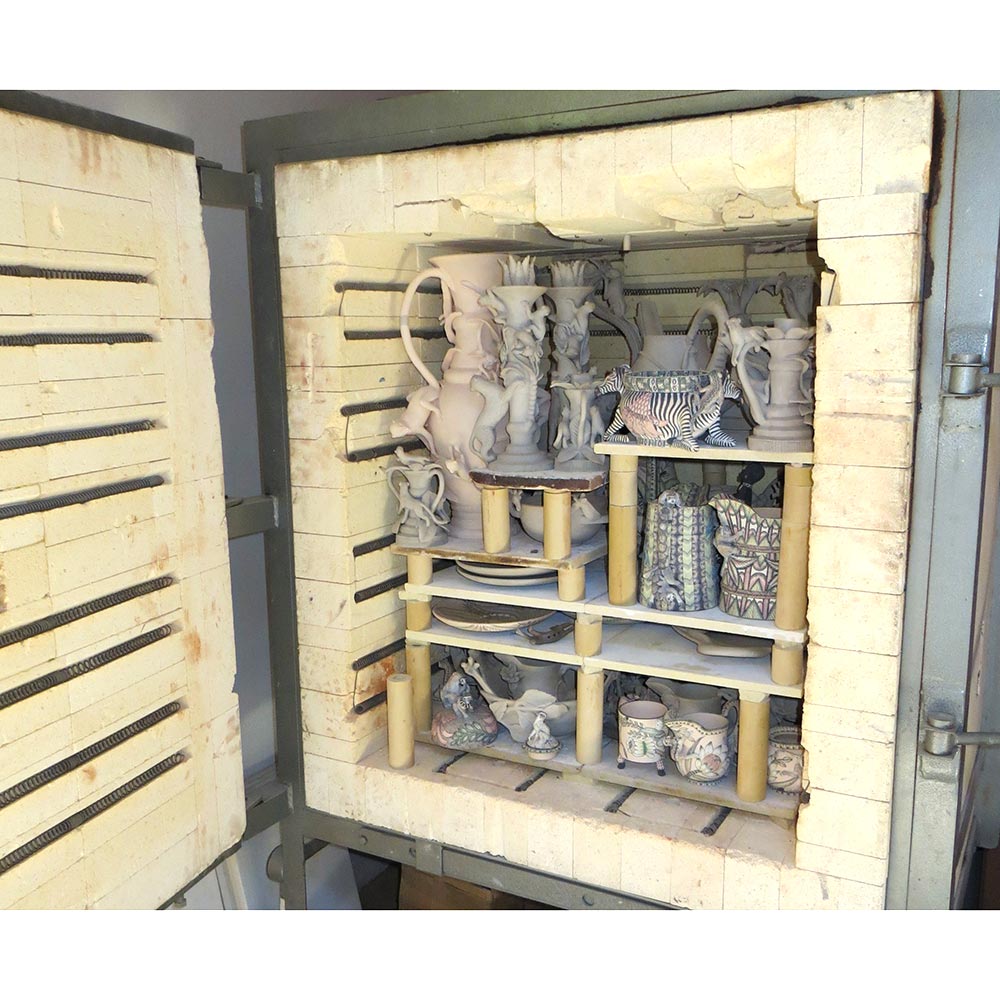
Kiln loaded for firing
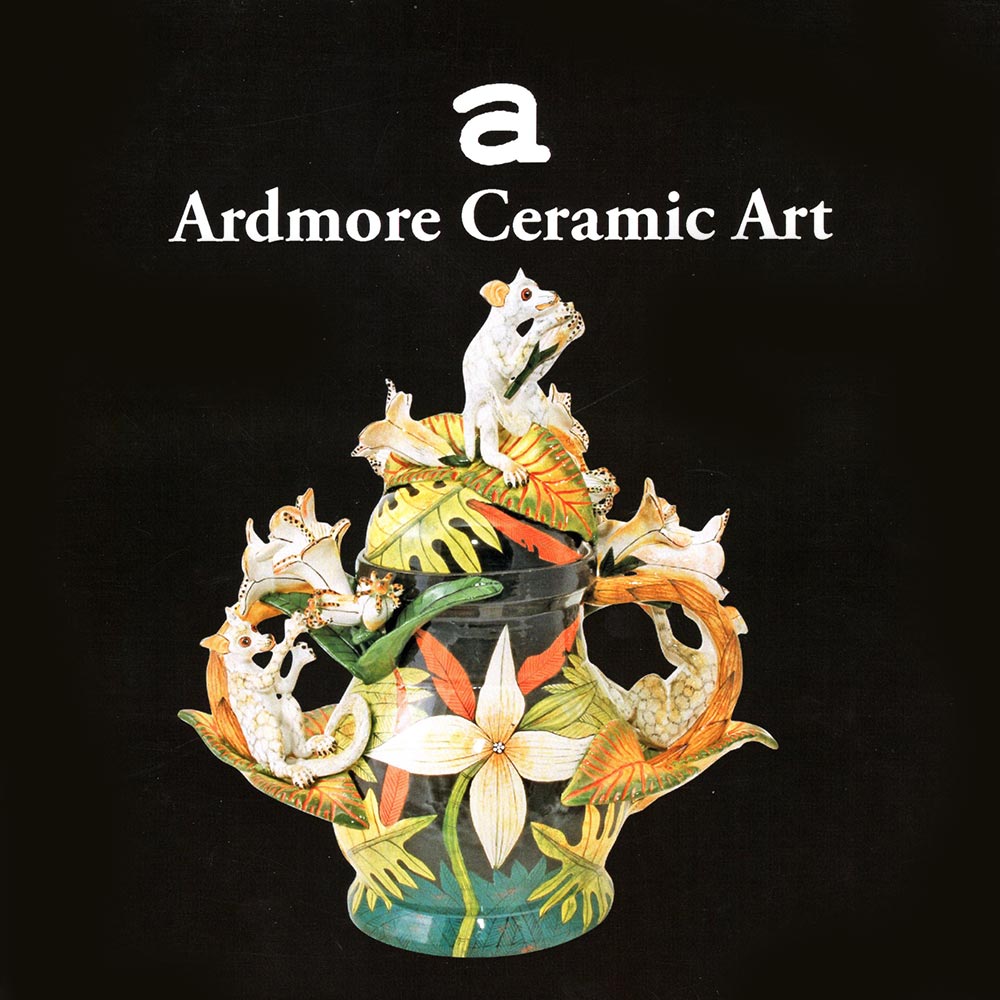
Ardmore Ceramic Art Book
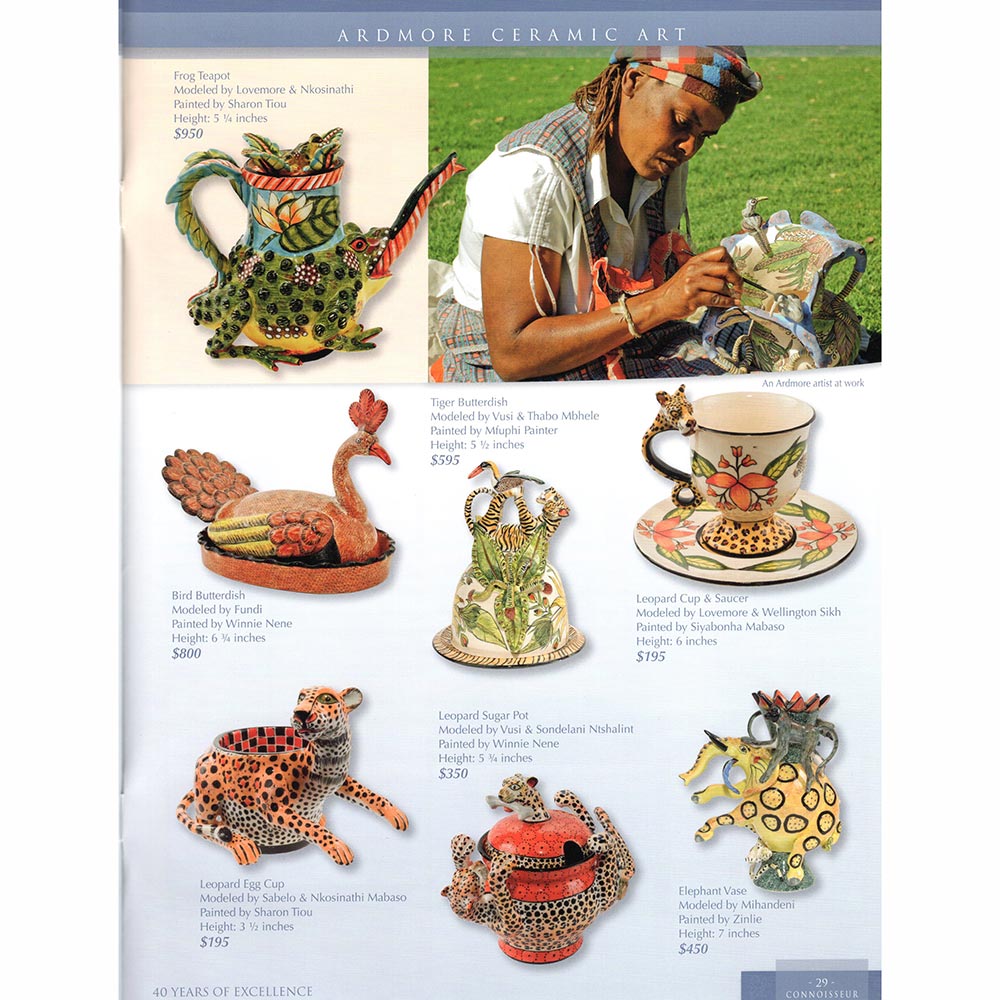
Connoisseur Catalog 2009
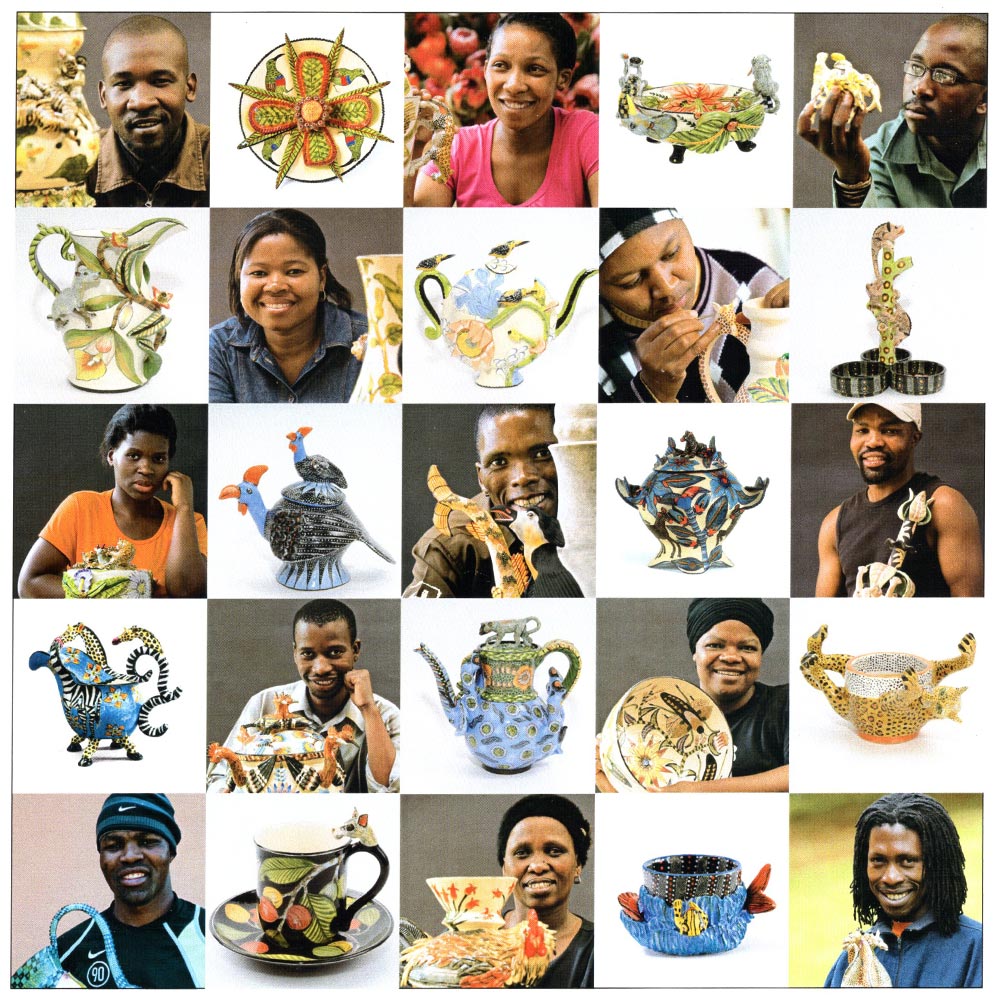
Ardmore Ceramic Art Book
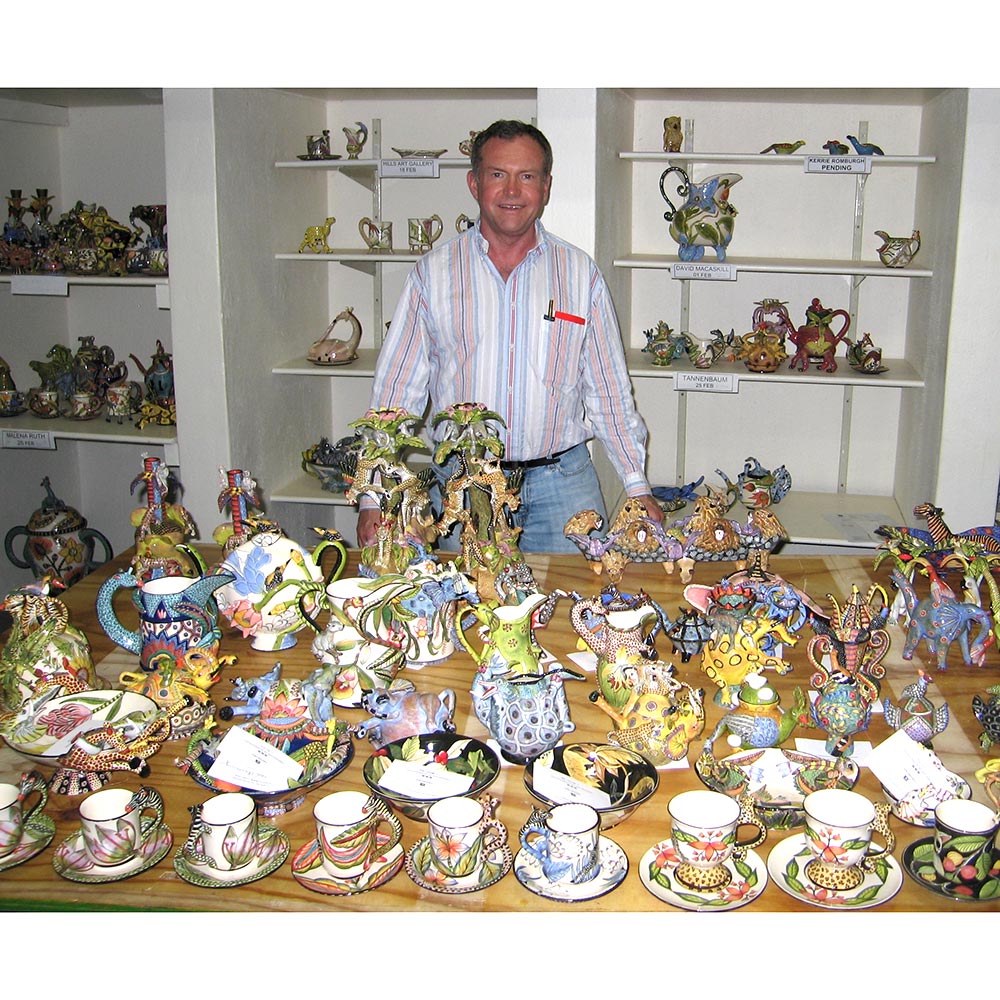
Ed Pascoe at the first buying trip
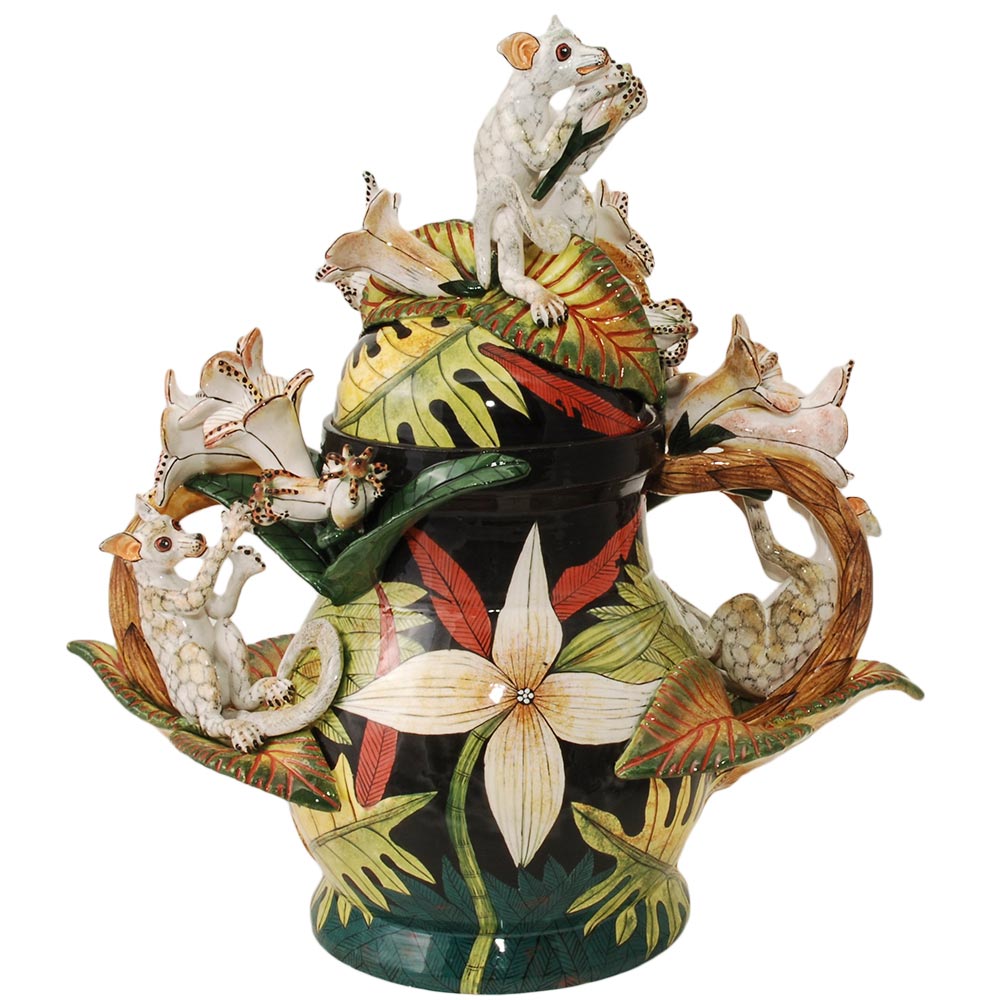
Ardmore Bushbaby Tureen by Sfiso & Wiseman
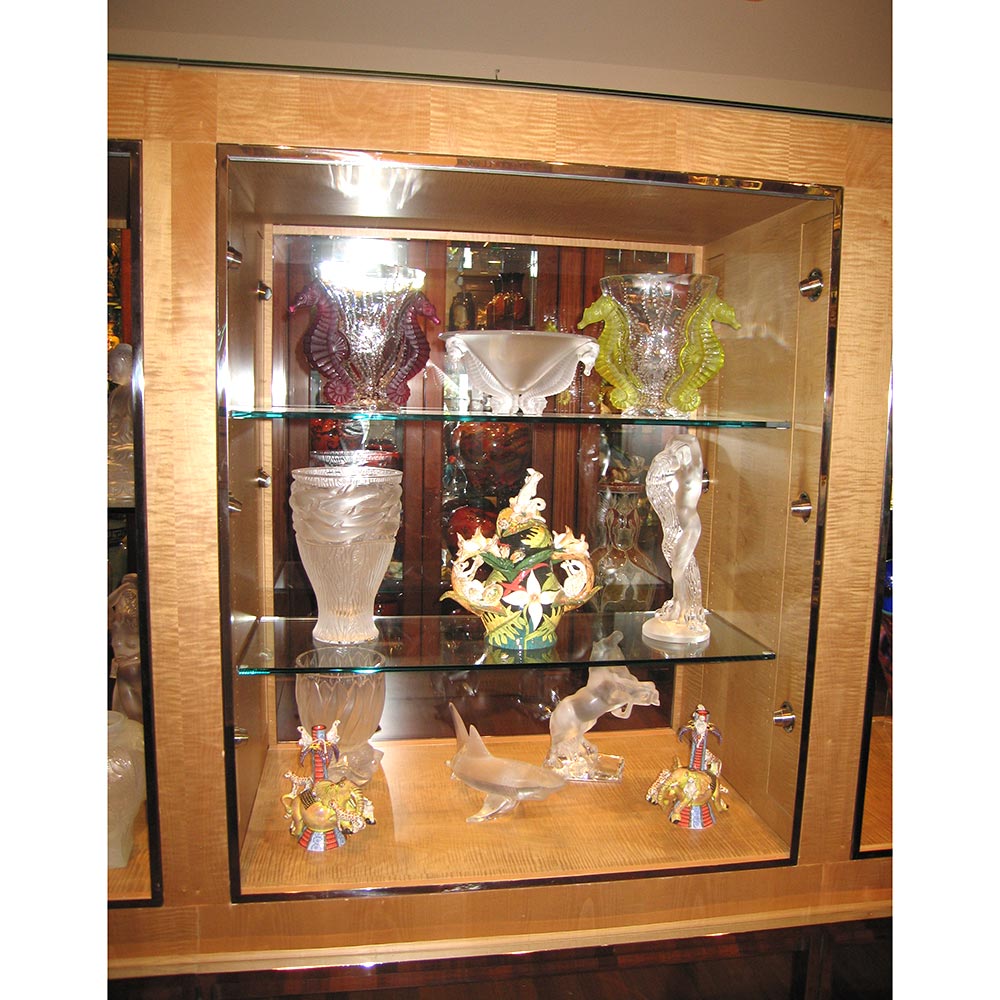
Ardmore at Arthur Wiener's Brooklyn home
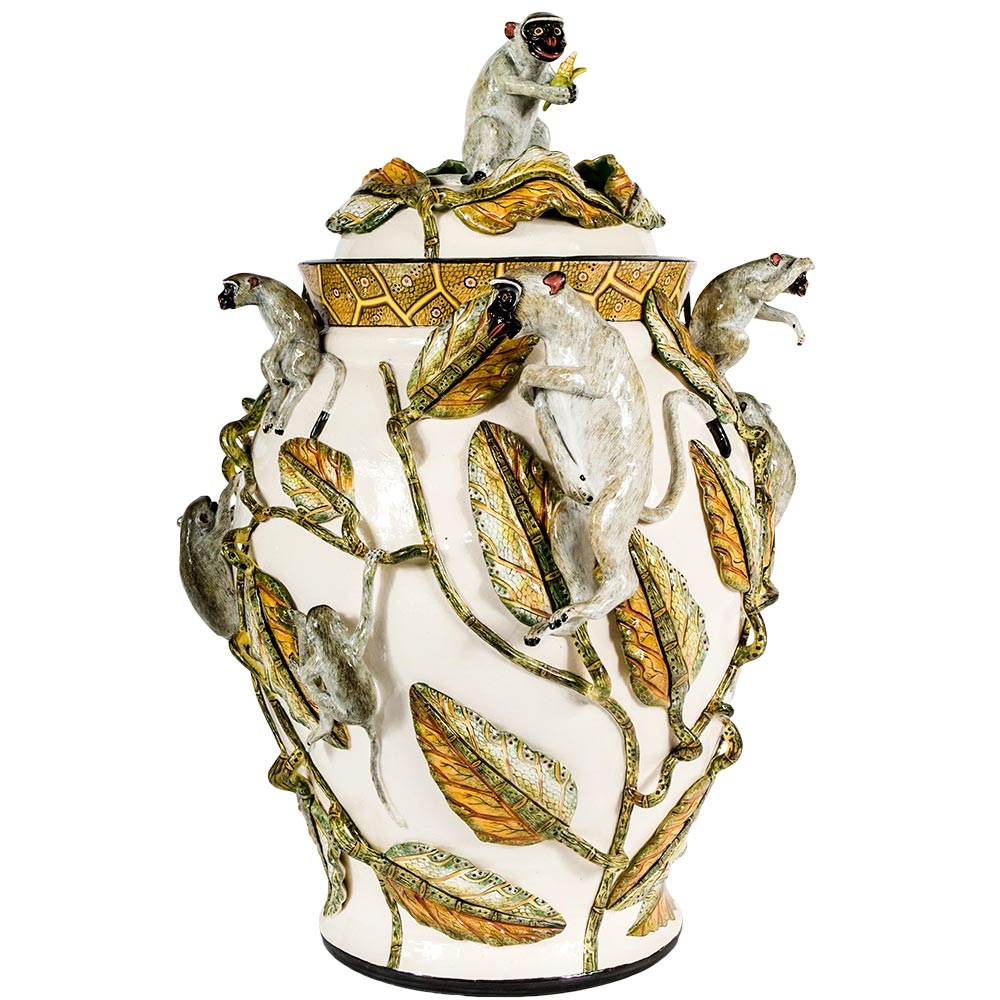
Ardmore Monkey & Leaf Vase by Lovemore & Mickey
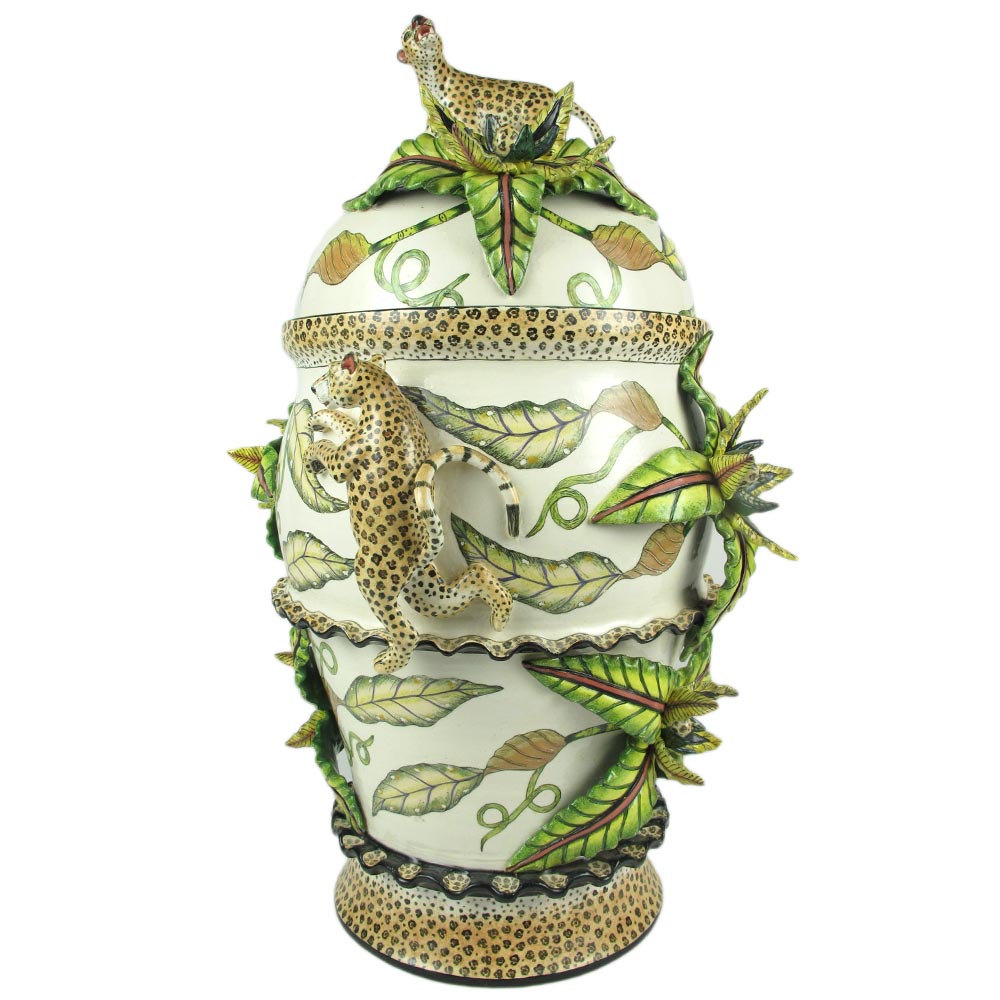
Ardmore Leopard & Leaves Vase by Sabelo & Mickey
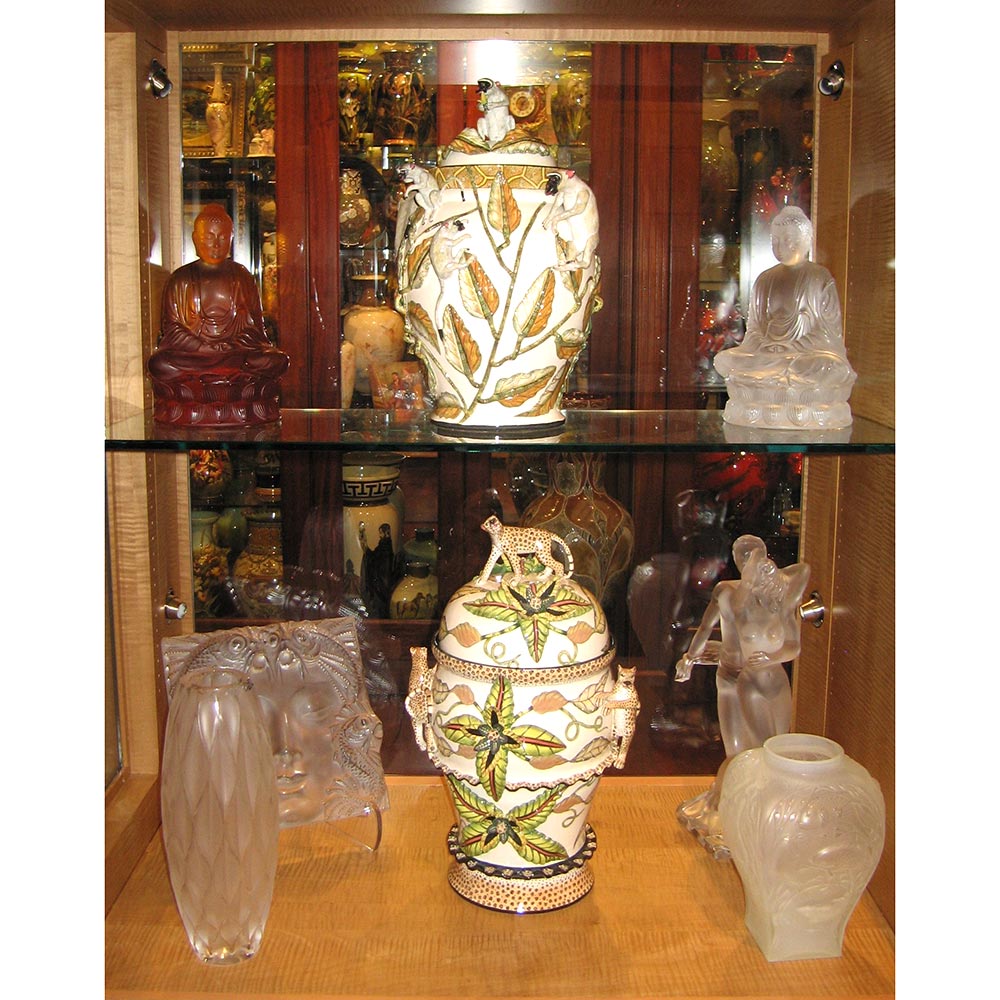
Ardmore at Arthur Wiener's Brooklyn home
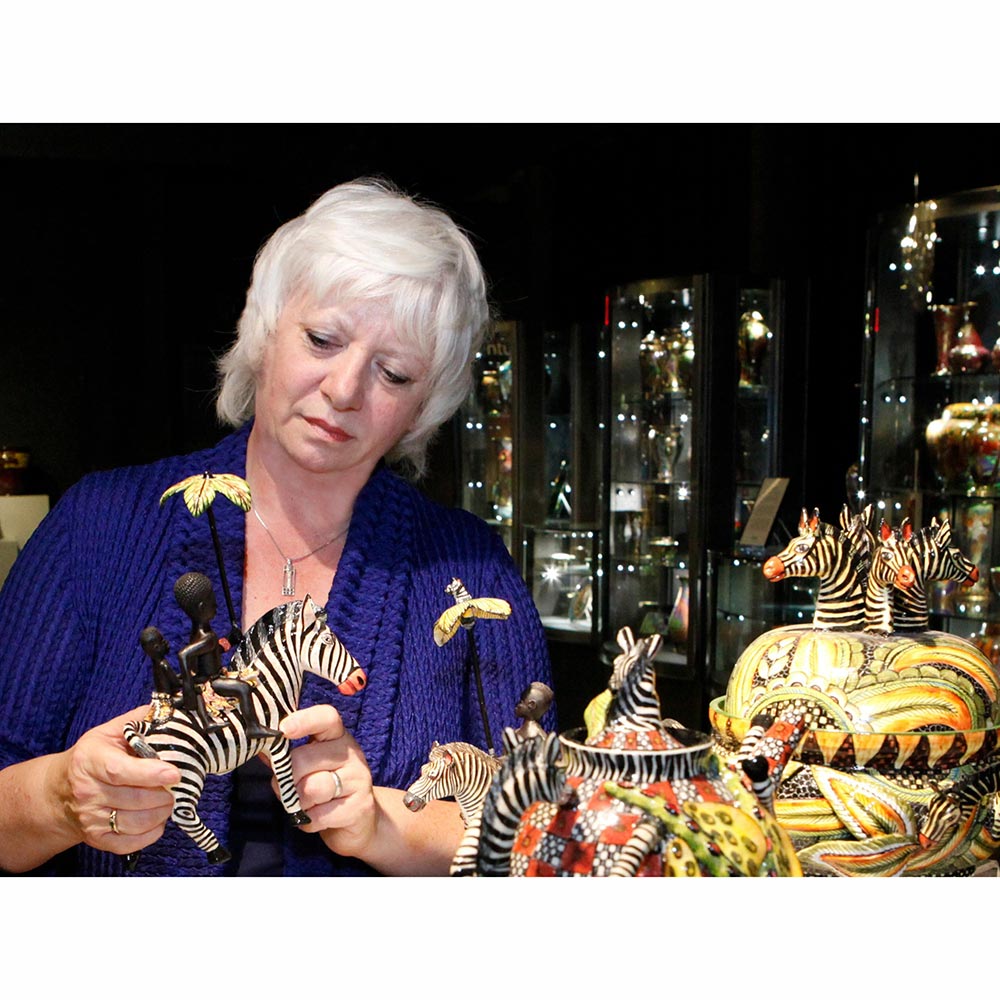
Louise with an Ardmore Zebra at WMODA
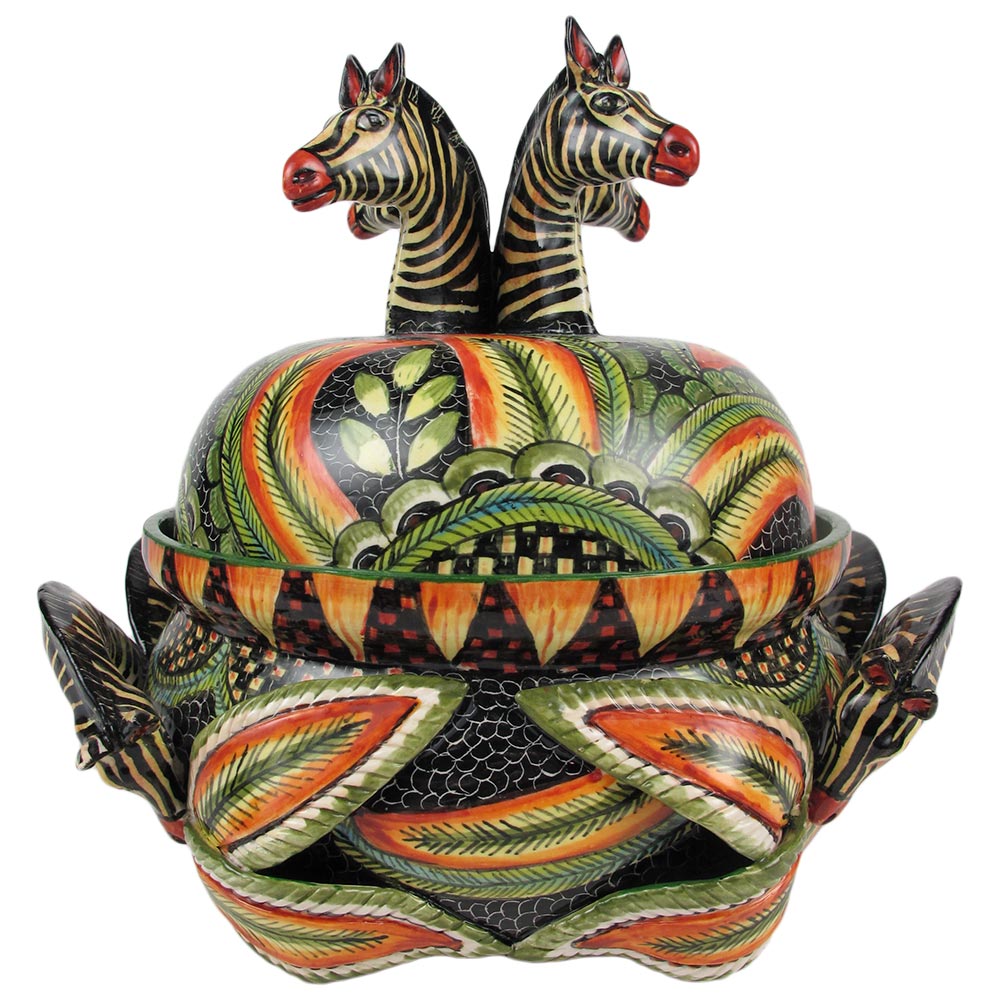
Ardmore Zebra Tureen by Sabelo & Punch
